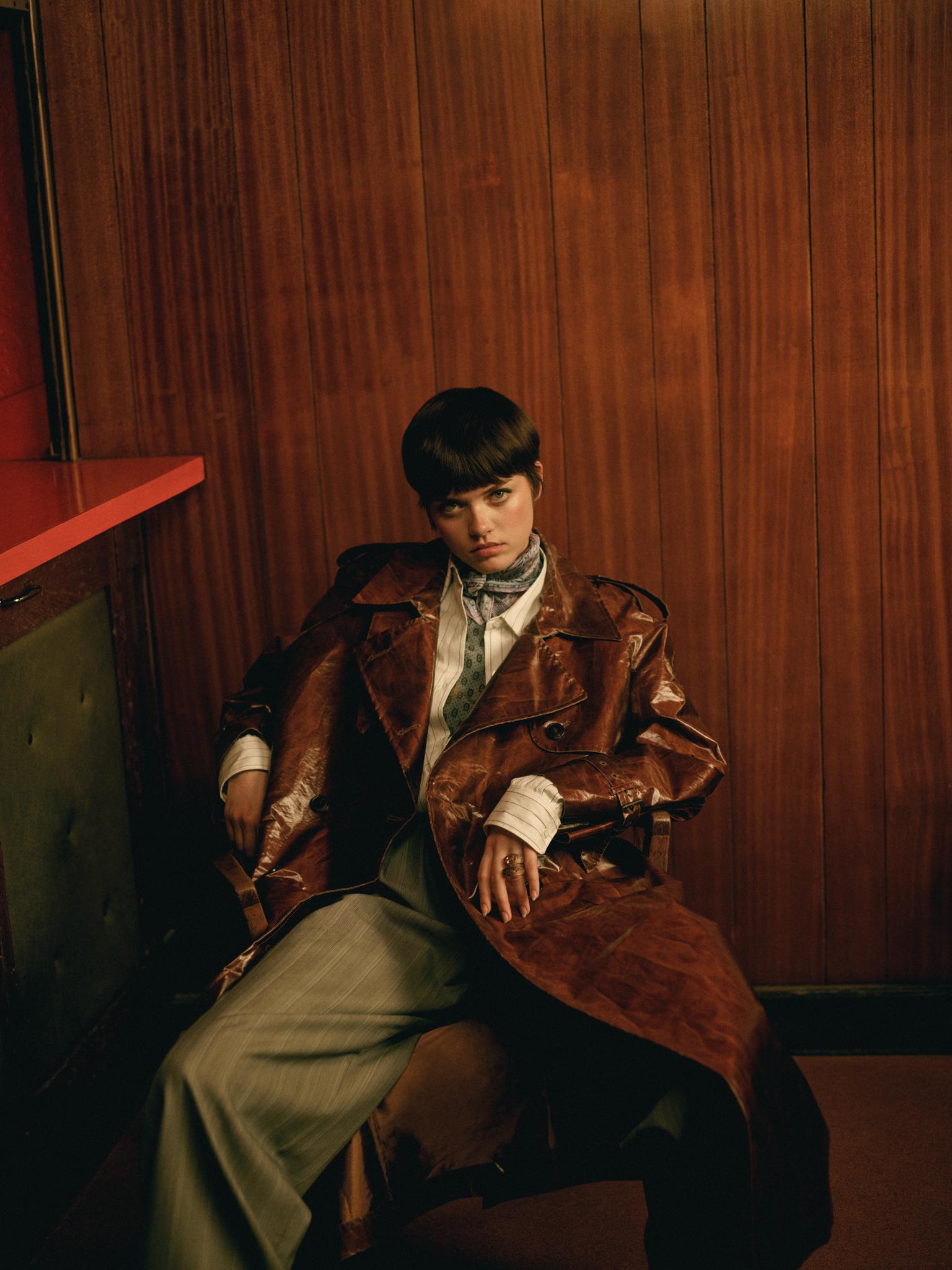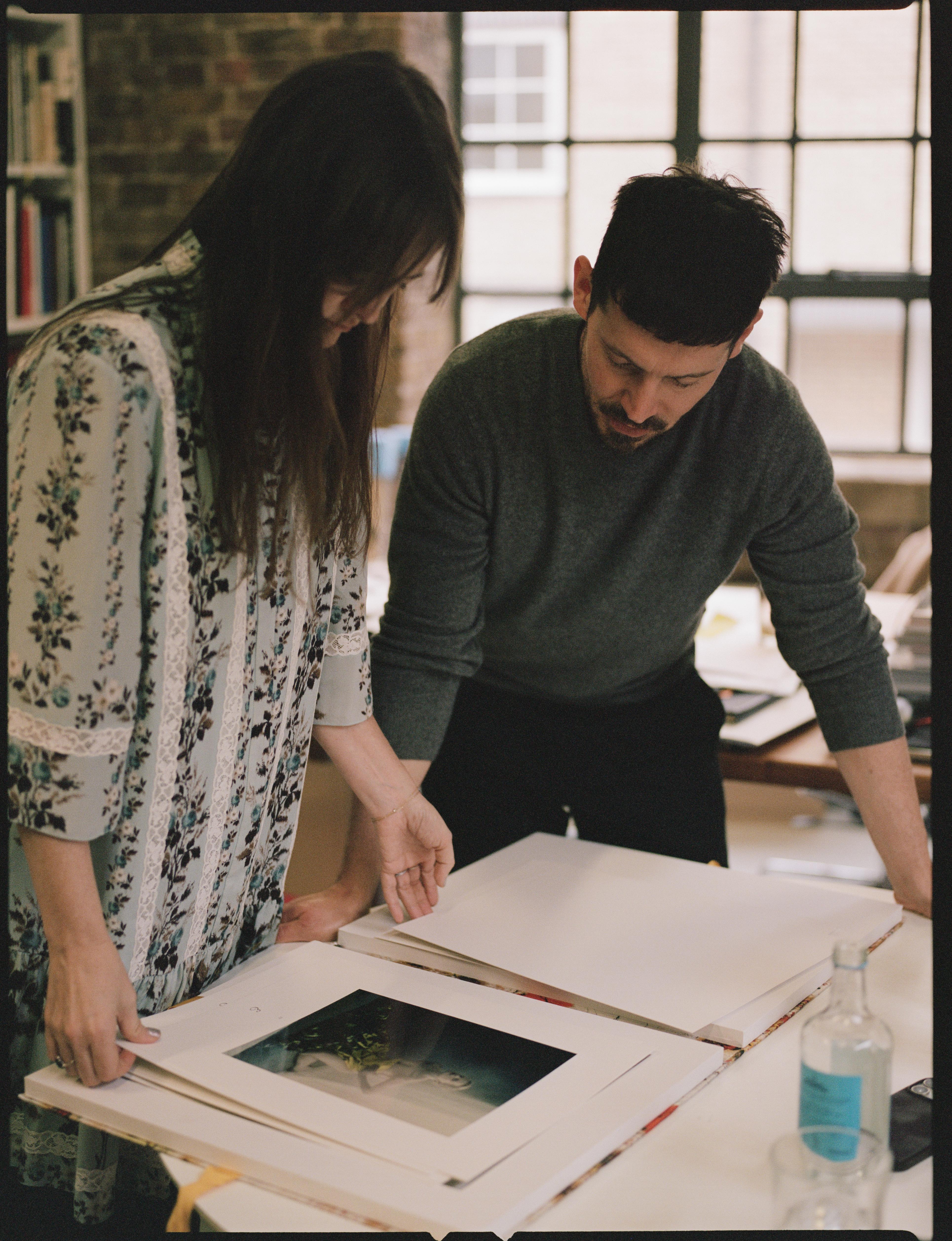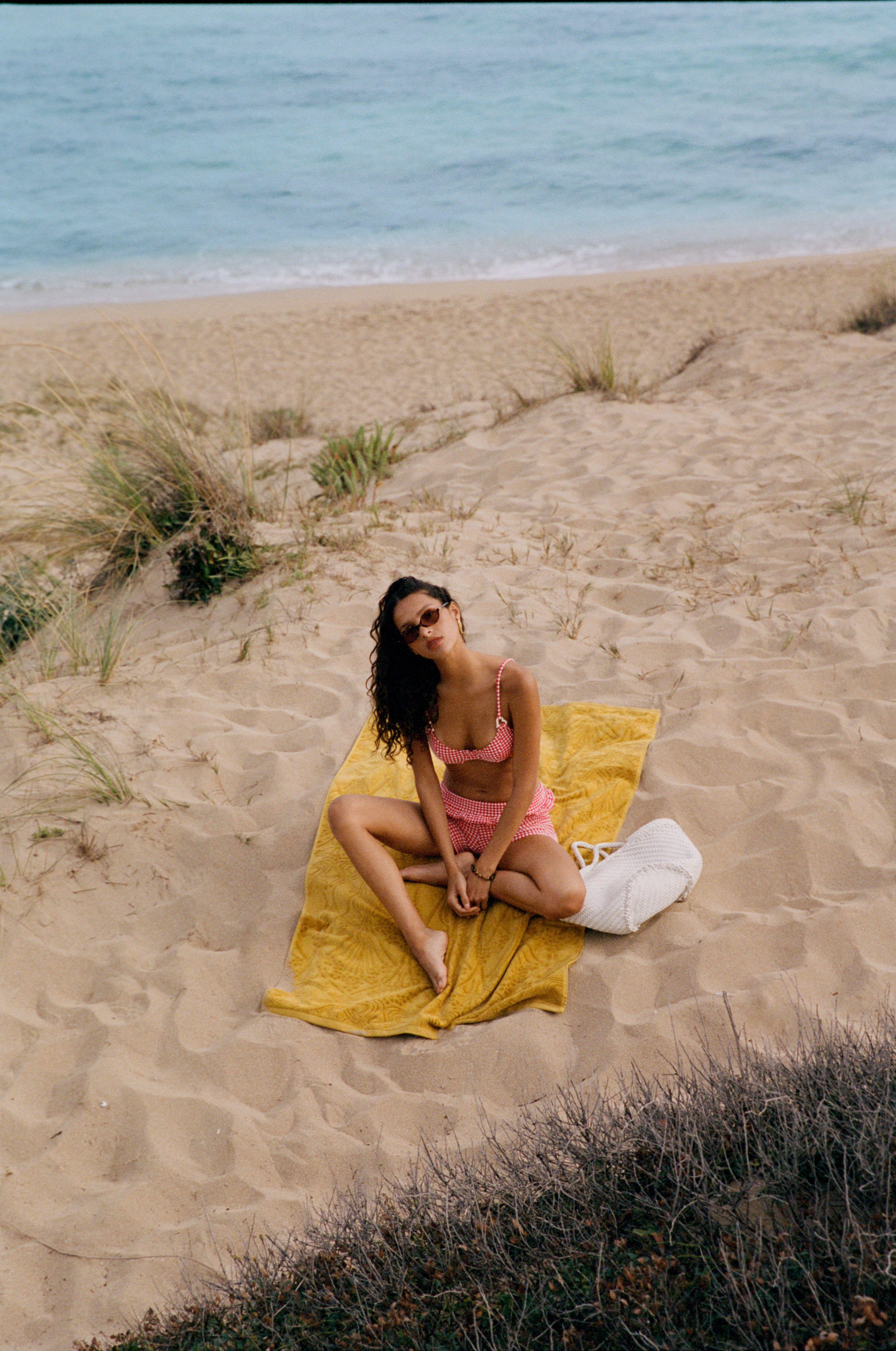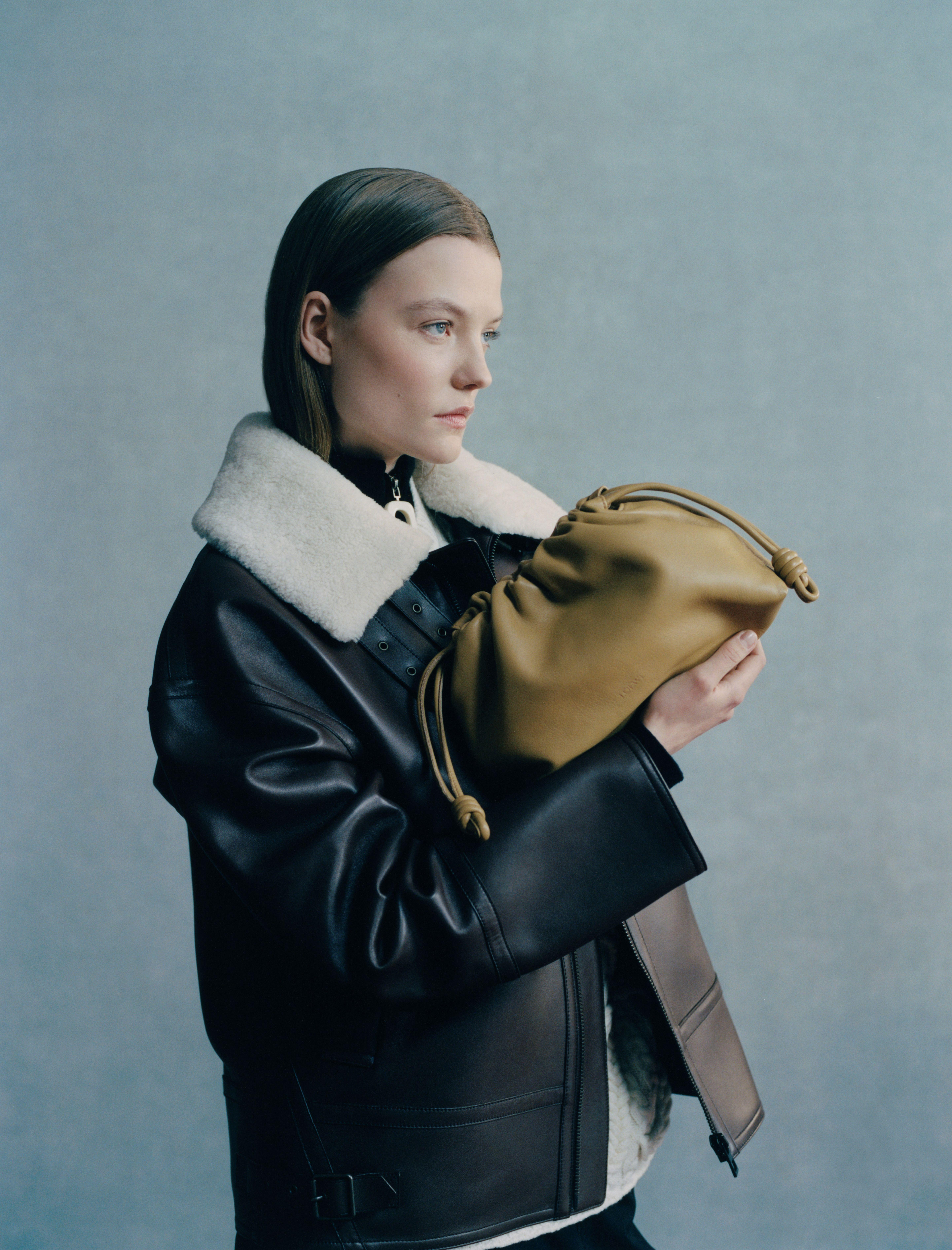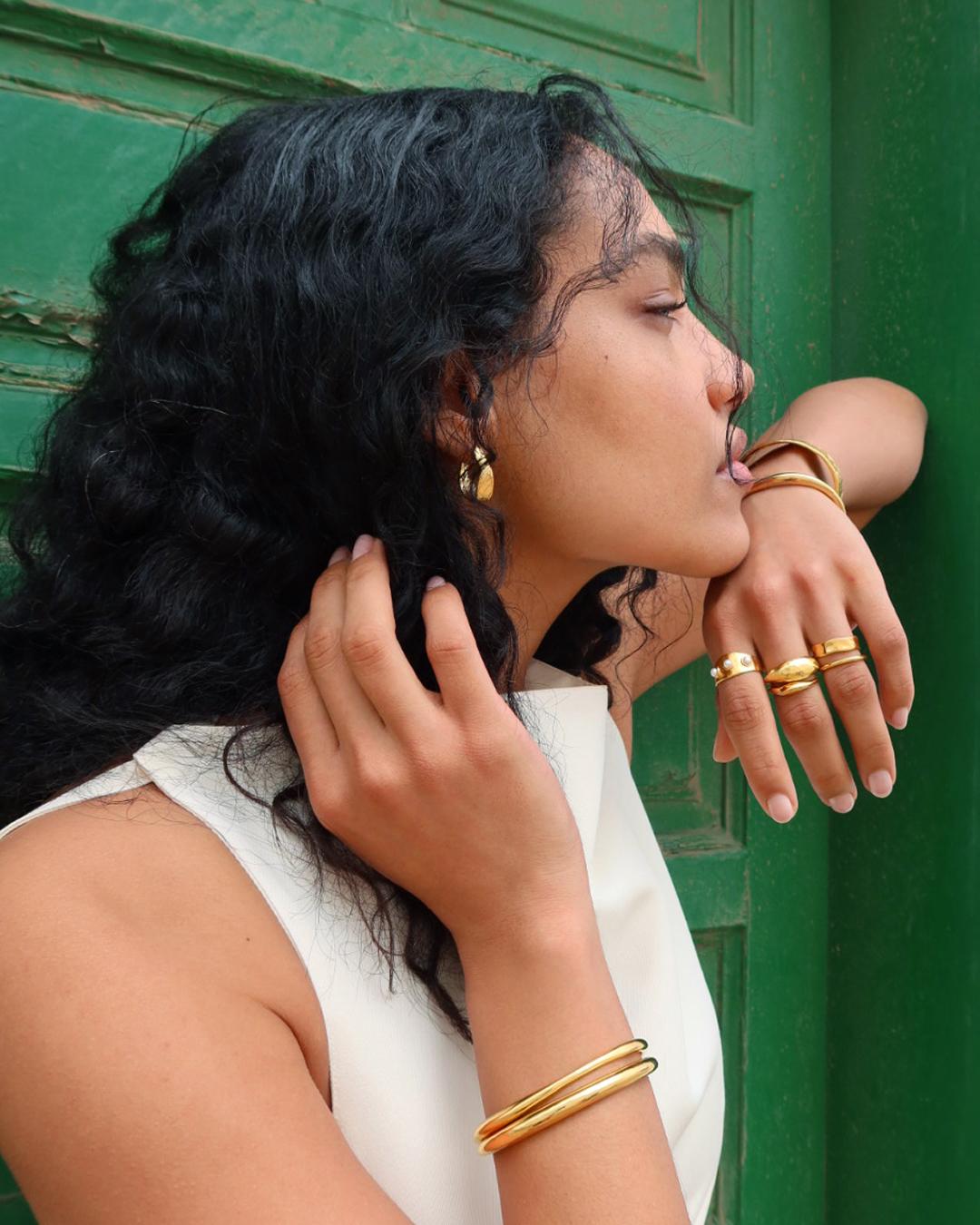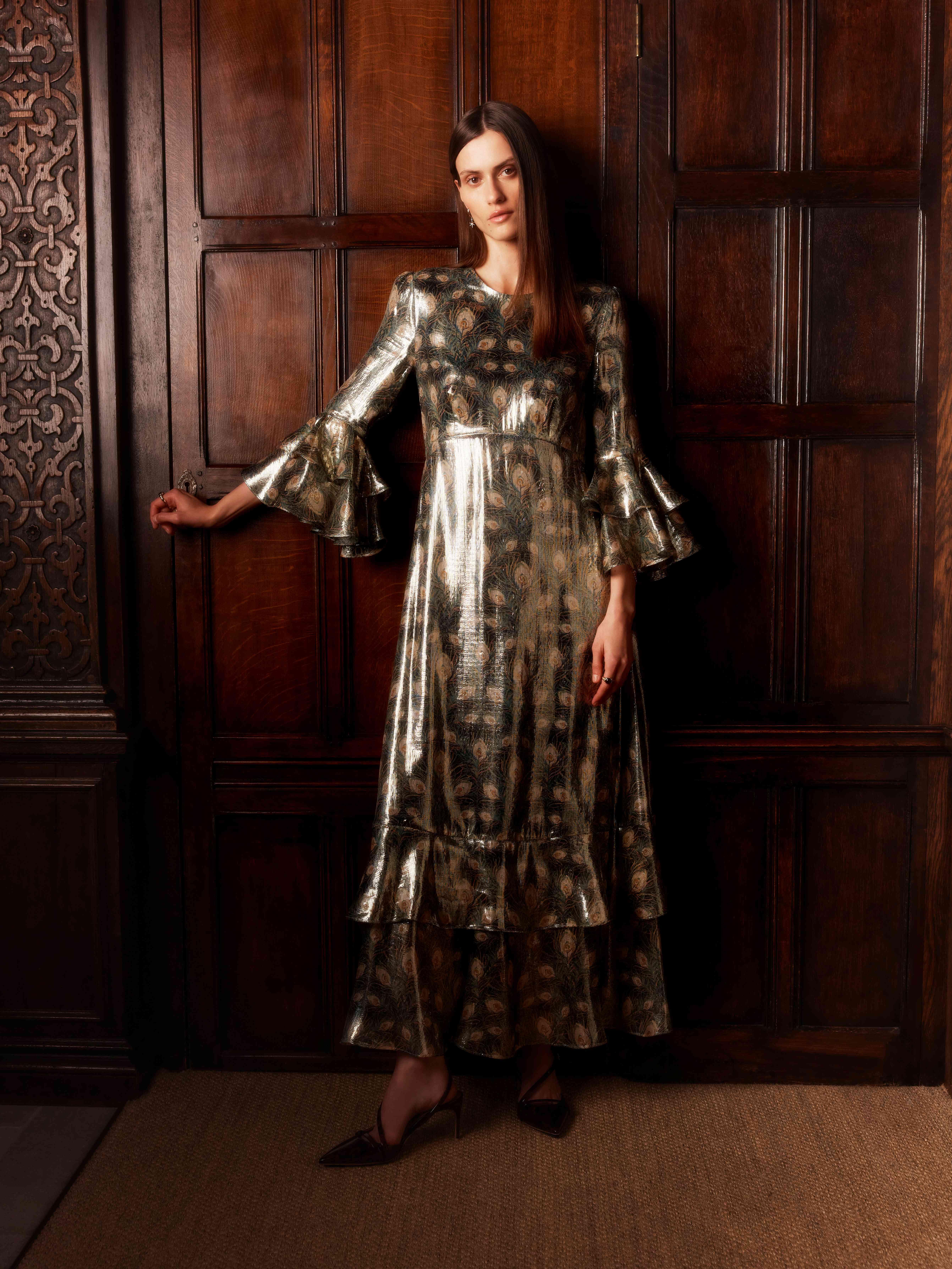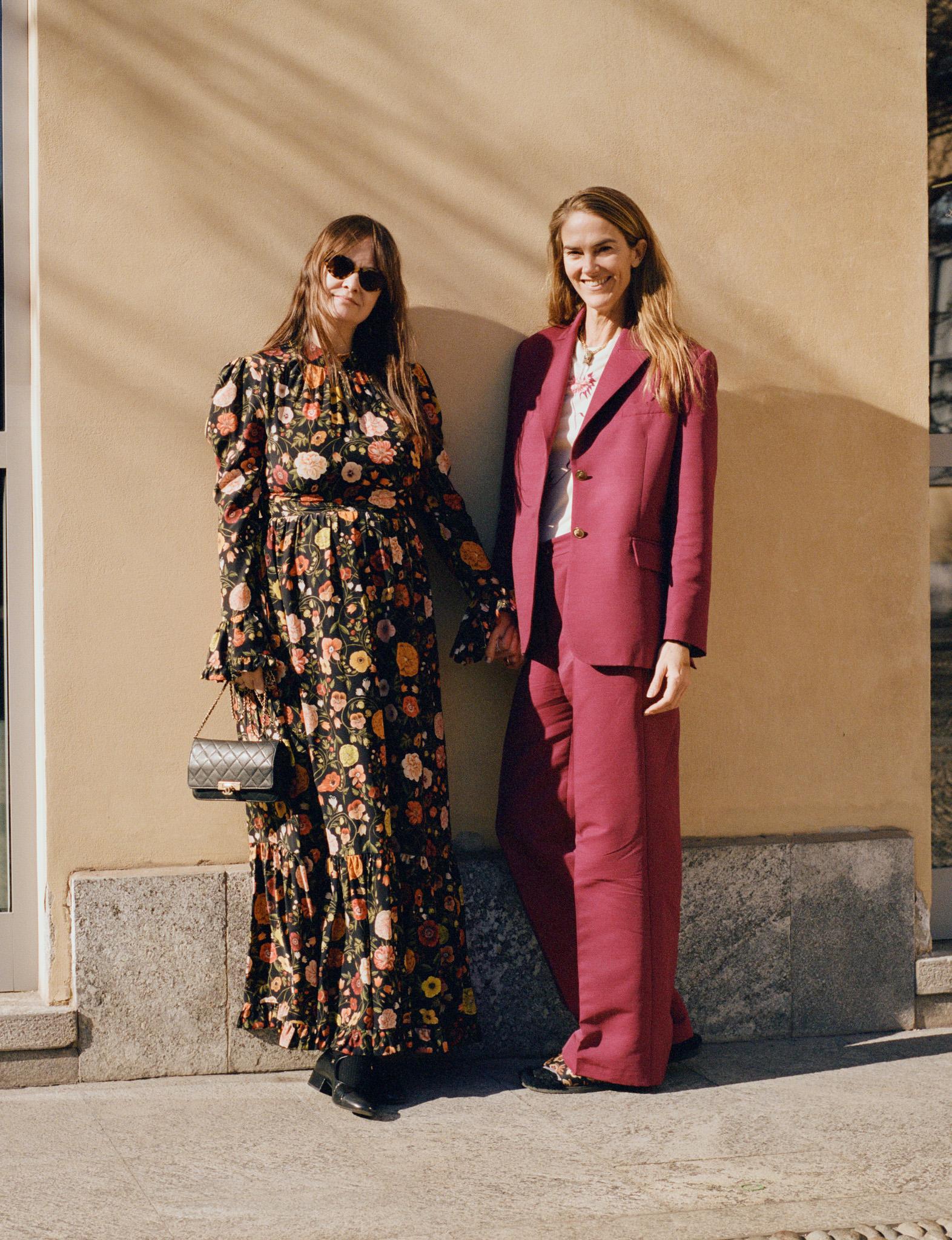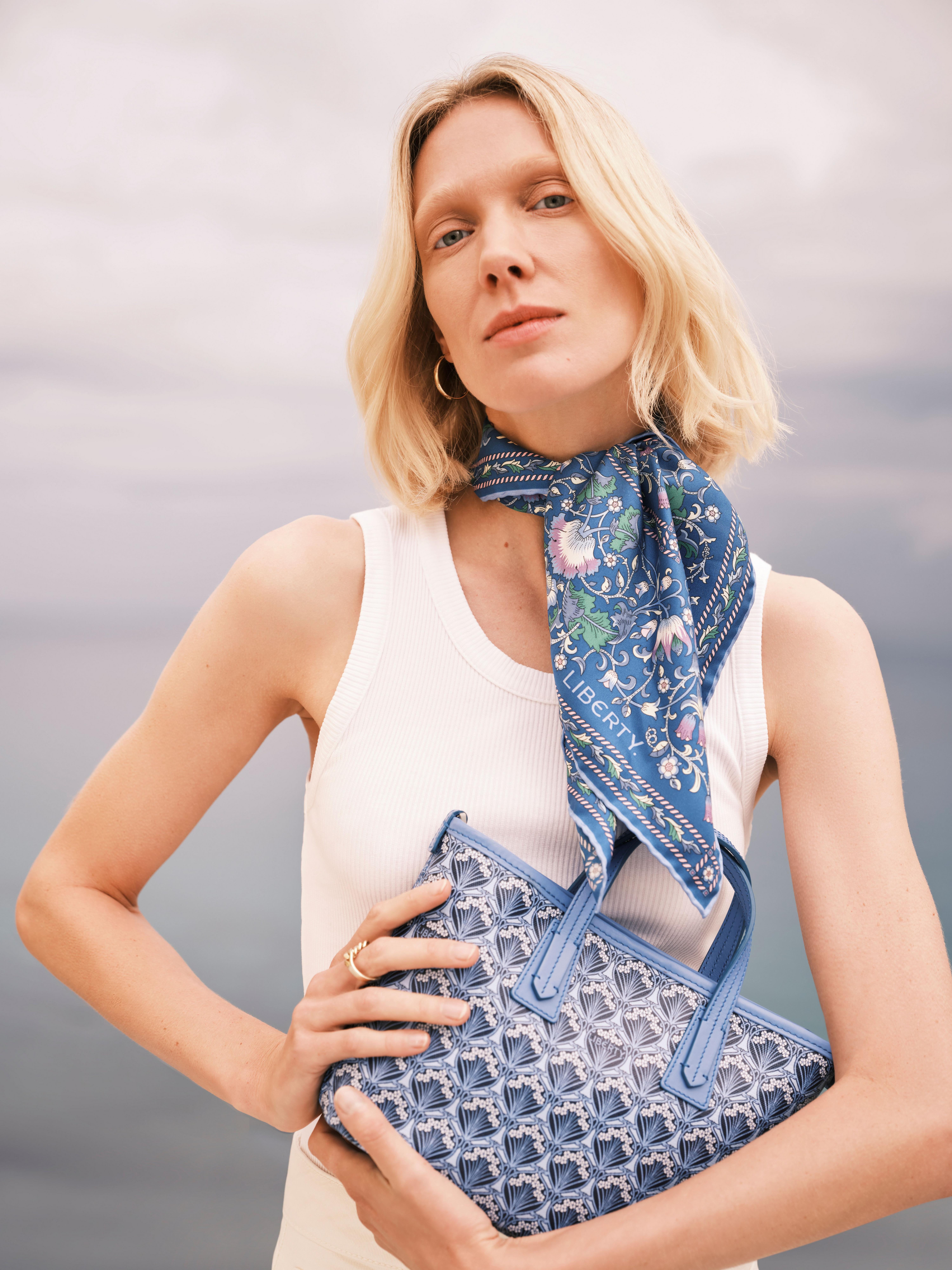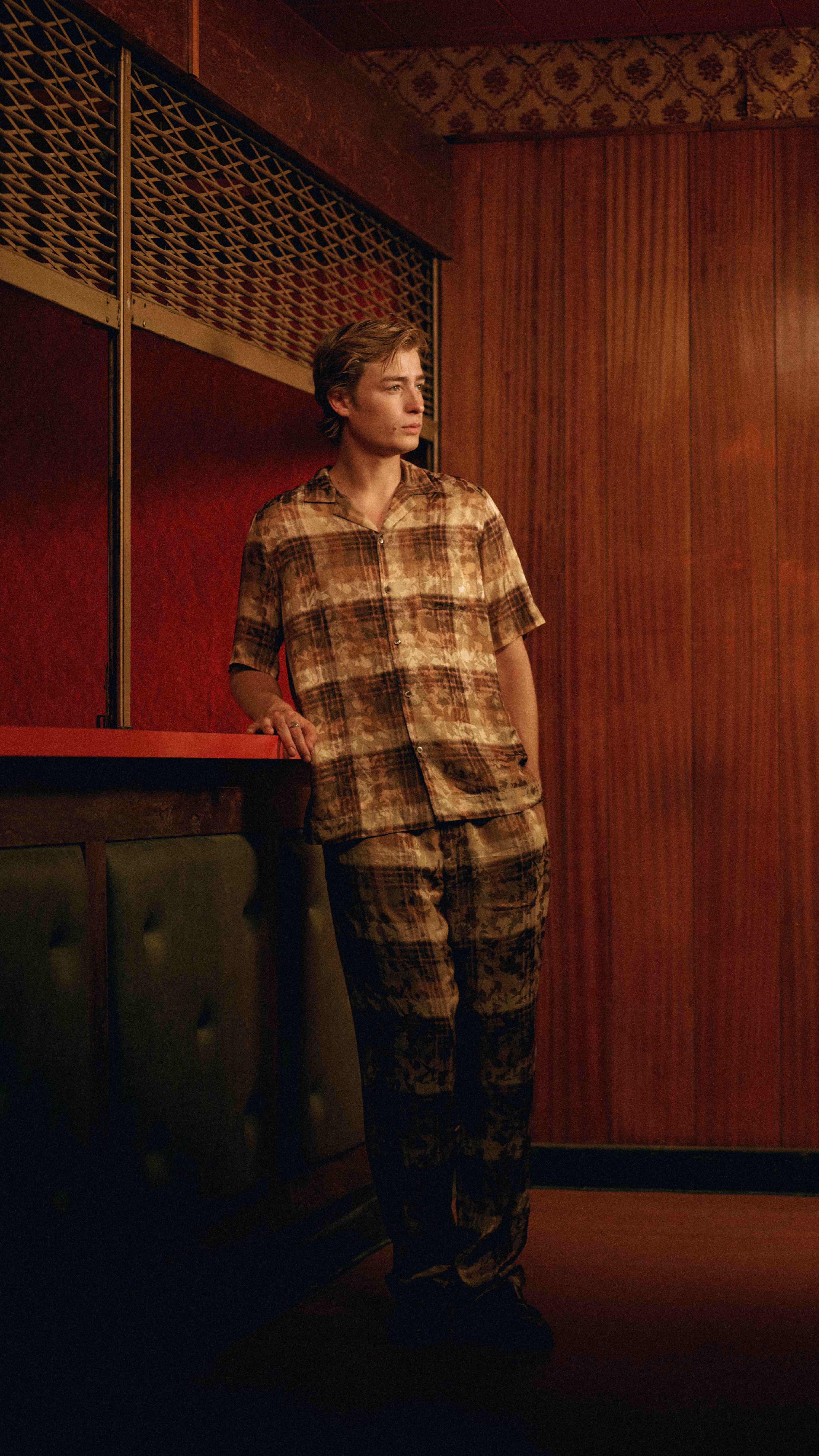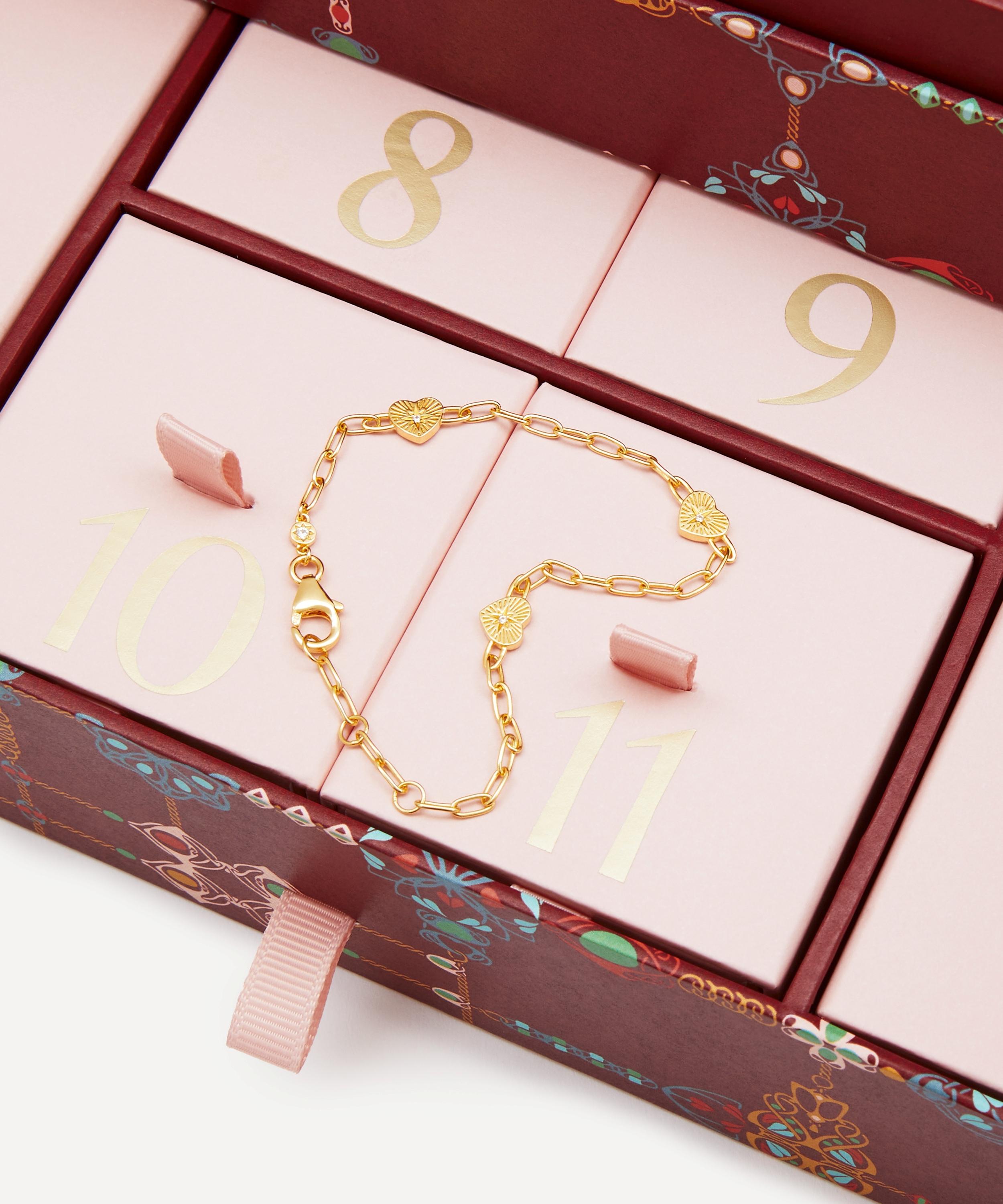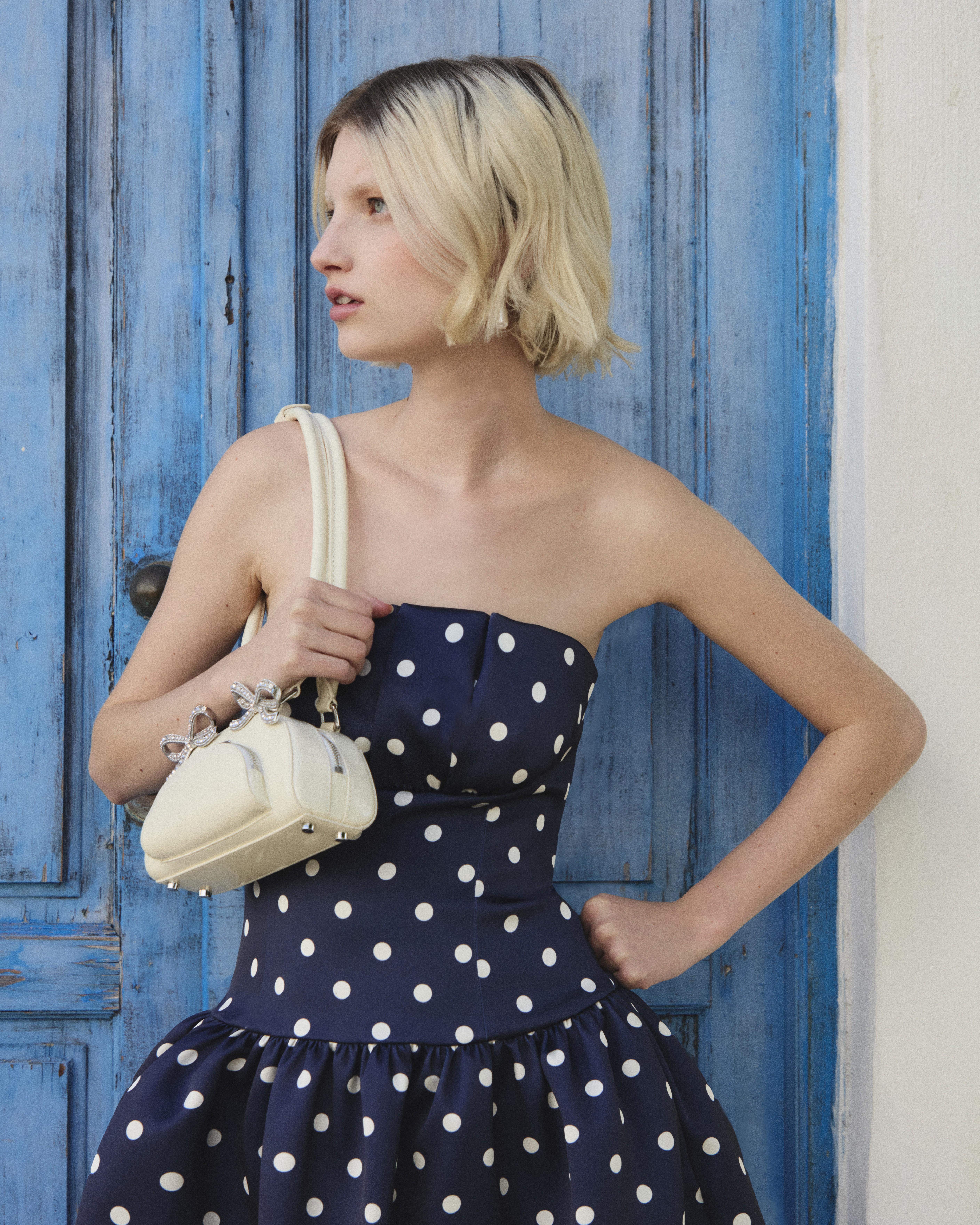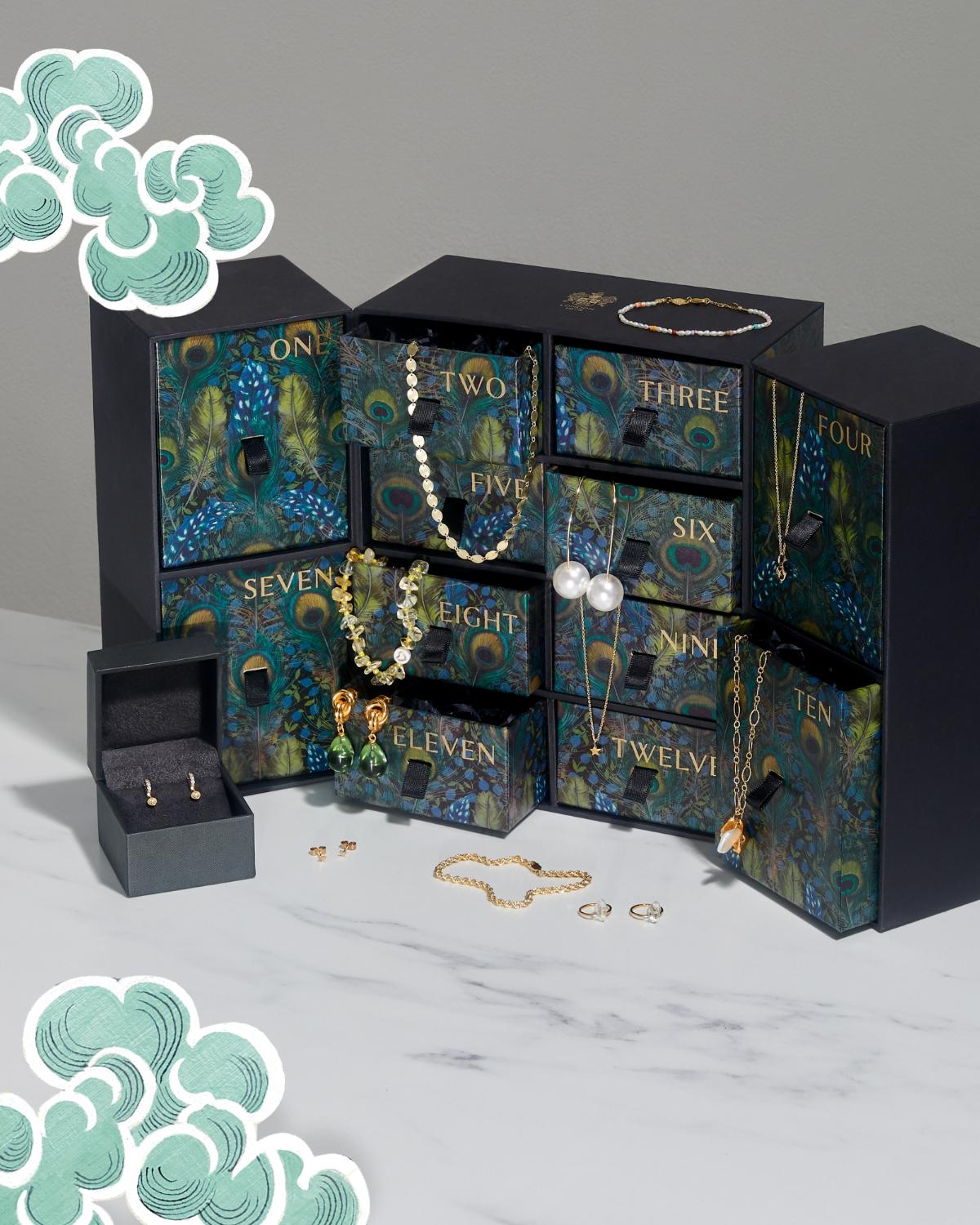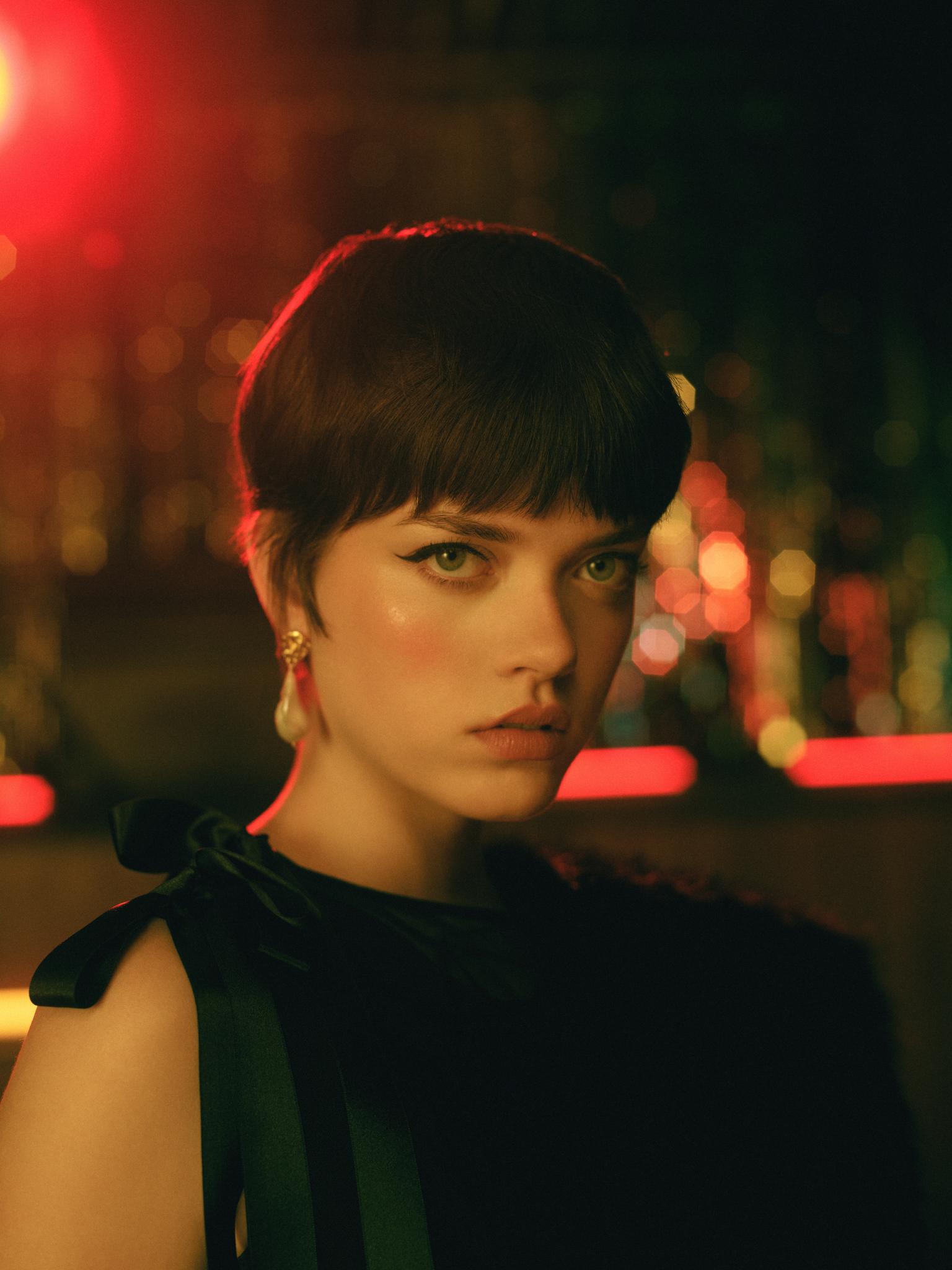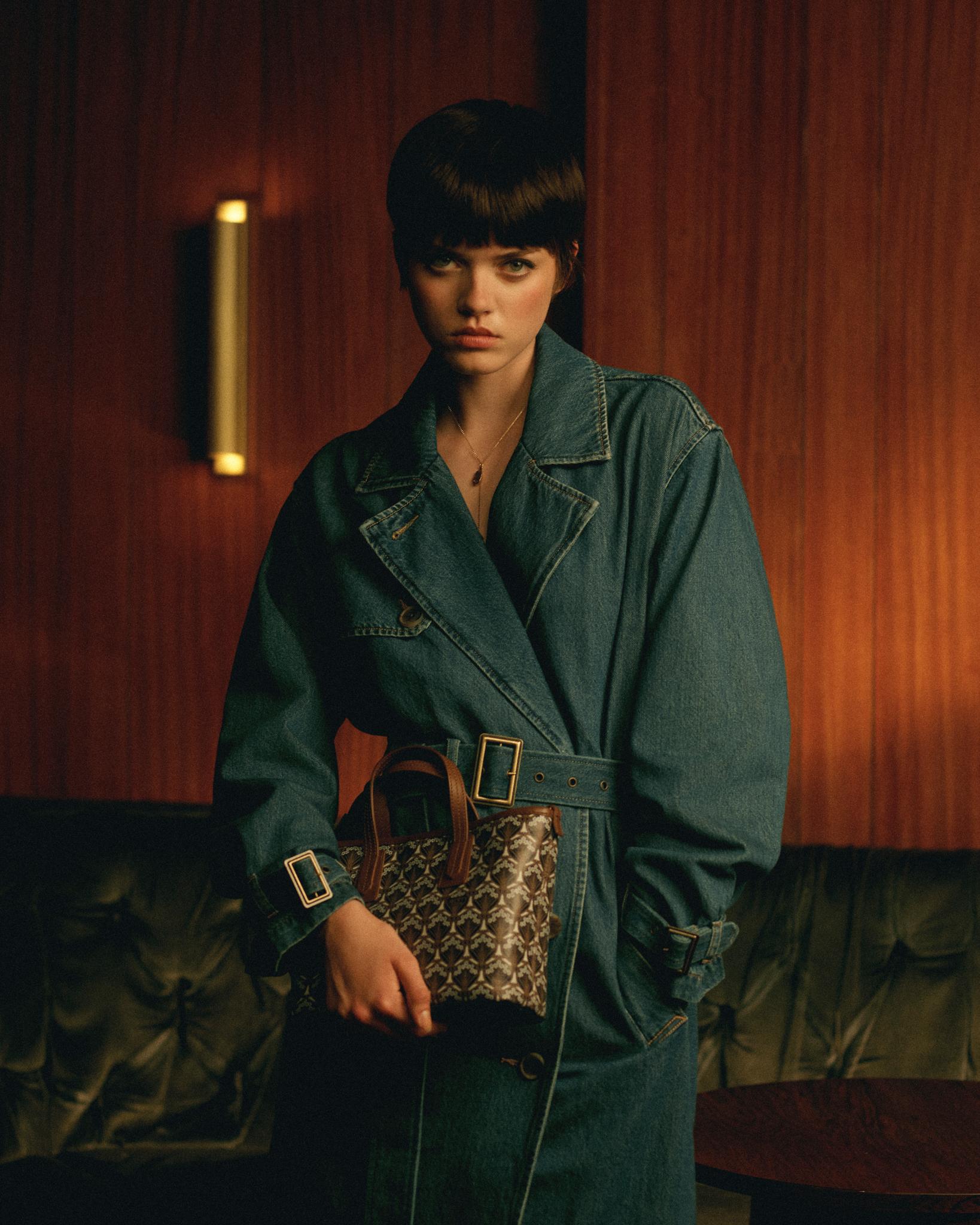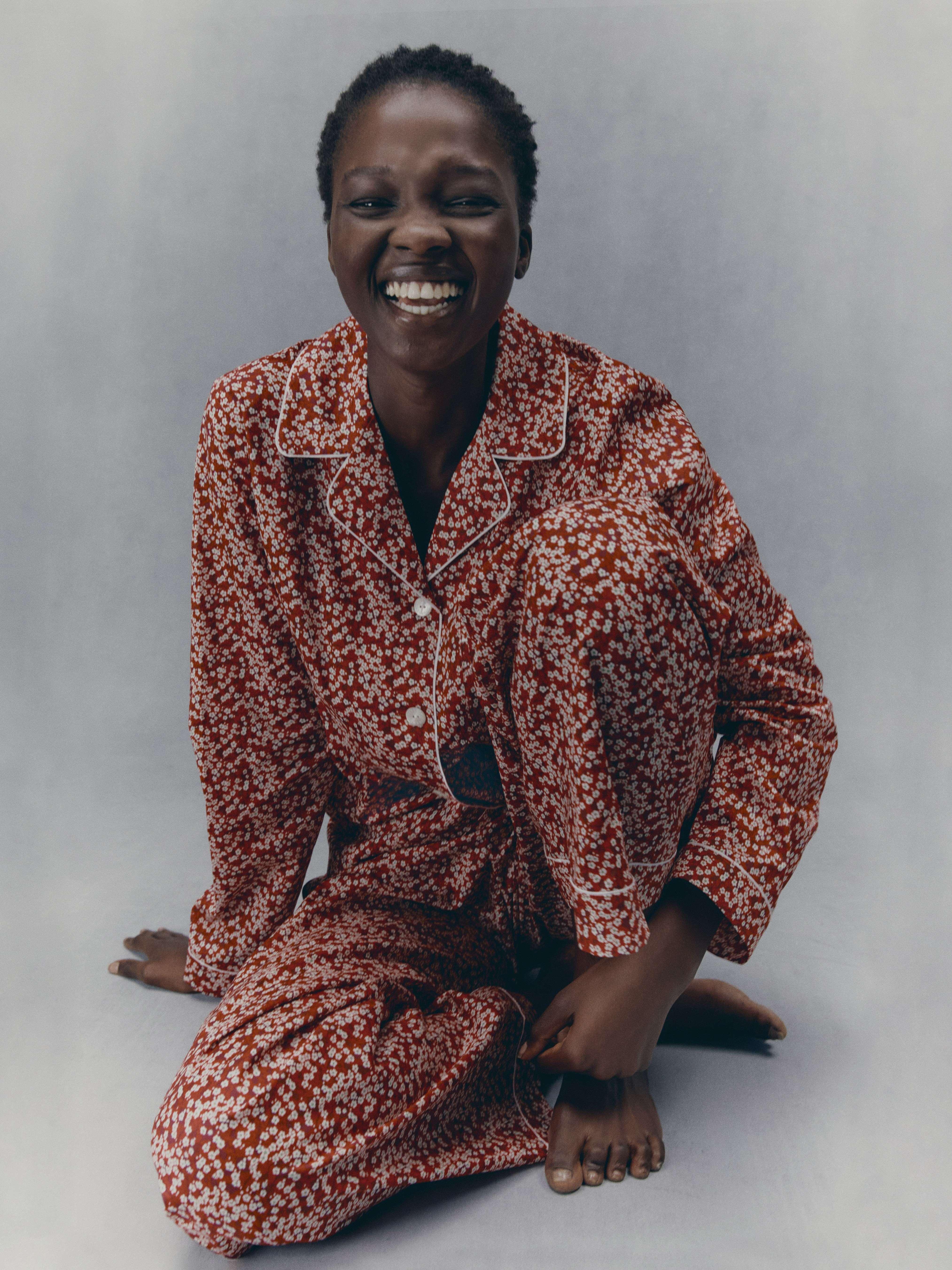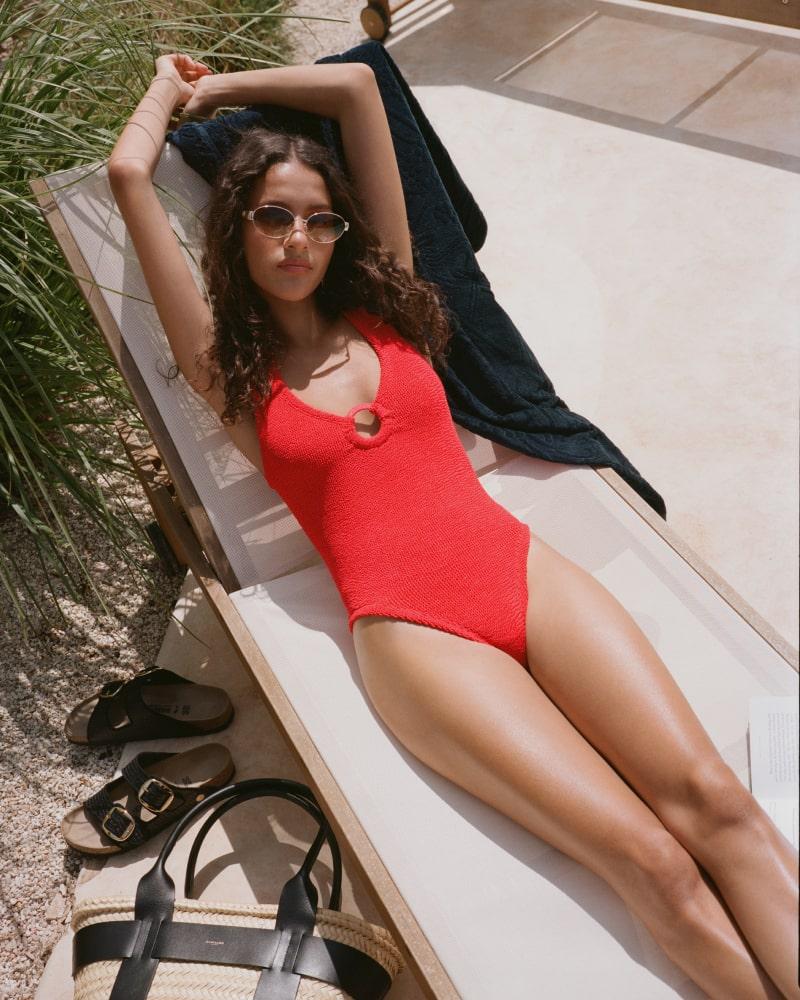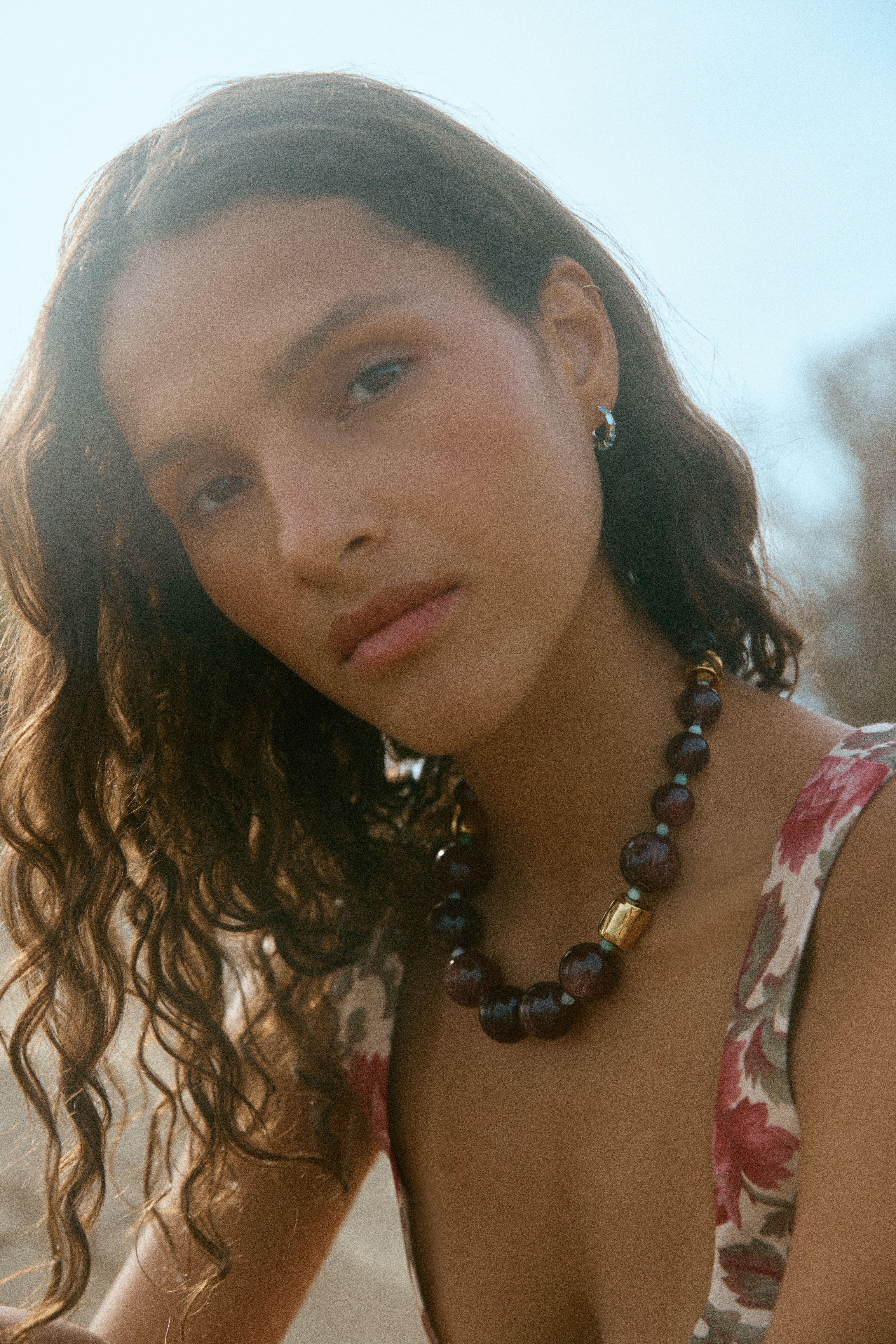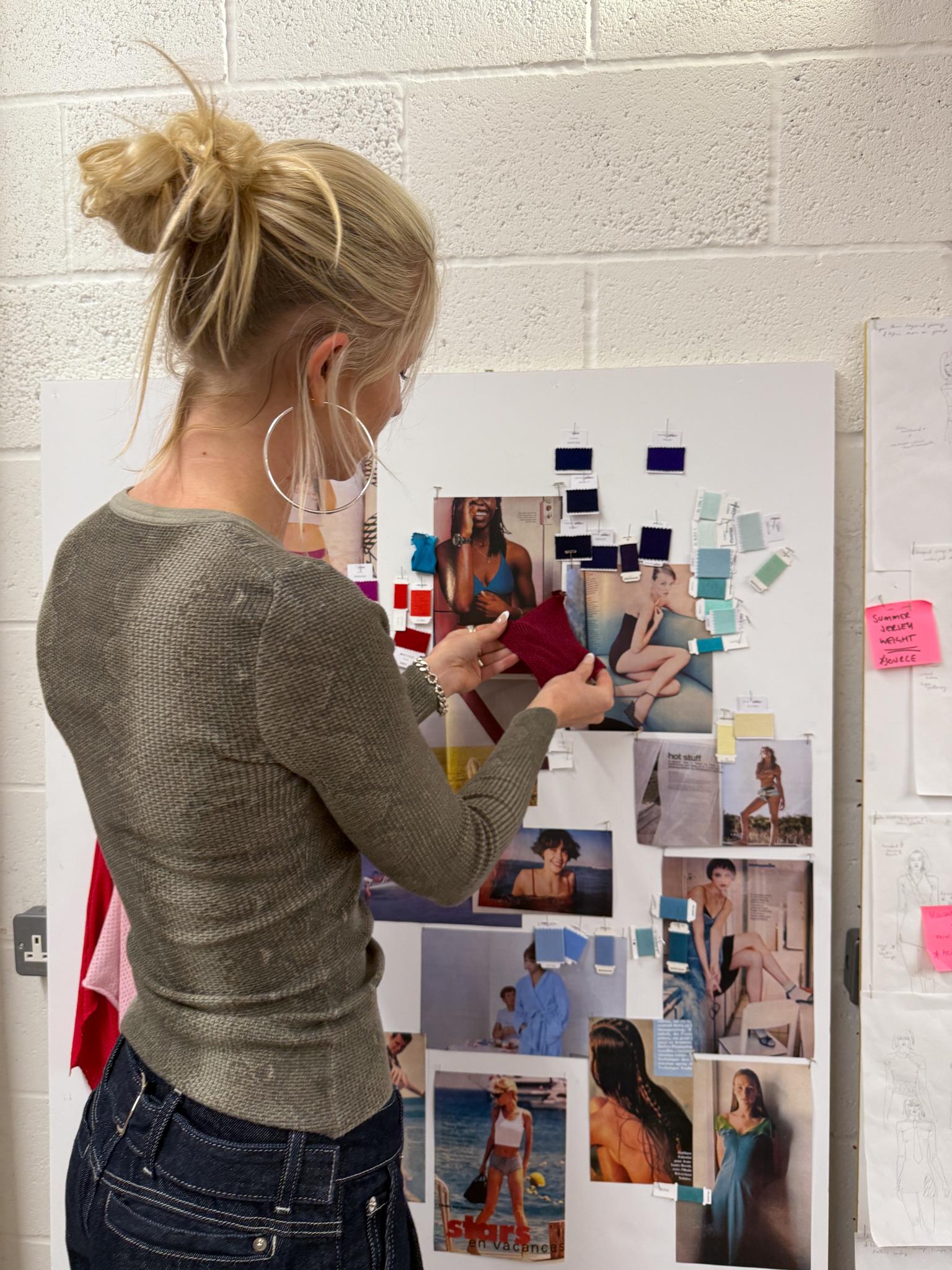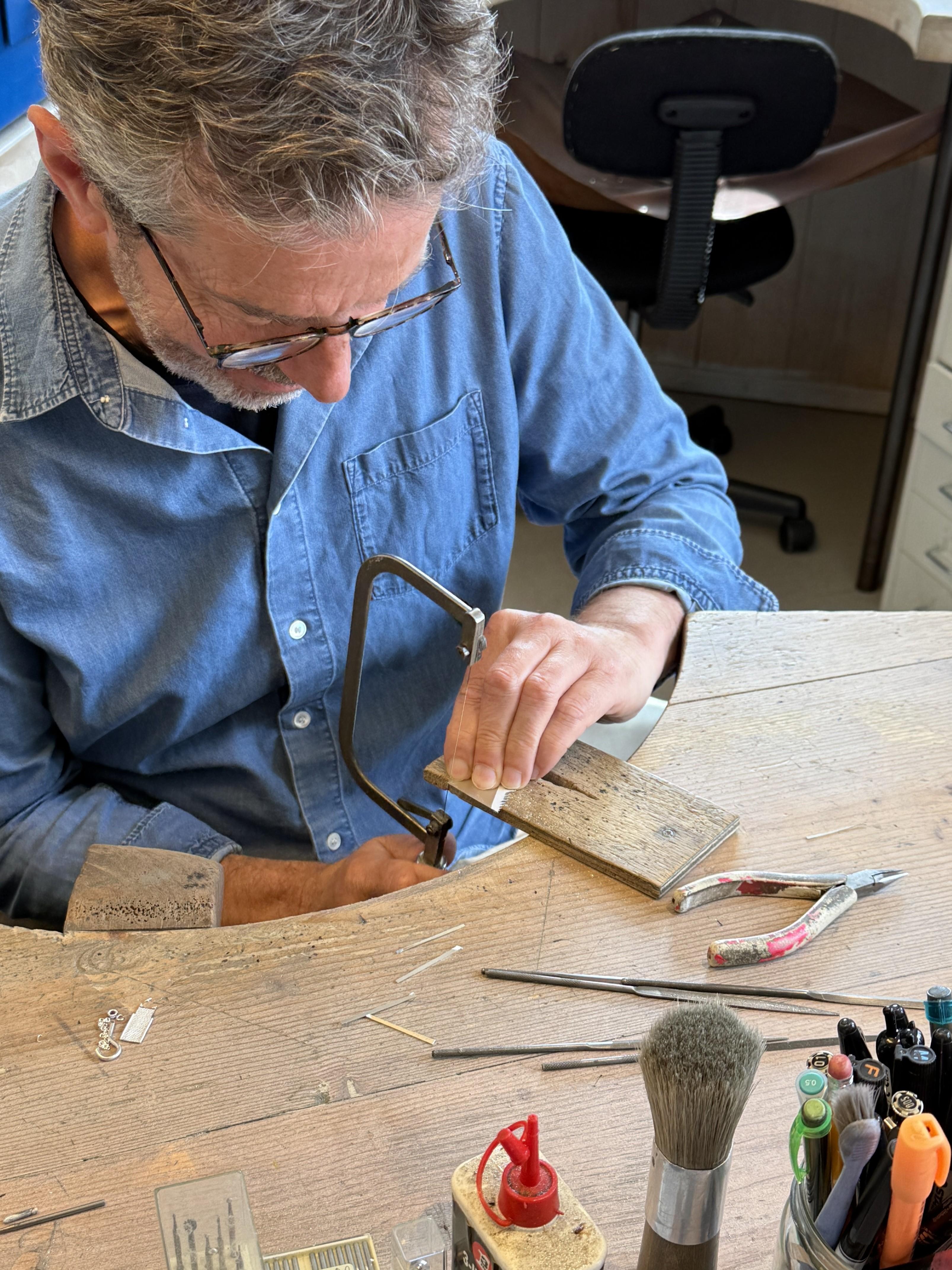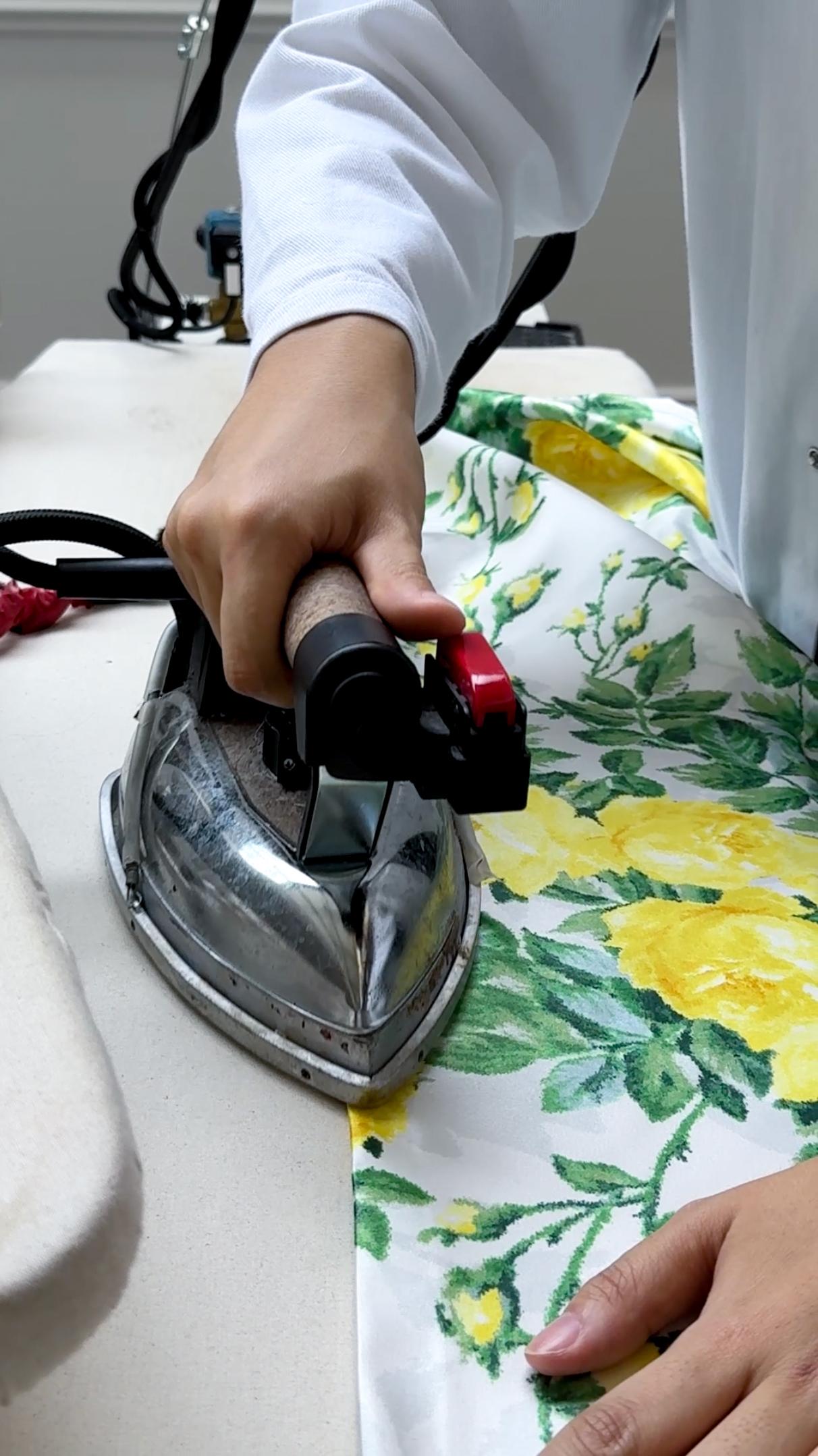
In the Studio with Richard Quinn
The feted London designer talks print, process and his Liberty homecoming
Read more

In the Studio with Richard Quinn
The feted London designer talks print, process and his Liberty homecoming
When the late Queen Elizabeth II sat front row of Richard Quinn’s runway collection in 2018: the south London designer’s rise to fashion stardom was assured. Already gaining a buzz for his exaggerative, exquisite prints, vibrant colours and vintage-tinged silhouettes, the moment certified what fashion insiders already knew: Richard Quinn’s creations are something truly special.
Today, Quinn’s designs have become synonymous with an expressive, maximalist and contemporary feminine aesthetic. When Liberty visits the atelier (hidden on an unassuming street in Bermondsey), portraits of his star-studded clientele line the walls: from Celine Dion to Zendaya, by way of Cardi B and Sarah Jessica Parker: it’s clear that Quinn’s designs are made for the bold.
Within the atelier itself, there’s a sense of quiet concentration. Seamstresses in crisp white coats work on whirring sewing machines, while mannequins are artfully draped in calico toiles hinting at designs to come. At the front of the building, supersized printing machines unspool hypnotic florals on a dizzying scale while, behind a heavy door emblazoned with “STRICTLY NO PHOTOS”, Quinn and his team put the finishing touches to the upcoming SS26 collection.
With a fascination for print, vintage and craftsmanship forming the foundation for his designs, Quinn has a longstanding synergy with Liberty. His first ever collection was showcased in our Tudor flagship, and he describes his recent return to Liberty as a “homecoming”. Here, he discusses his 360-degree practice, vintage inspirations and spotting his maximalist designs on the tube.
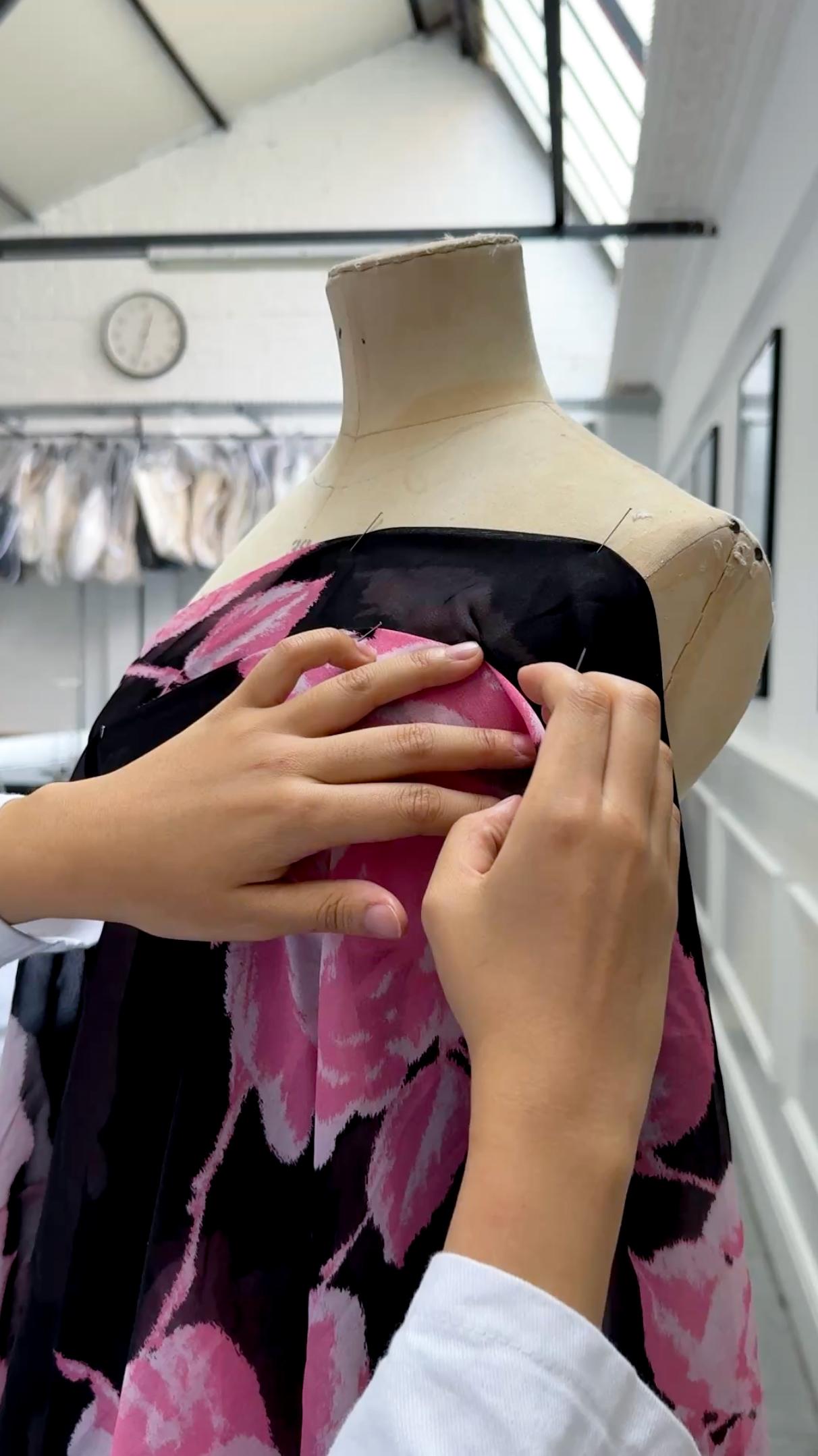
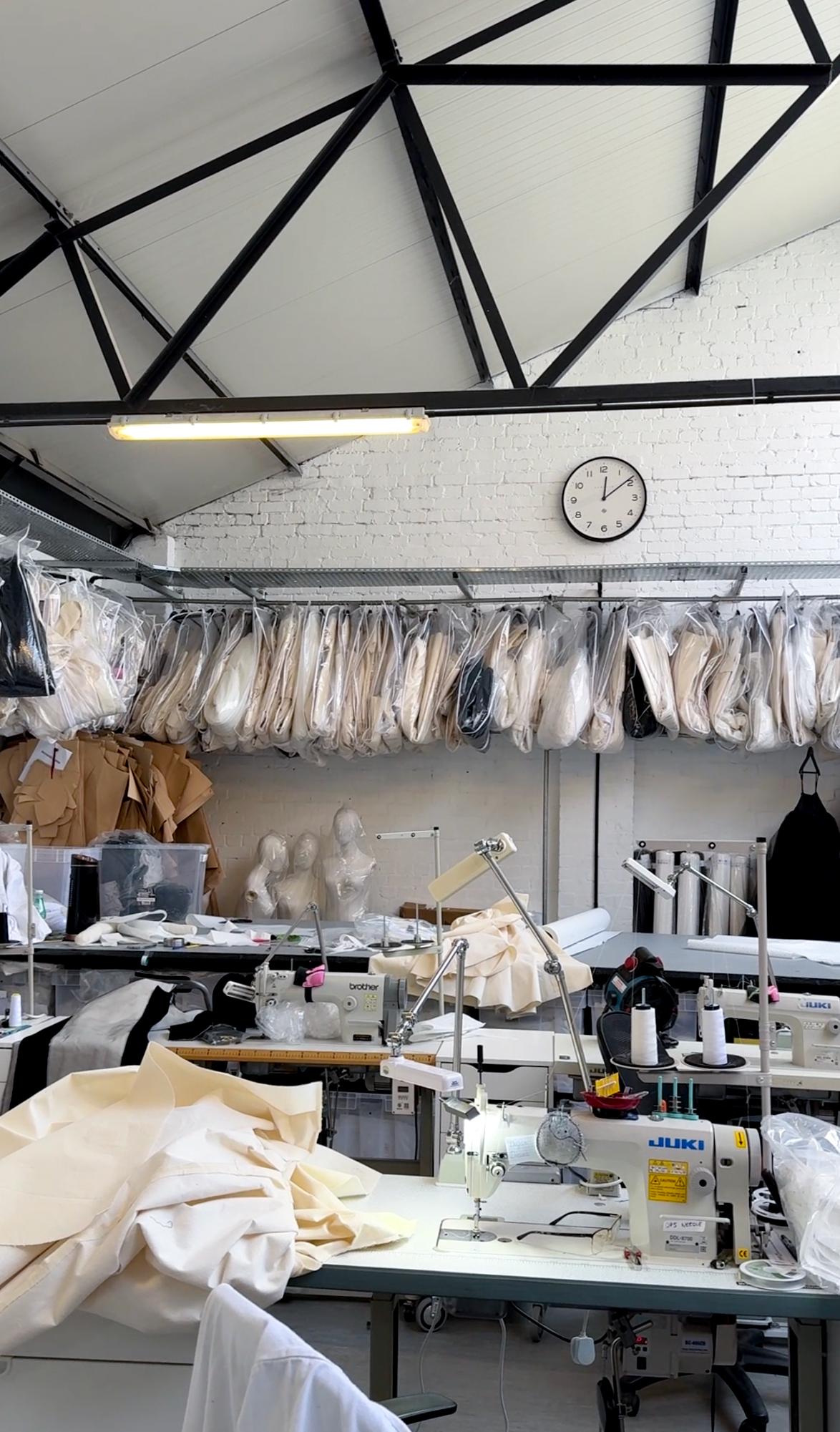
Have you always been creative? What was your first creative outlet as a child?
I think I have always been creative, especially growing up. I used to make Lego and paint and draw and all that kind of stuff, then I honed in on fashion when I was around 16 or 17.
What influenced your decision to pursue a career in fashion and specifically your interest in print?
I studied fine art at A level and as part of that you explore all the different avenues, so painting, drawing, sculpture, and after that I went to Central Saint Martins. I already had an interest in fashion and pop culture and that aesthetic so when I was at Saint Martins, I specialised in screen print, fashion print, where you make all your surface design prints, fabrics as well as making all the garments. Once as I was at Central Saint Martins I flourished into bringing the two worlds together.
How do you approach a new collection? What's your process?
When we first start thinking about and designing the collection, it's a 360 process. We think of the set for the [fashion week] show, the mood of the show and what the clothes and the textures and the prints will look like within that set.
Then we start to put the story together. You see, the hem lengths, the silhouettes, the textile embroideries, and then it all happens simultaneously. In our fittings, we'll have all our print strike offs and all our embroidery, so you visually see it all come together.
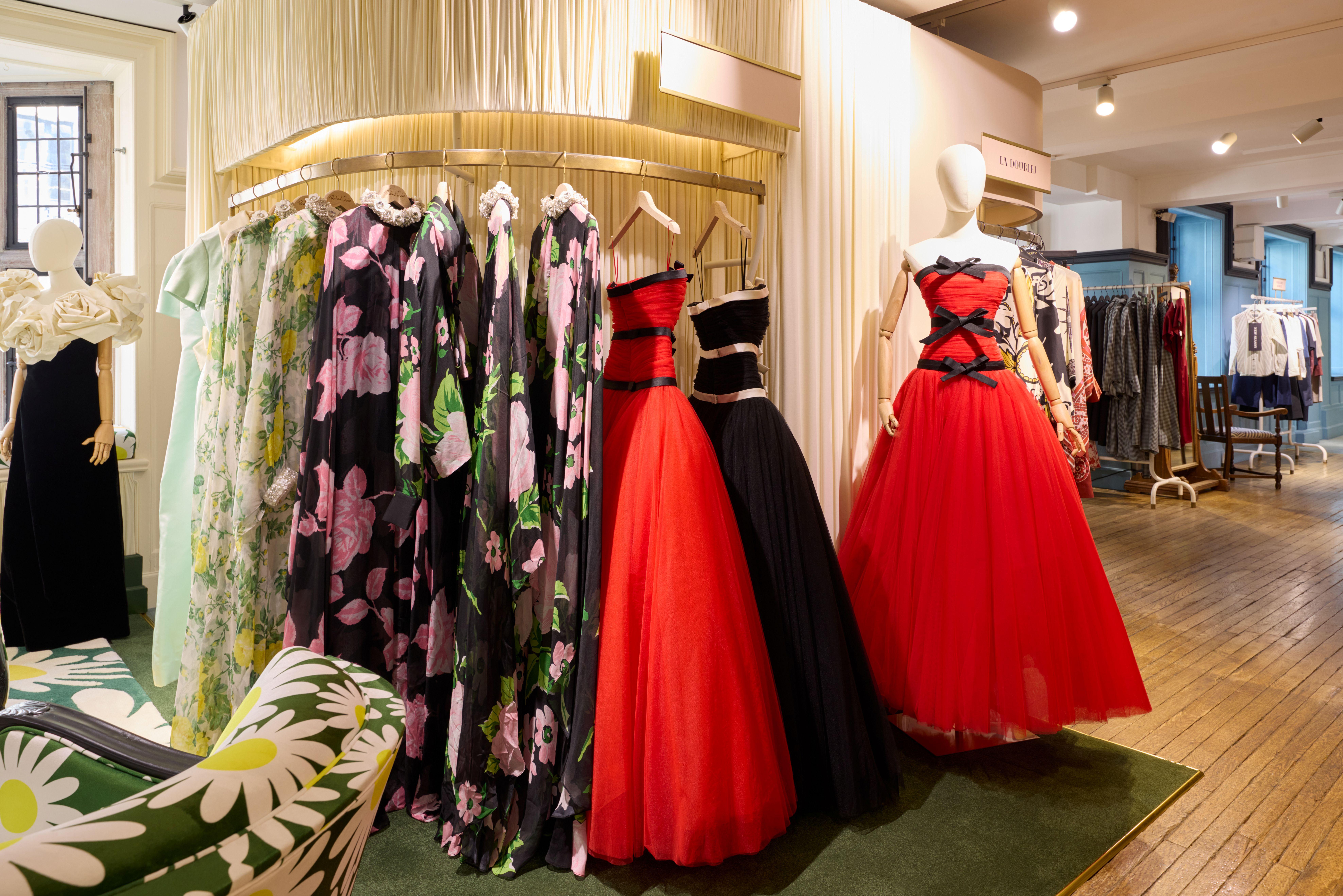
Can you tell us about your creative process?
The inspiration for collections often comes from old couture collections from the 1950s and 1960s. Sometime there are 1970s references as well when we do kind of softer, more kaftan, gown shapes. We look to the past and give it a twist to bring it into the future. We like that traditional way of like cutting and printing and embroidering garments.
How would you describe your aesthetic?
I think the aesthetic is quite bold, but everything needs to be a beautiful piece of clothing. Once you take it away from the styling or the aspect of the show, it needs to be something that will elevate someone wearing it.
It is also about craft as well. That’s a huge part of what we do: how we cut clothes, how we print, how we make our fabrics. We make all our fabrics in-house and design and print them here. It’s a unique creative hub we have: all in one building.
Why is craftsmanship important? Why is it important to you to have everything under one roof here?
I think it's really important for us to have the handmade element to all our garments, whether it's hand designing the prints or how we cut the clothes: everything is draped on the stand, nothing is cut flat.
We also like to think of our clothes like future heirlooms, things that can be passed down. They are things that are from makers. They're not something that's mass produced. There's a very select number of these pieces made. Sometimes they're one-of-ones for the bespoke clients. Even if it is a ready to wear gown it really has that couture feeling to it through the fabrication or the application of the embroidery.
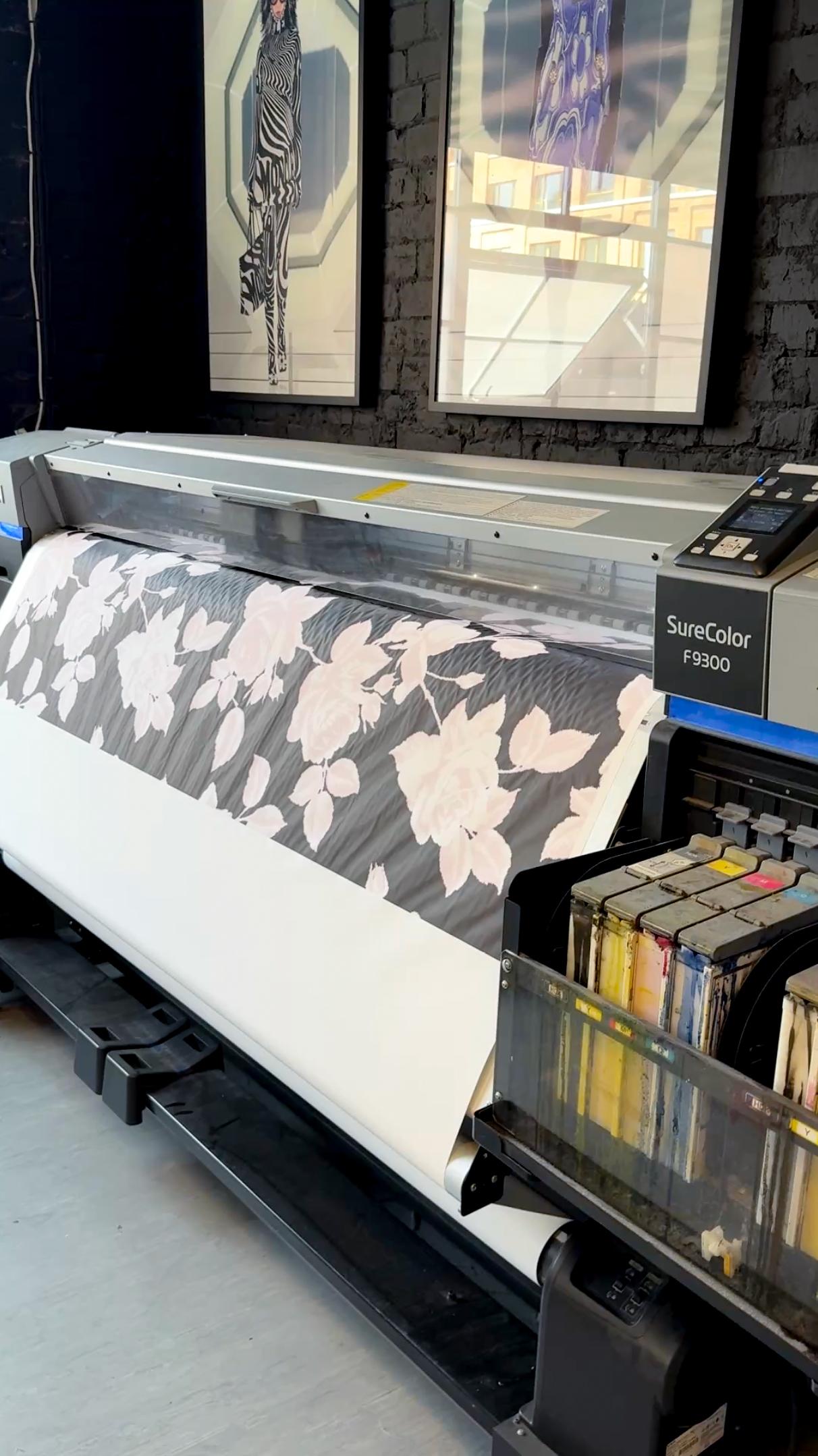
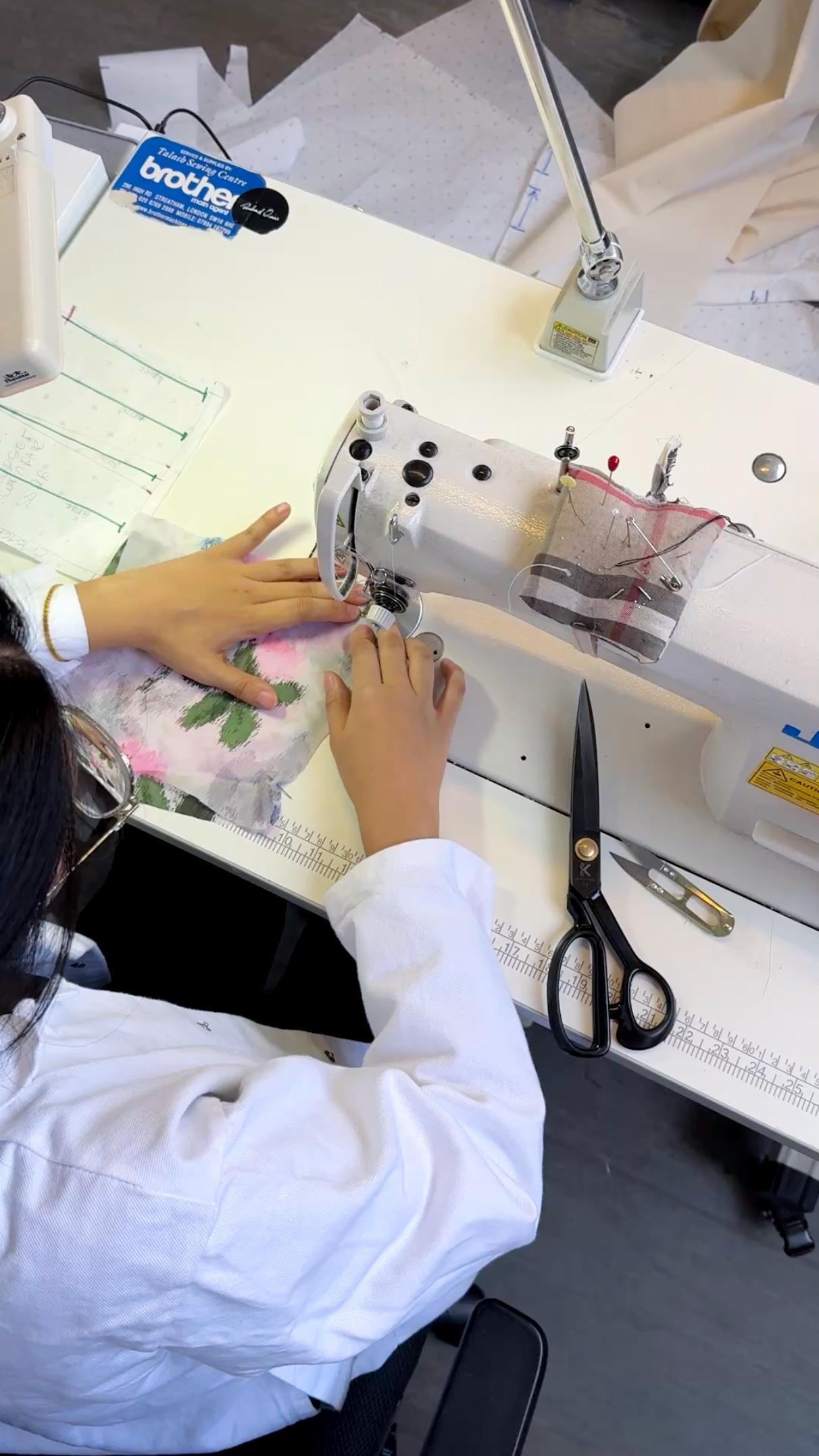
When you're designing, what do you do if you come across a creative block?
When you go through the initial stages of the collection, you have such a clear vision of what it's going to be like, but sometimes things don't work out. Where it's proportion or the colours: maybe they don't really look right.
[When this happens] we always go back to what we've done before – what has worked – and then we see how we can push it forward. Or, we find ideas that we haven't had a chance to get to yet – and bring back up what we haven't had time to do in previous collections.
What I always think around a creative block is, one: you’ve got to fight through it. But two, you can always draw on different elements that haven't yet come to life.
Your shows are so beautiful, so ingrained within the aesthetic of your collections. Why is that something that’s important to you?
The clothes that we make are escapist in themselves, but we also want to put the clothes in that environment. Whether you're looking at the collection through phone screen or whether you're experiencing it in real life, we really want to create a dreamlike world of Richard Quinn that you can be inspired by. It really like sets the clothes in the right environment.
And we love fashion! Everyone that works here is passionate about fashion and clothes and everyone is a fan of fashion, so it's nice to create it. If people are coming to a show, you give them something to enjoy and feel.
What are the proudest moments from your career so far?
I think a main thing was opening the print studio. That's where the craft and the making comes through. It's an open door policy here: anyone can come. We design for other fashion houses, but we also print for customers as well.
Aside from that, when we started showing, our first collection was actually at Liberty, so it's almost like a homecoming to have the space on the First Floor.
Additionally, when the late Queen came to the show [in 2018], that was a huge stepping stone for everyone who had invested time and energy into the brand. That was the biggest thing that's happened and then we've slowly been growing since then.
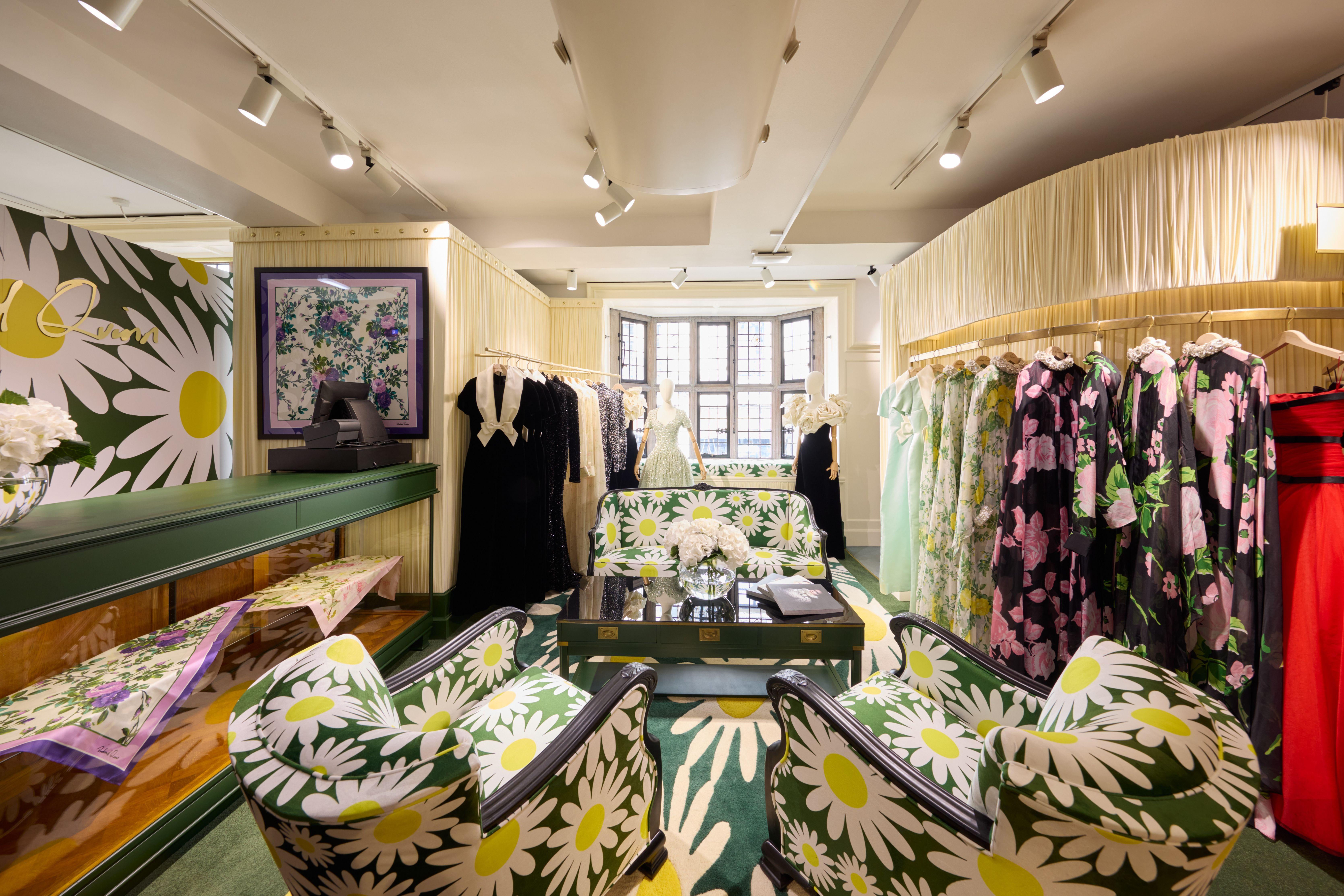
What's the biggest compliment you've received on your collections?
I think the biggest compliment you can get is people tagging you or if you see someone in the wild, wearing your clothes. Whether you're at an event or, like when someone from our womenswear team actually saw something on the tube! Also if you get asked to do someone's like wedding dress or a bespoke gown for the really special moments in people's lives, that's a really big compliment for us.
What's your history with Liberty?
Liberty, for me, has always been very British and it's very craft based and print based. Those are huge pillars of what I'm interested in naturally, even when I was studying or growing up. Now, having our own space within Liberty itself is really it's like a homecoming. It's really nice to see what's inspired us, actually living within that space, which is really great.
Discover Richard Quinn in store at Liberty on the First Floor.
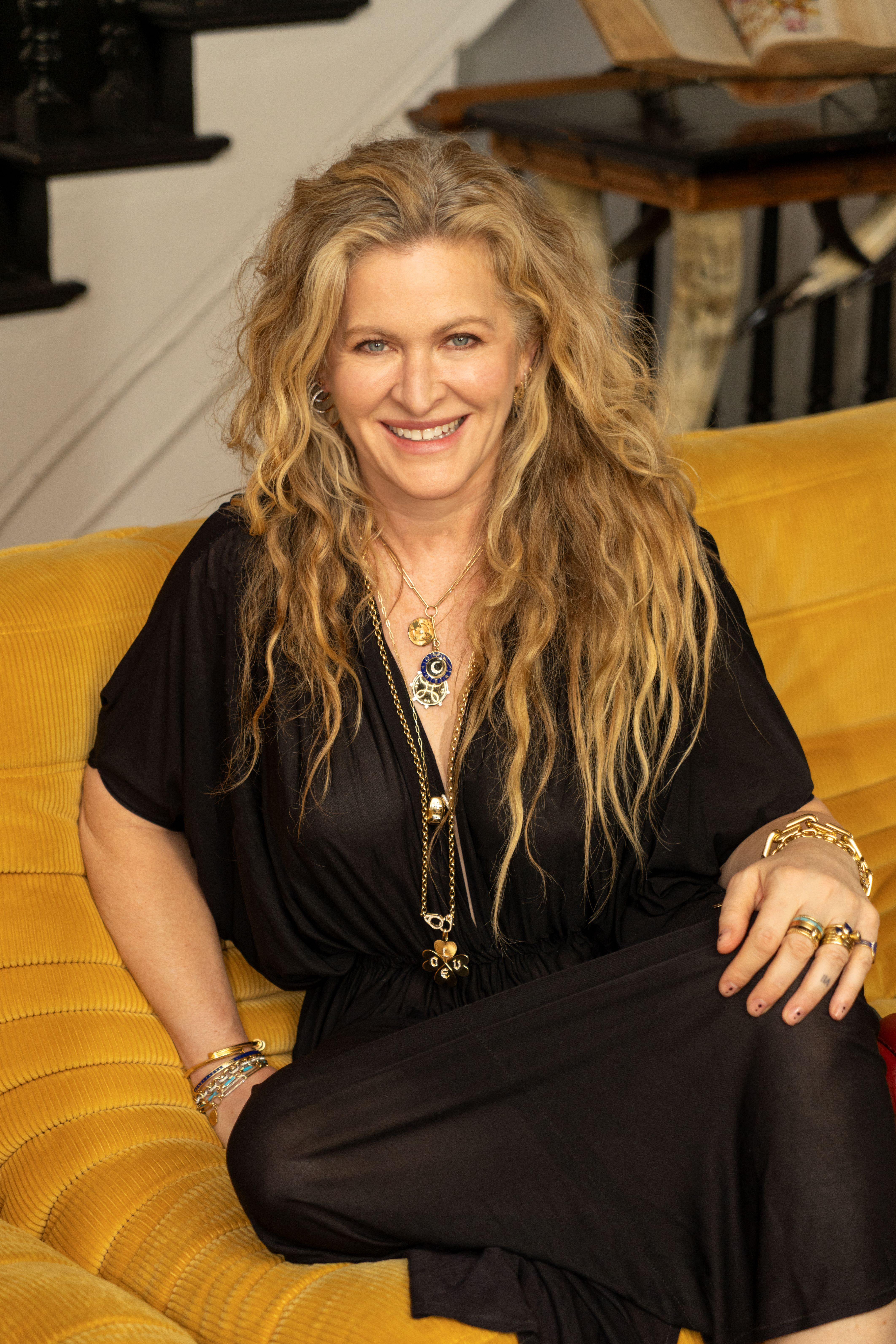
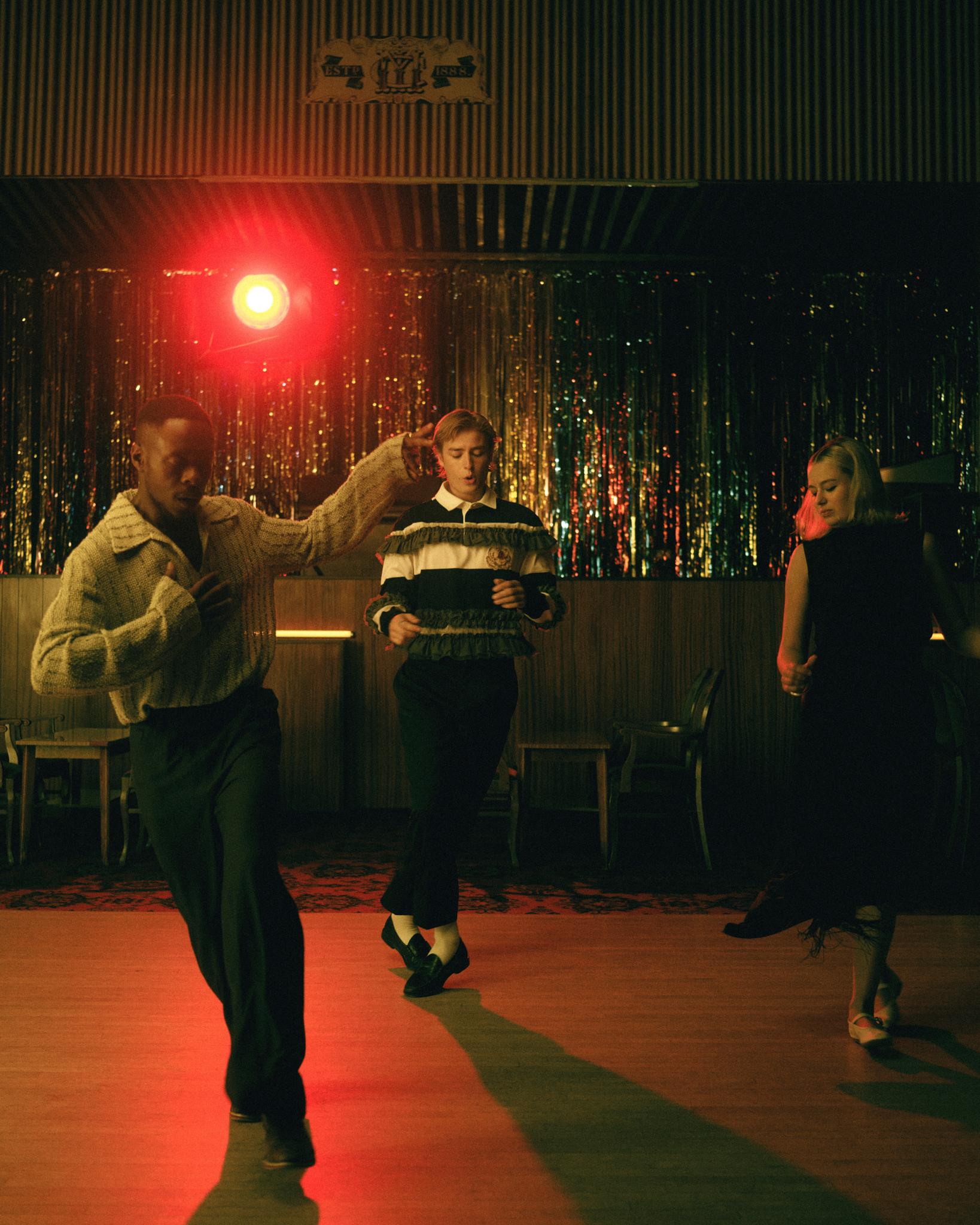
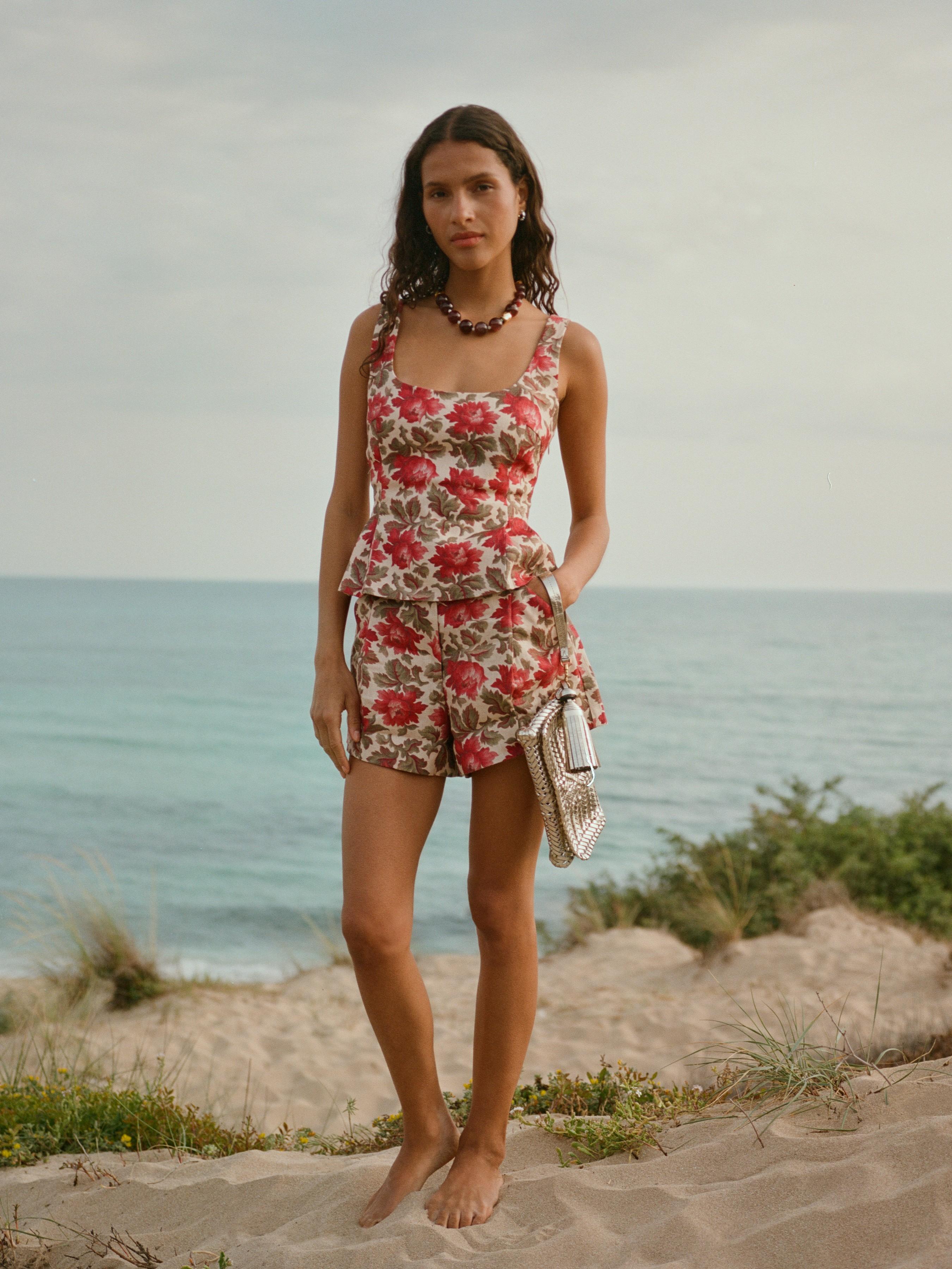
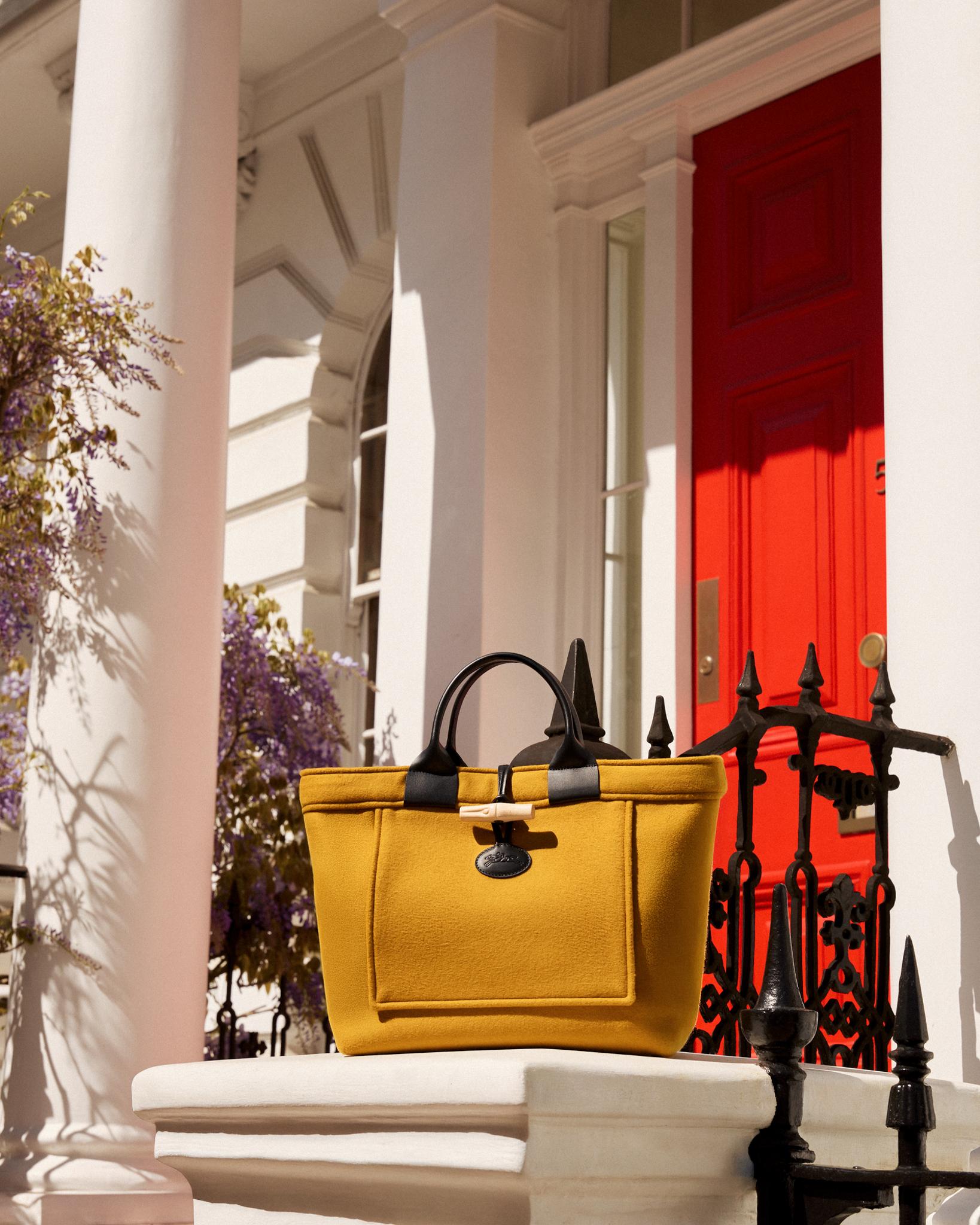
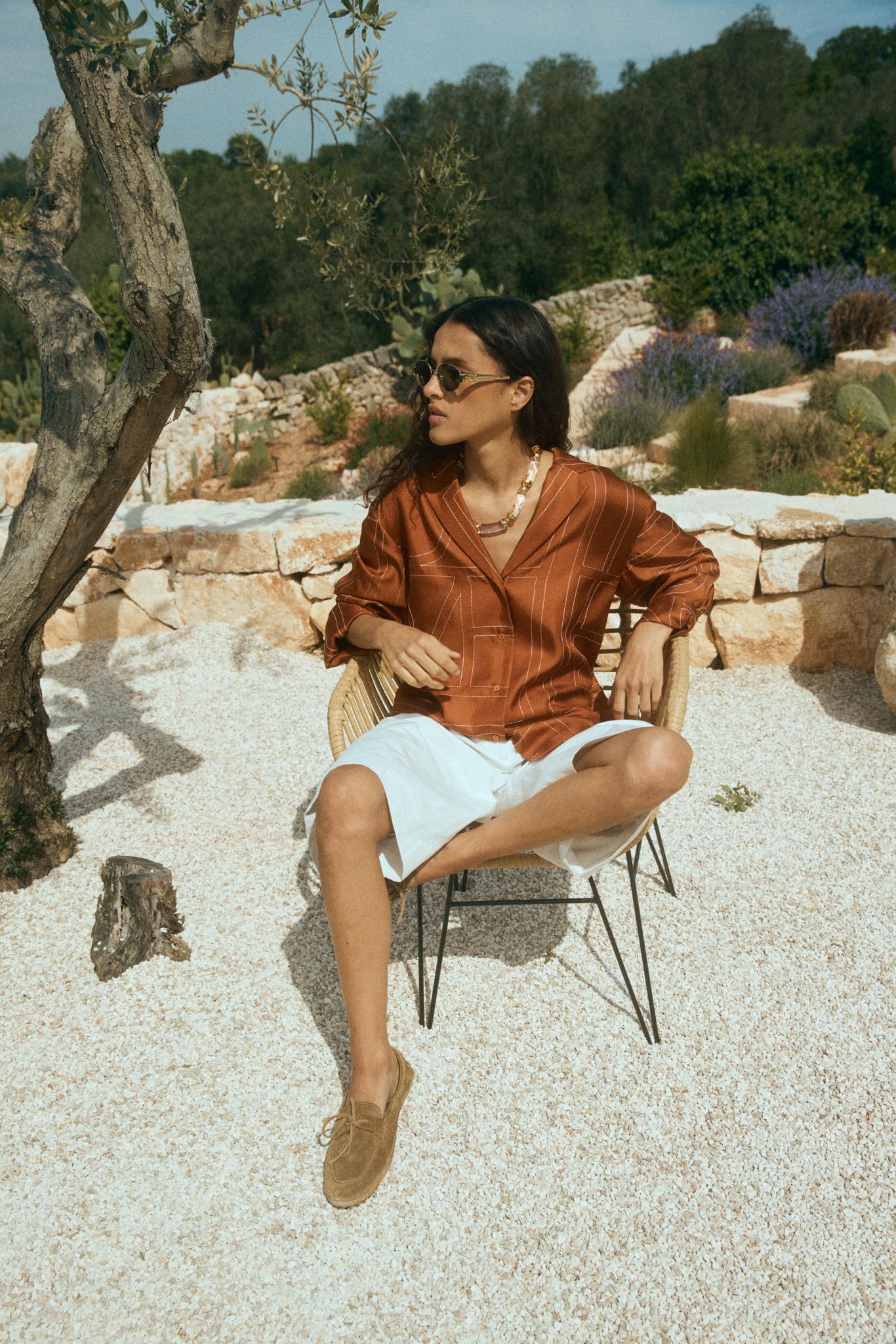
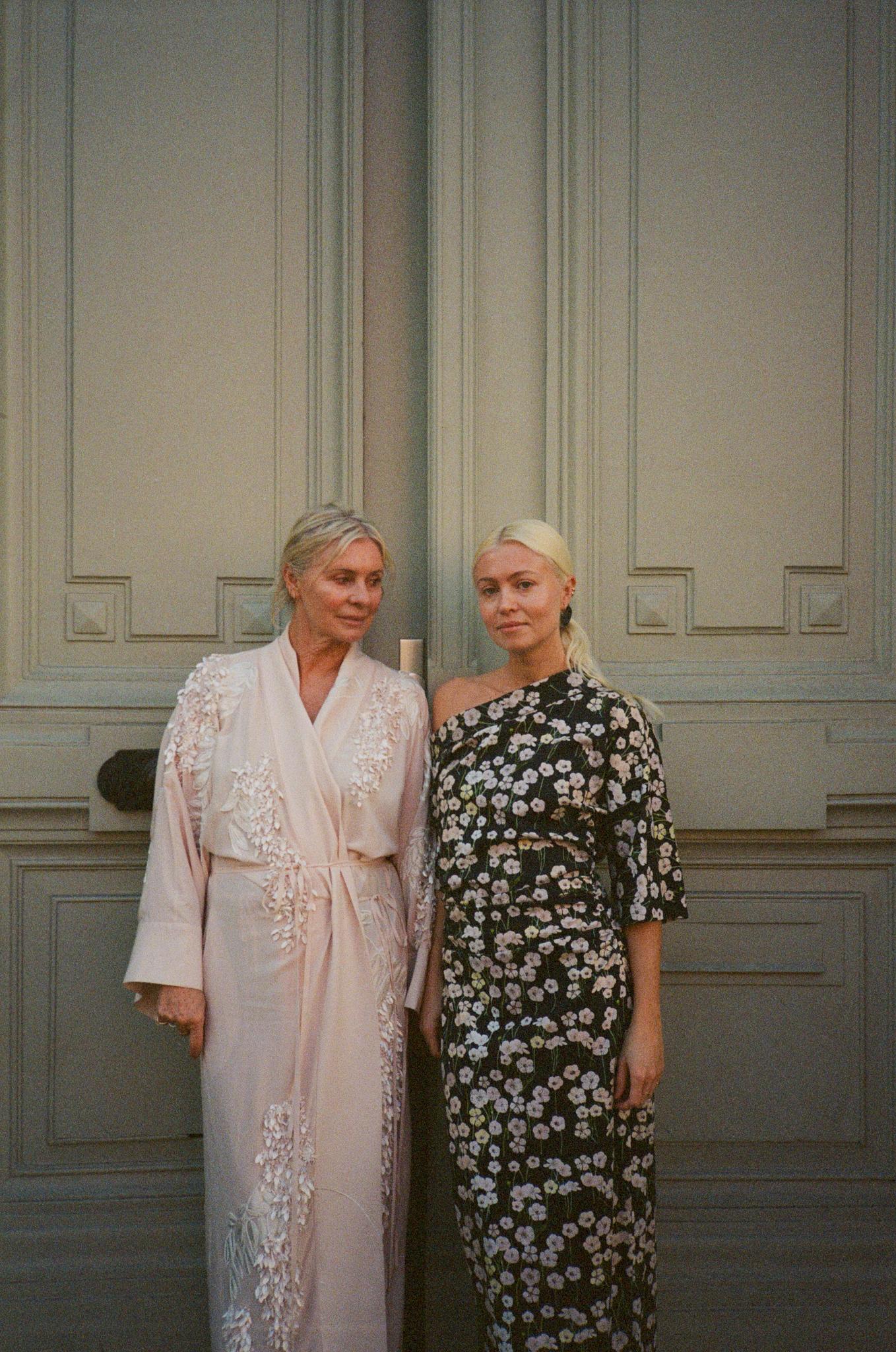
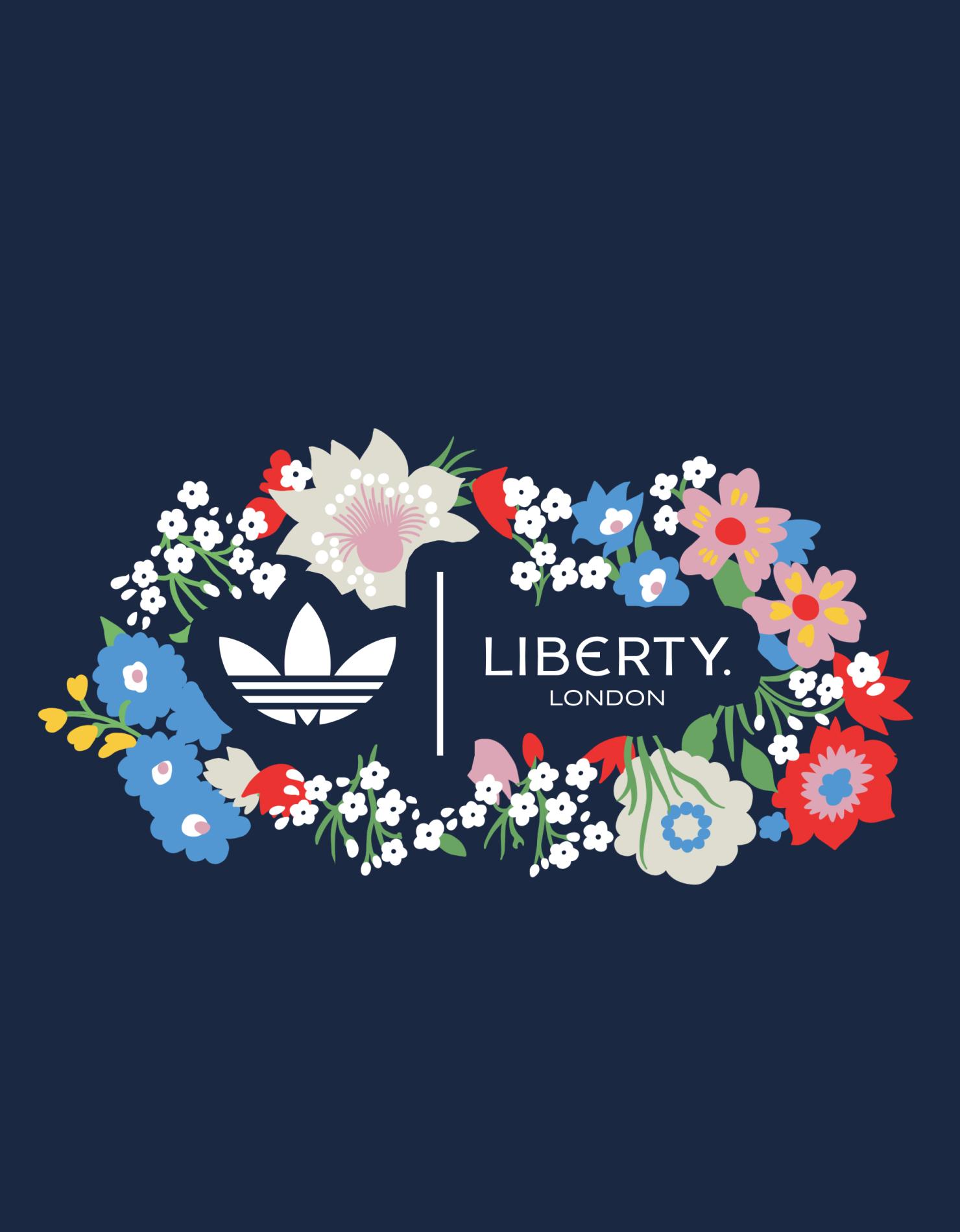
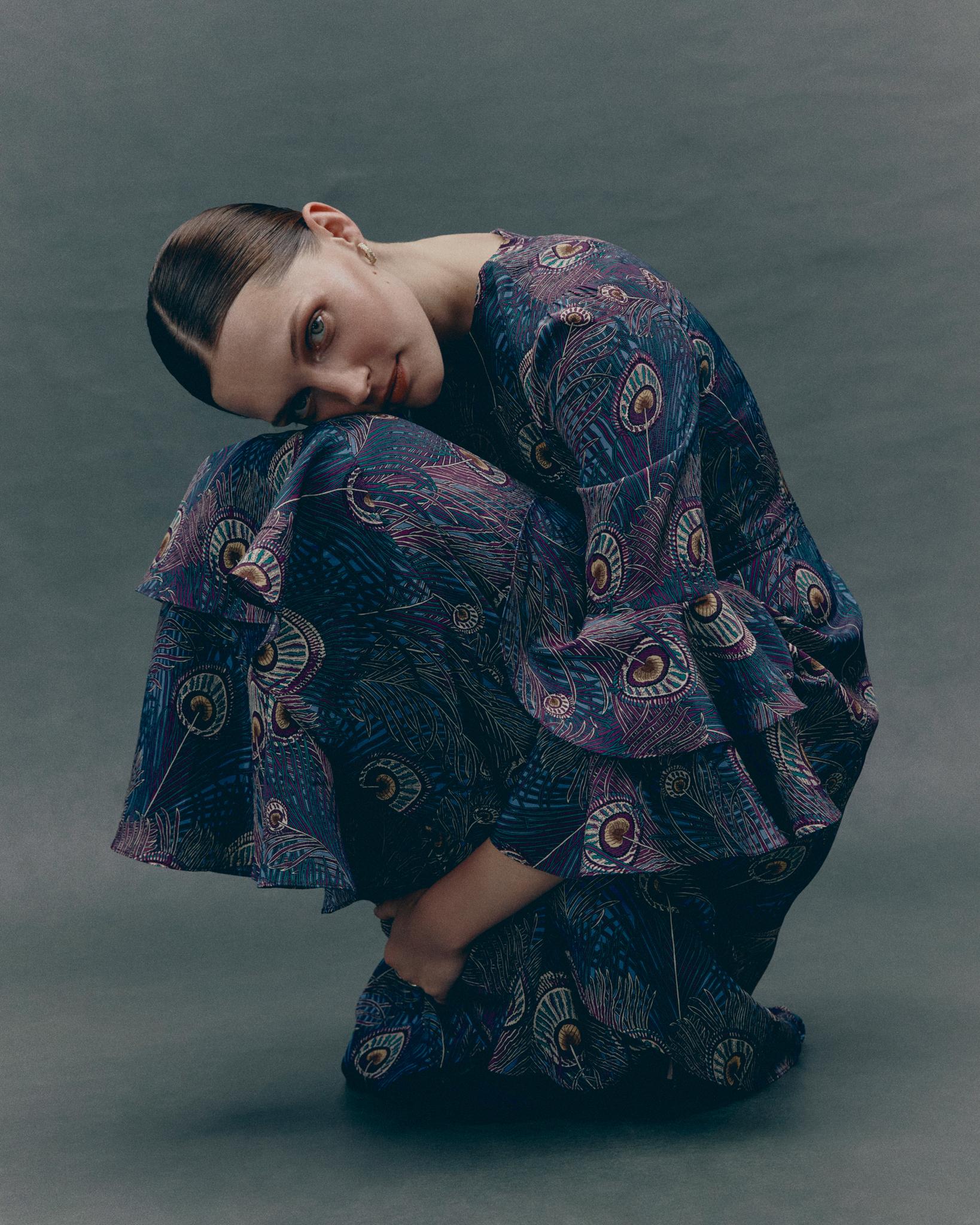
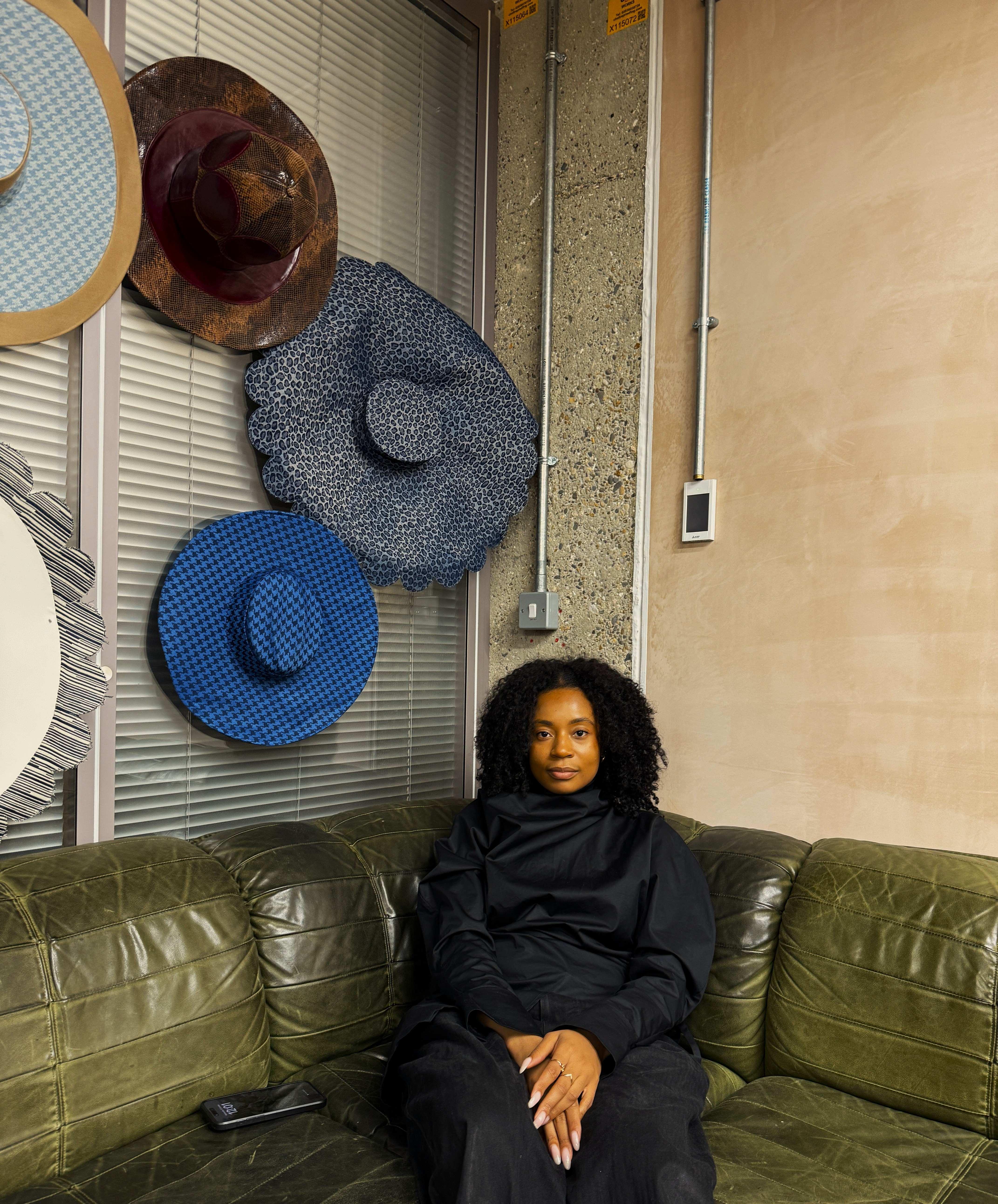
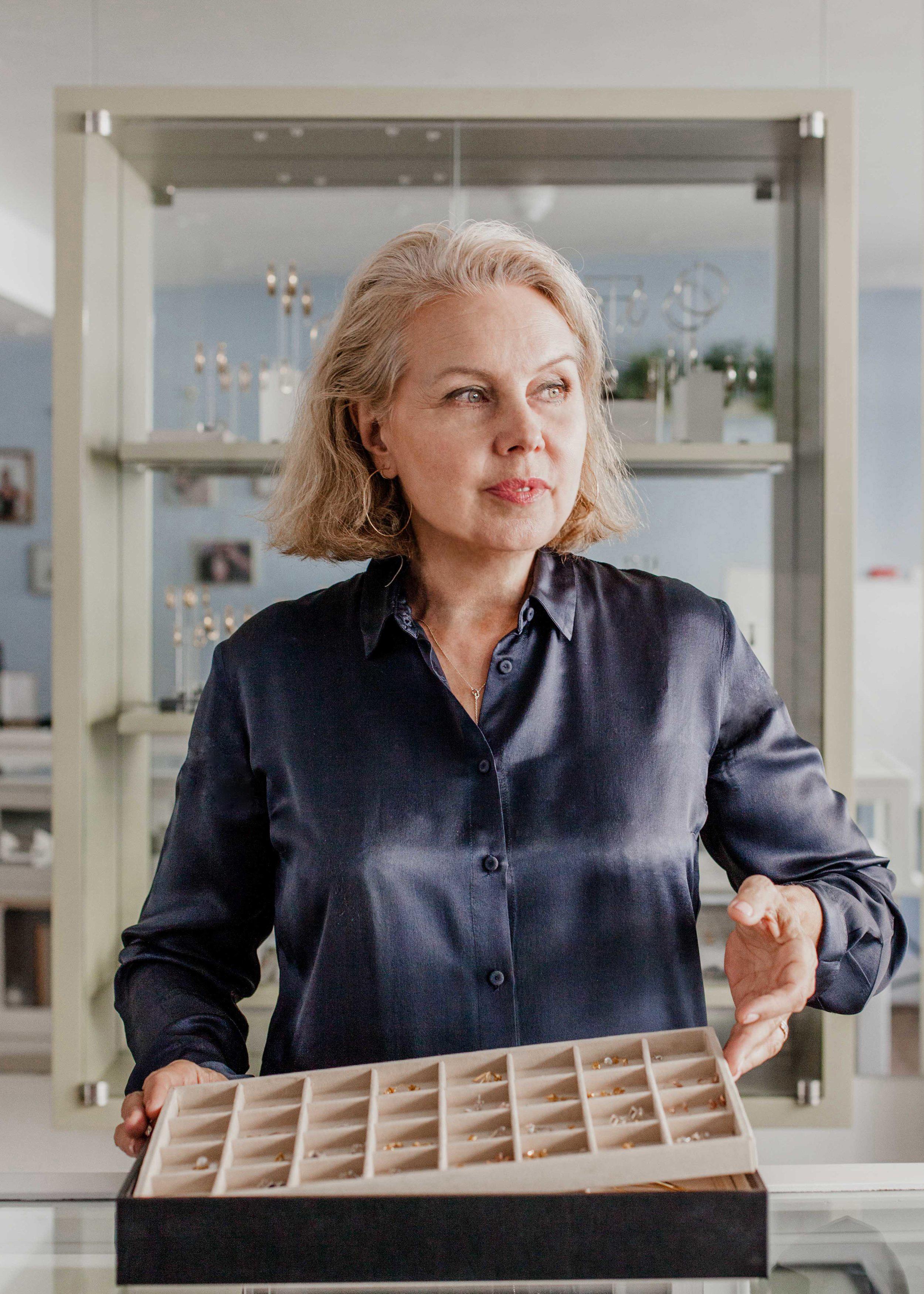
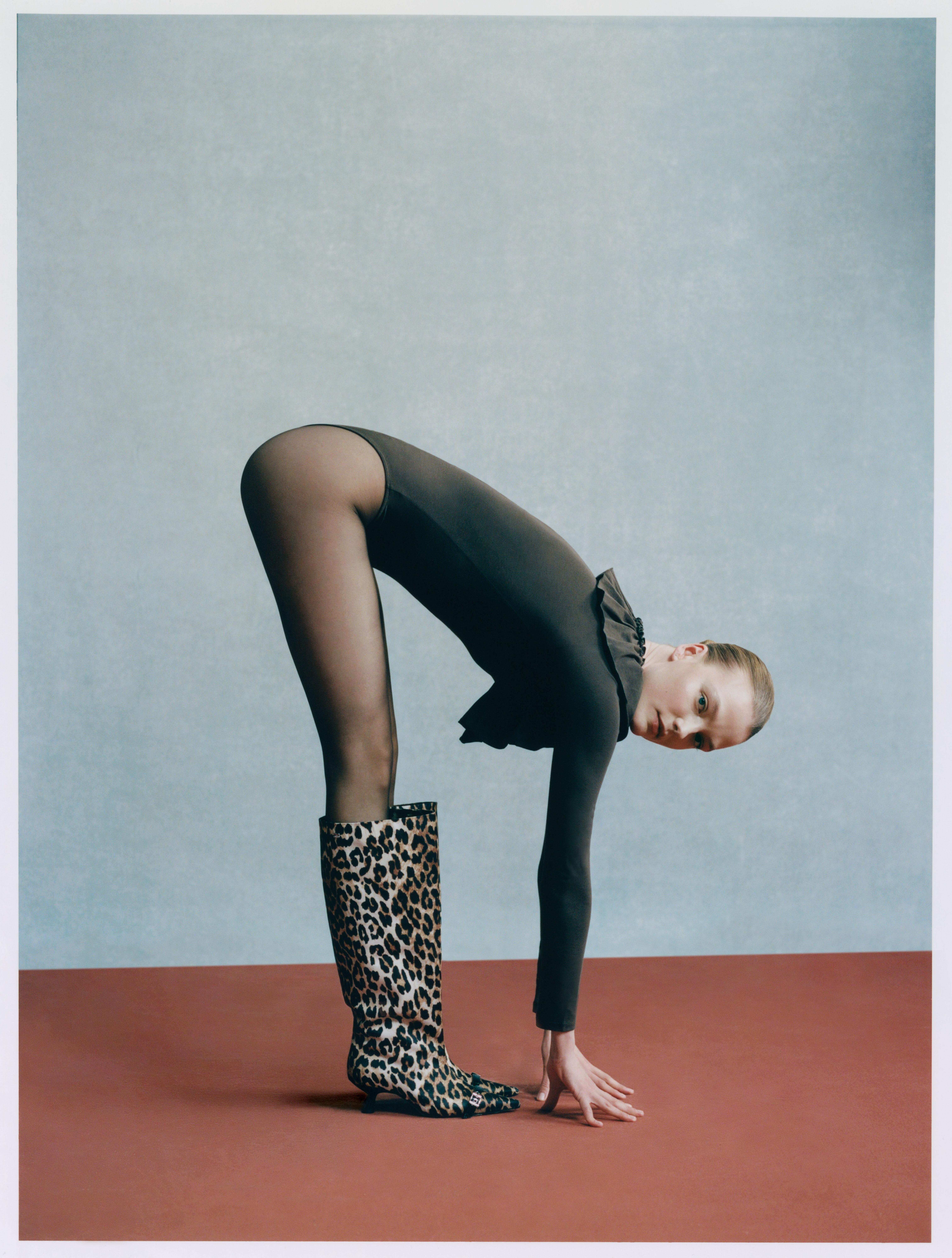
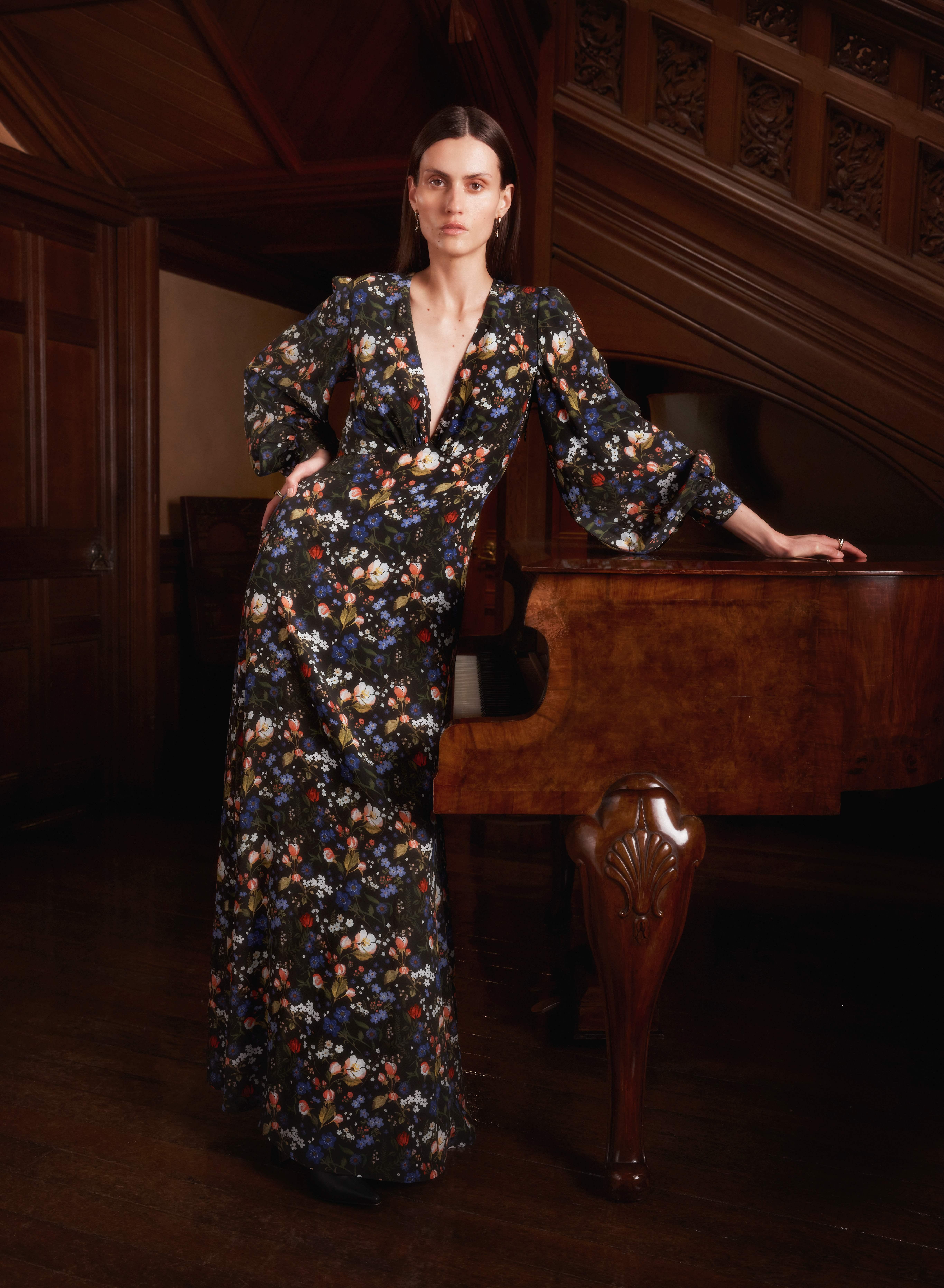
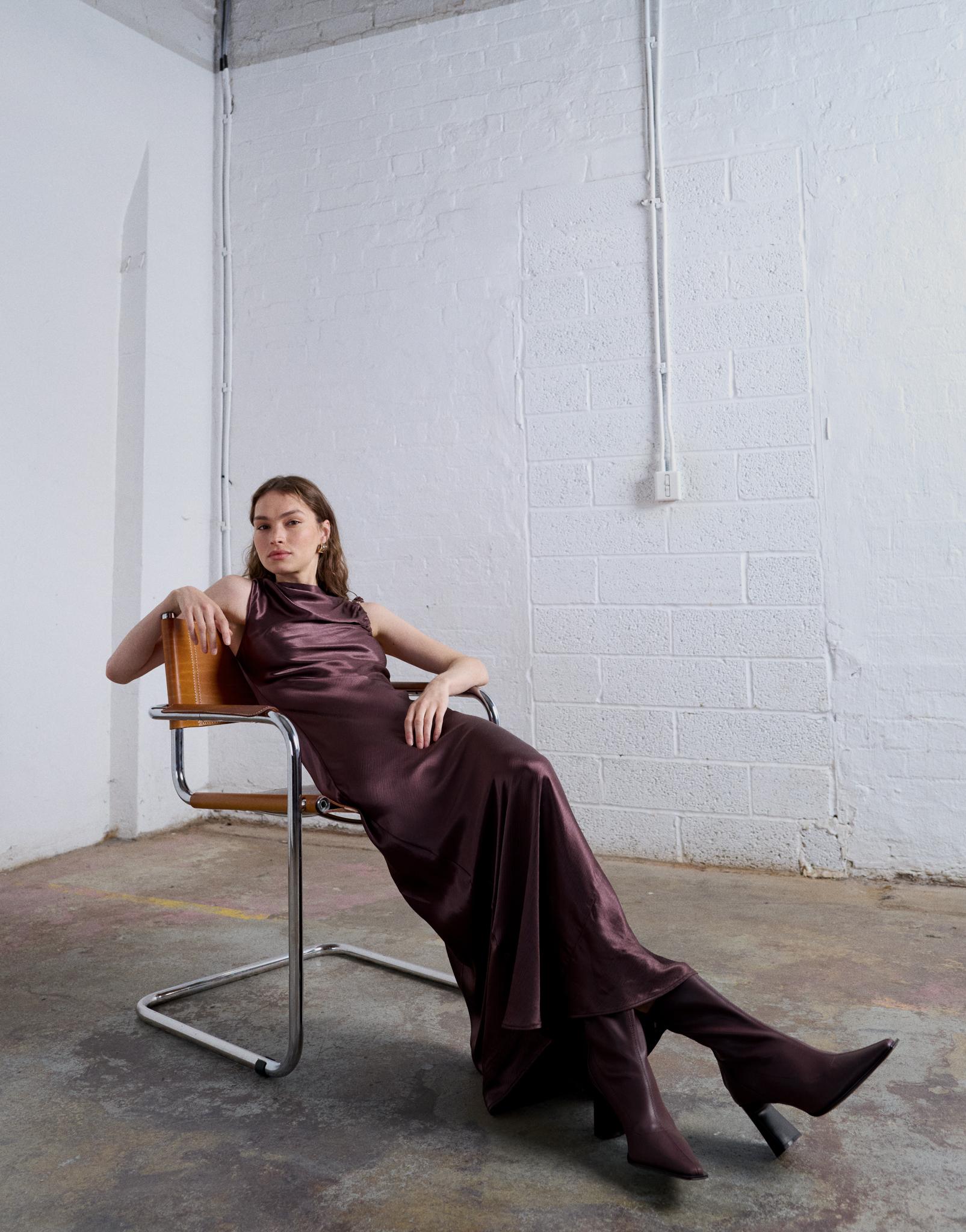
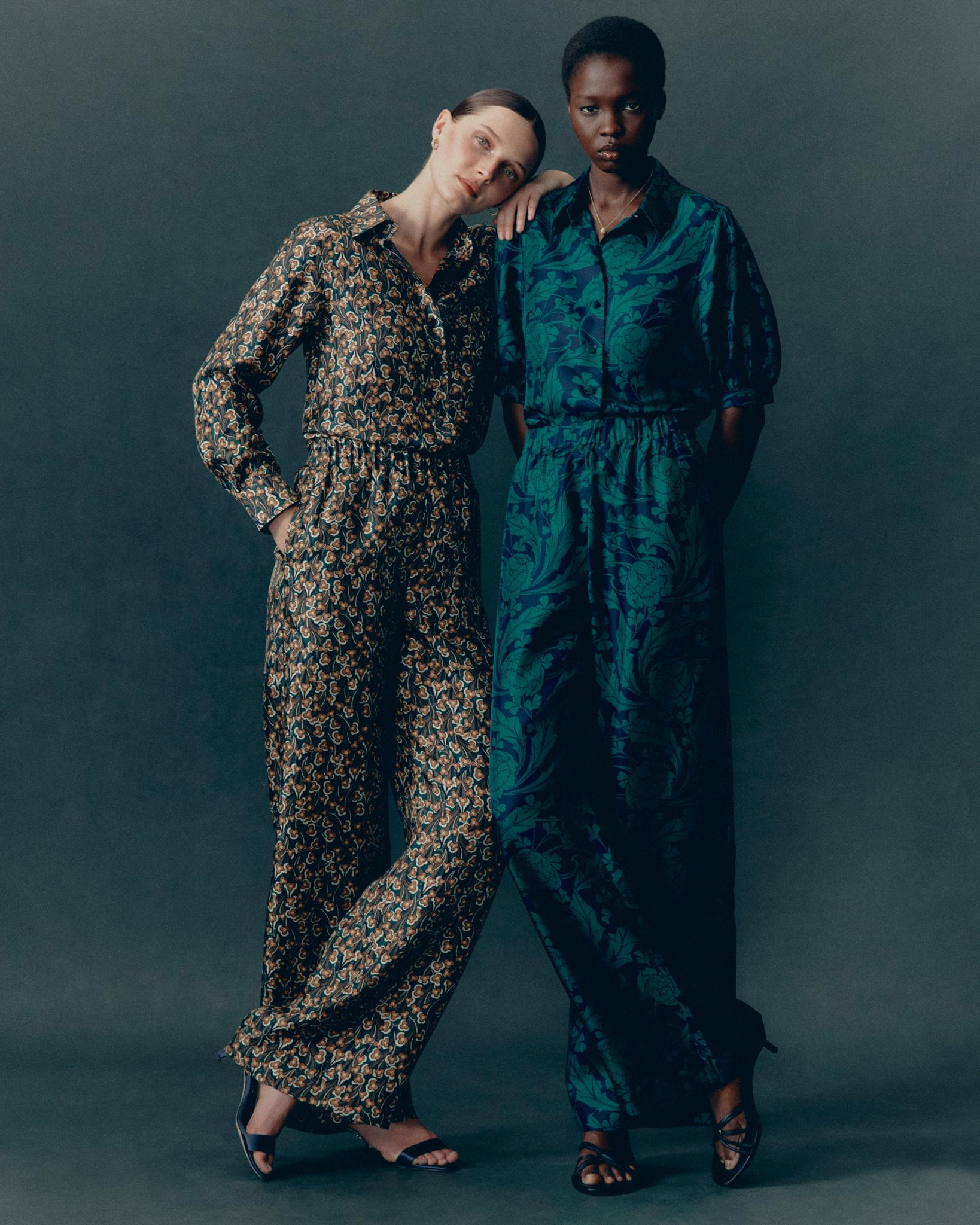
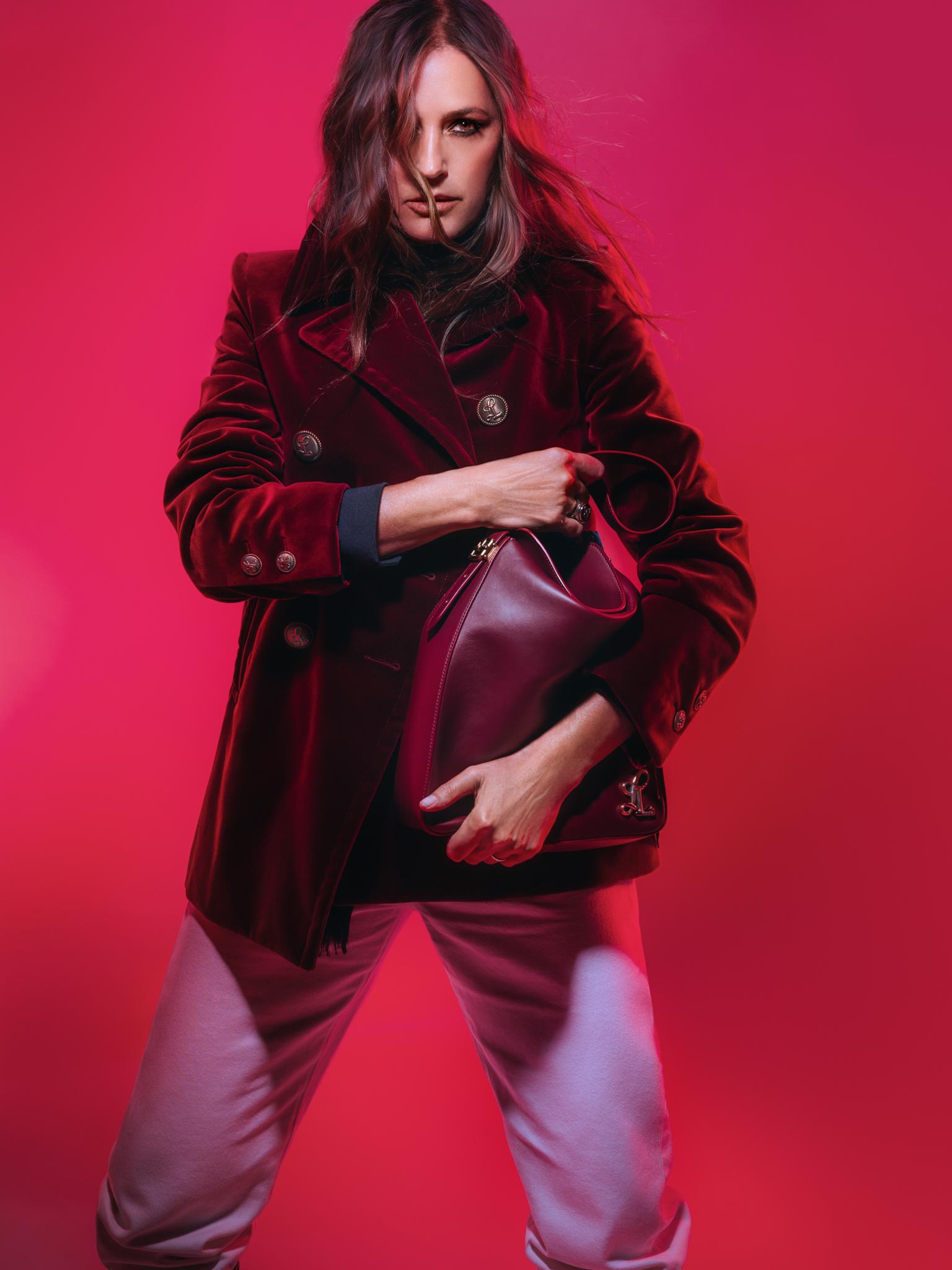

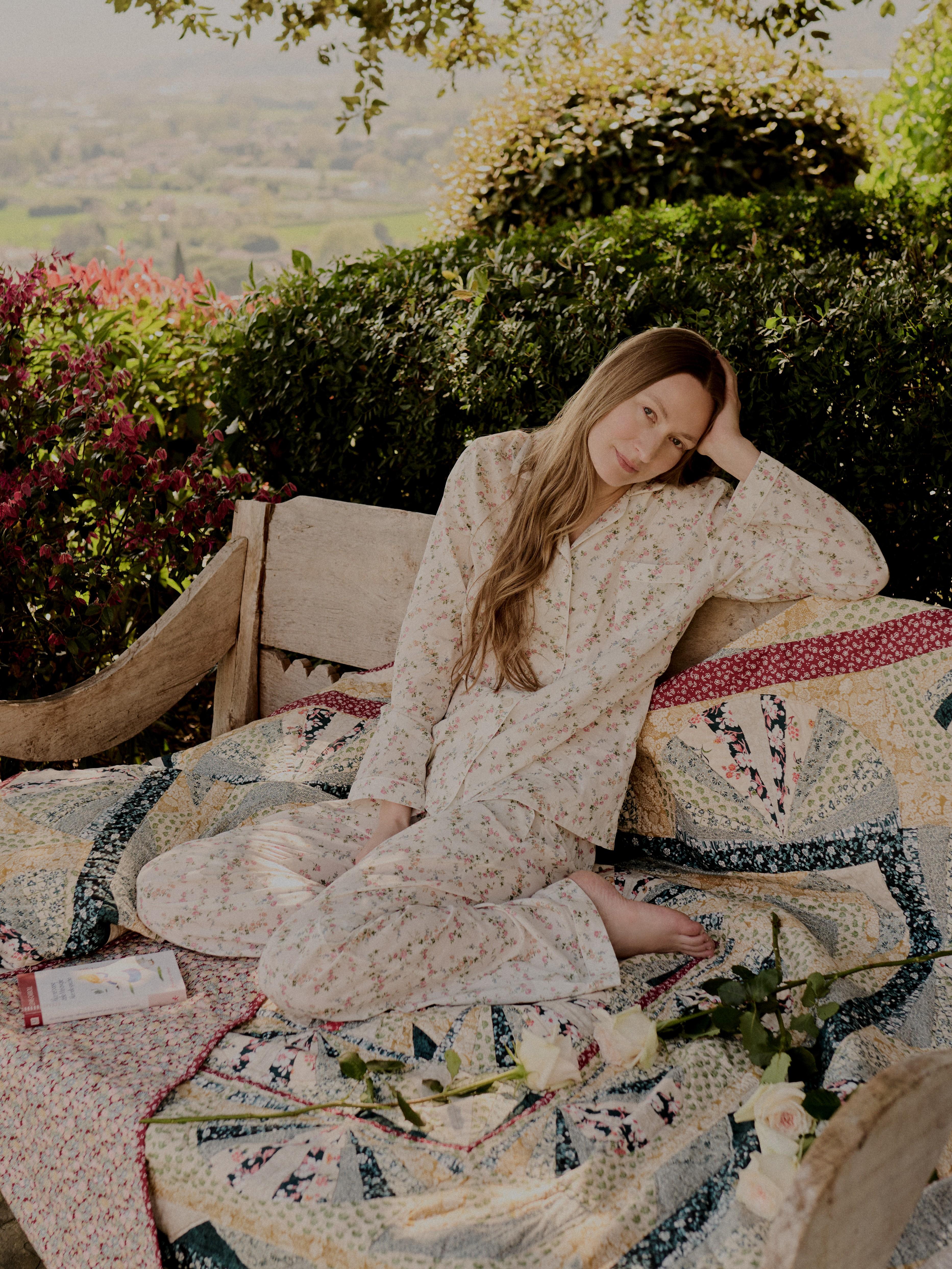
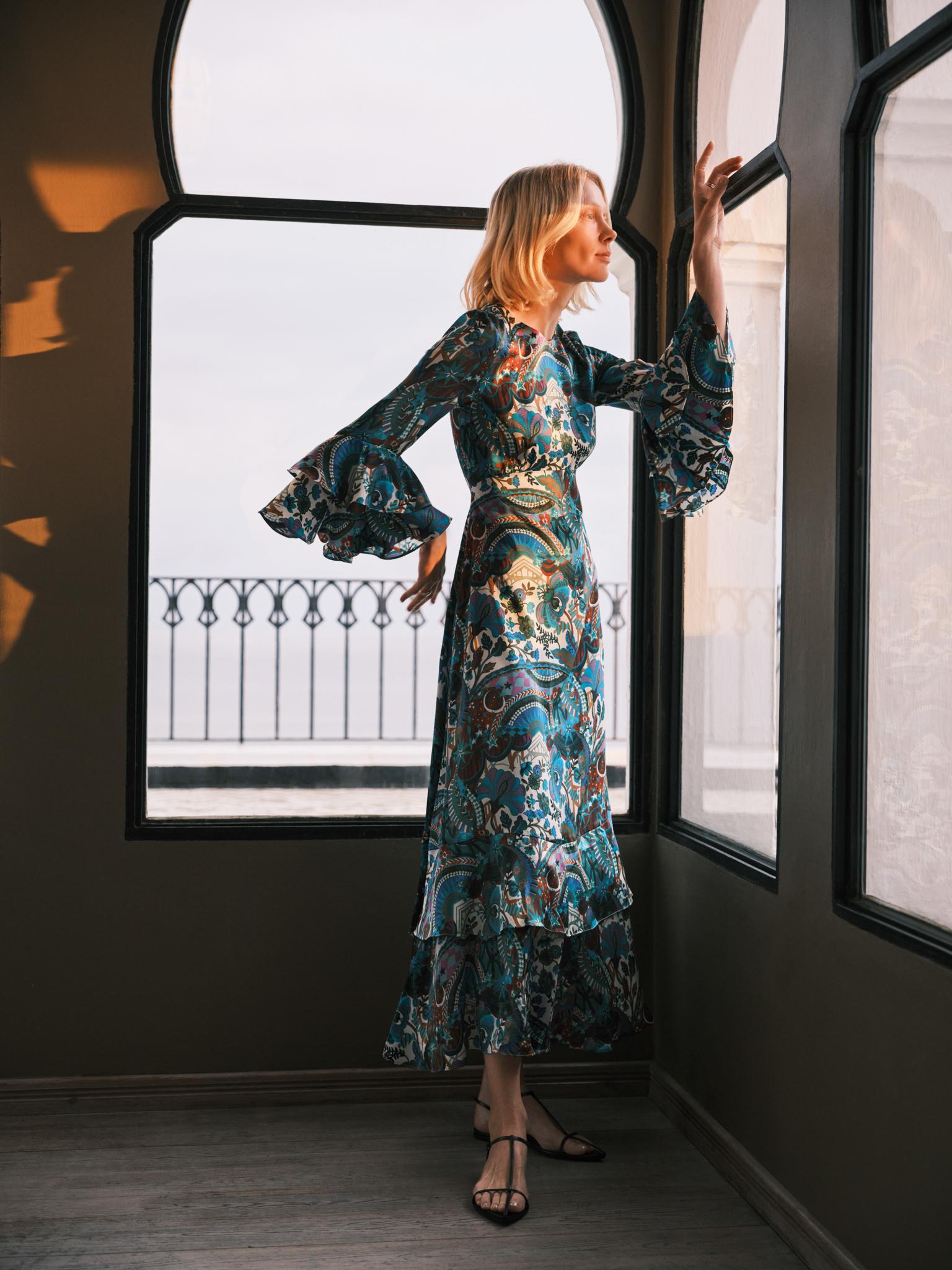
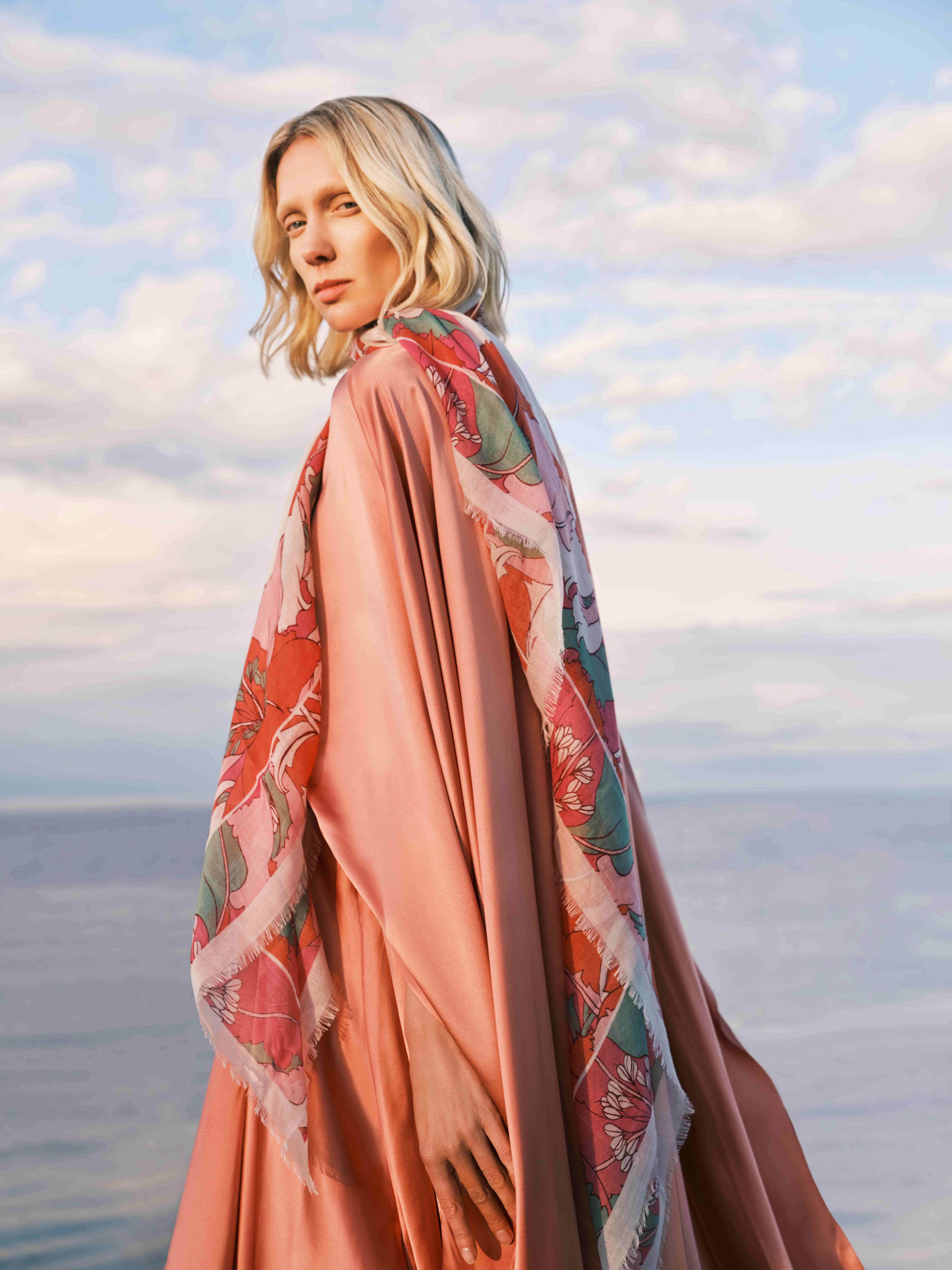
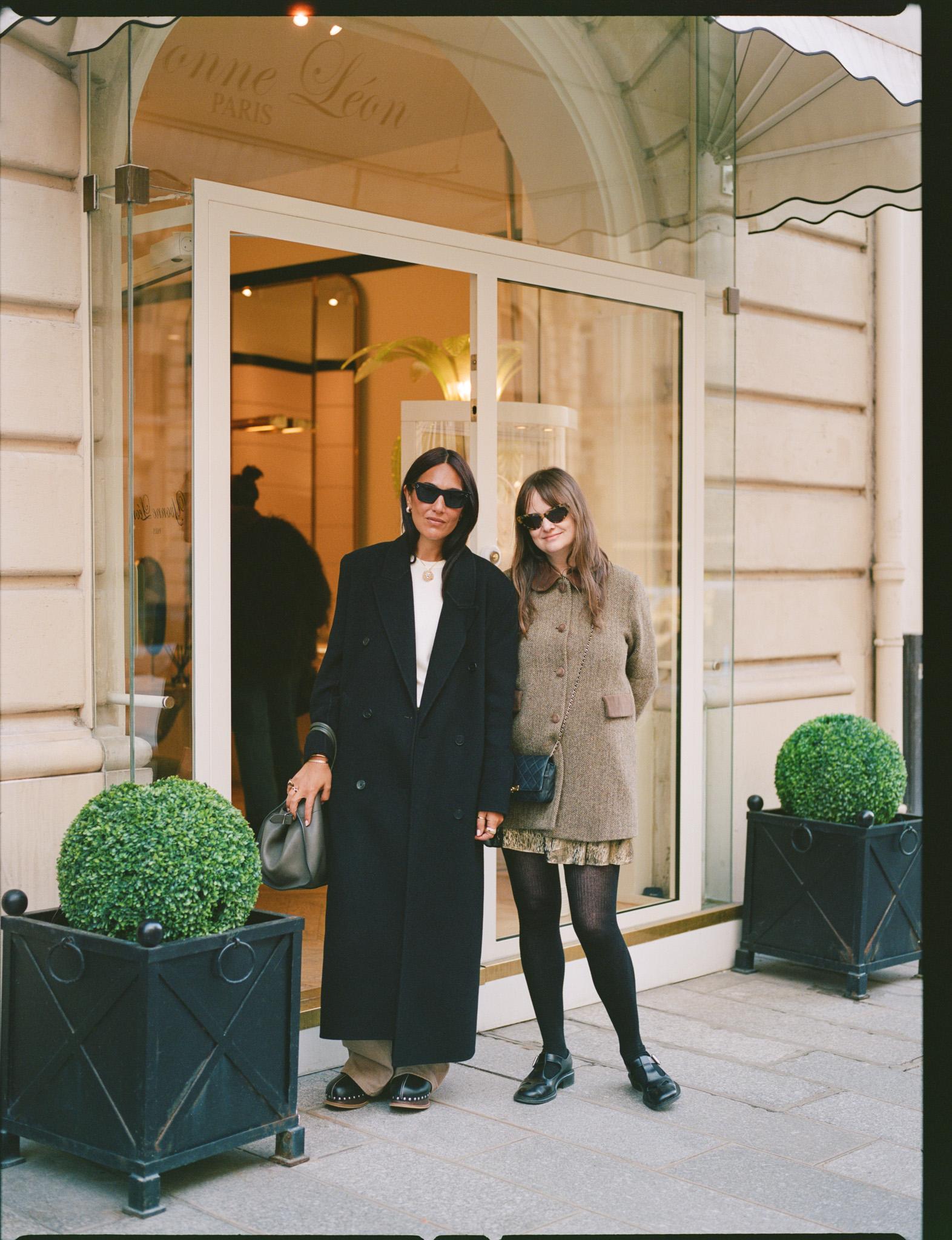
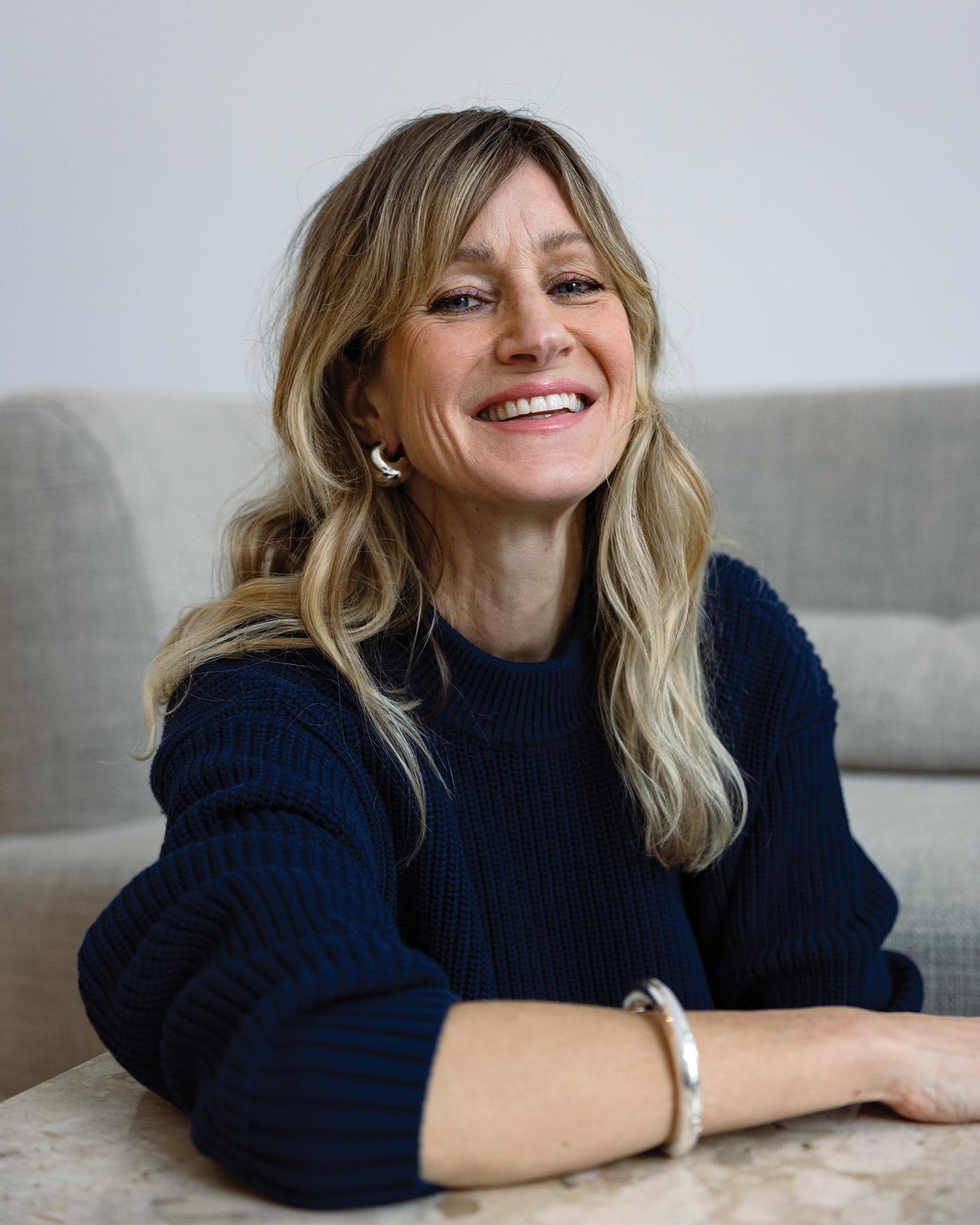
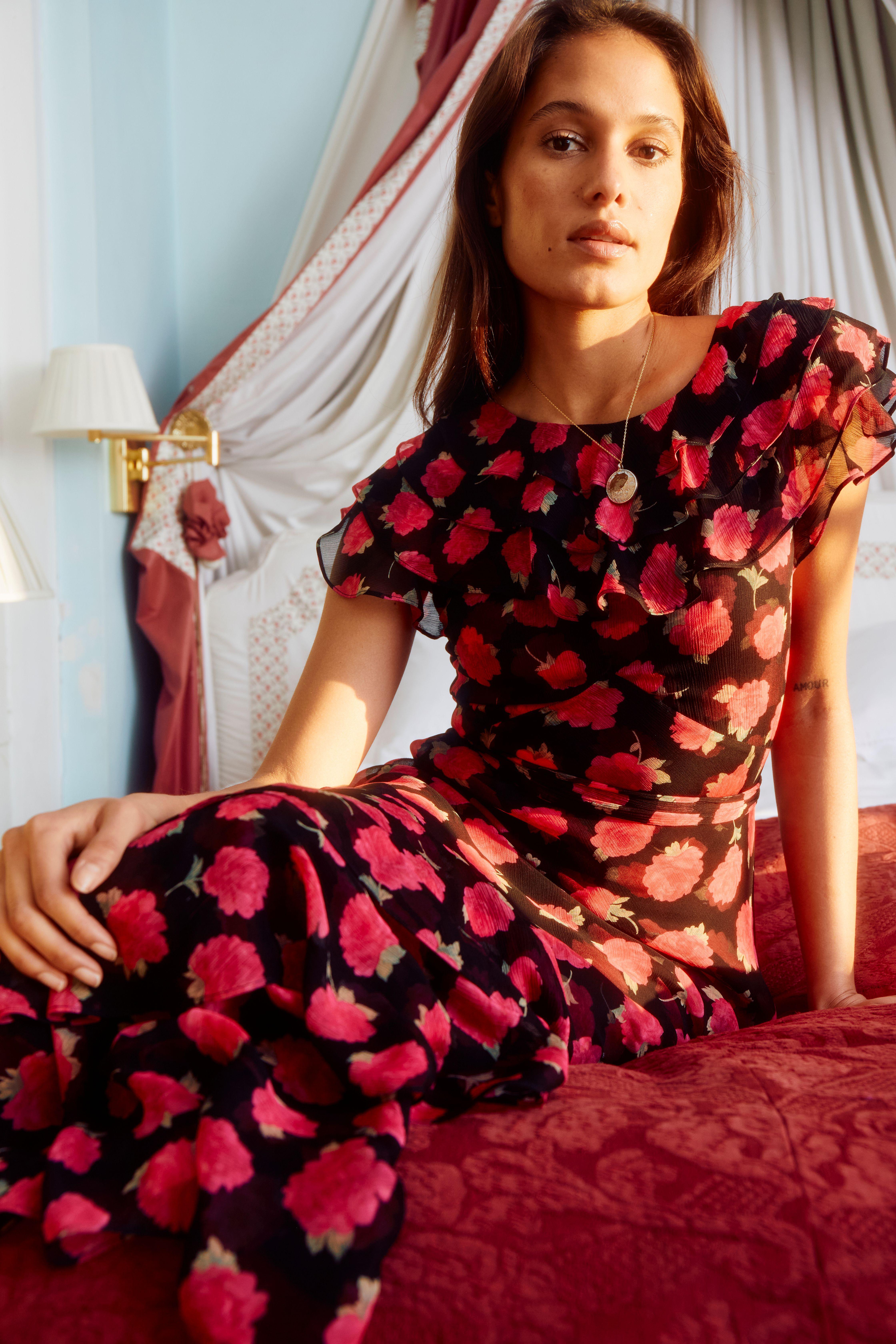
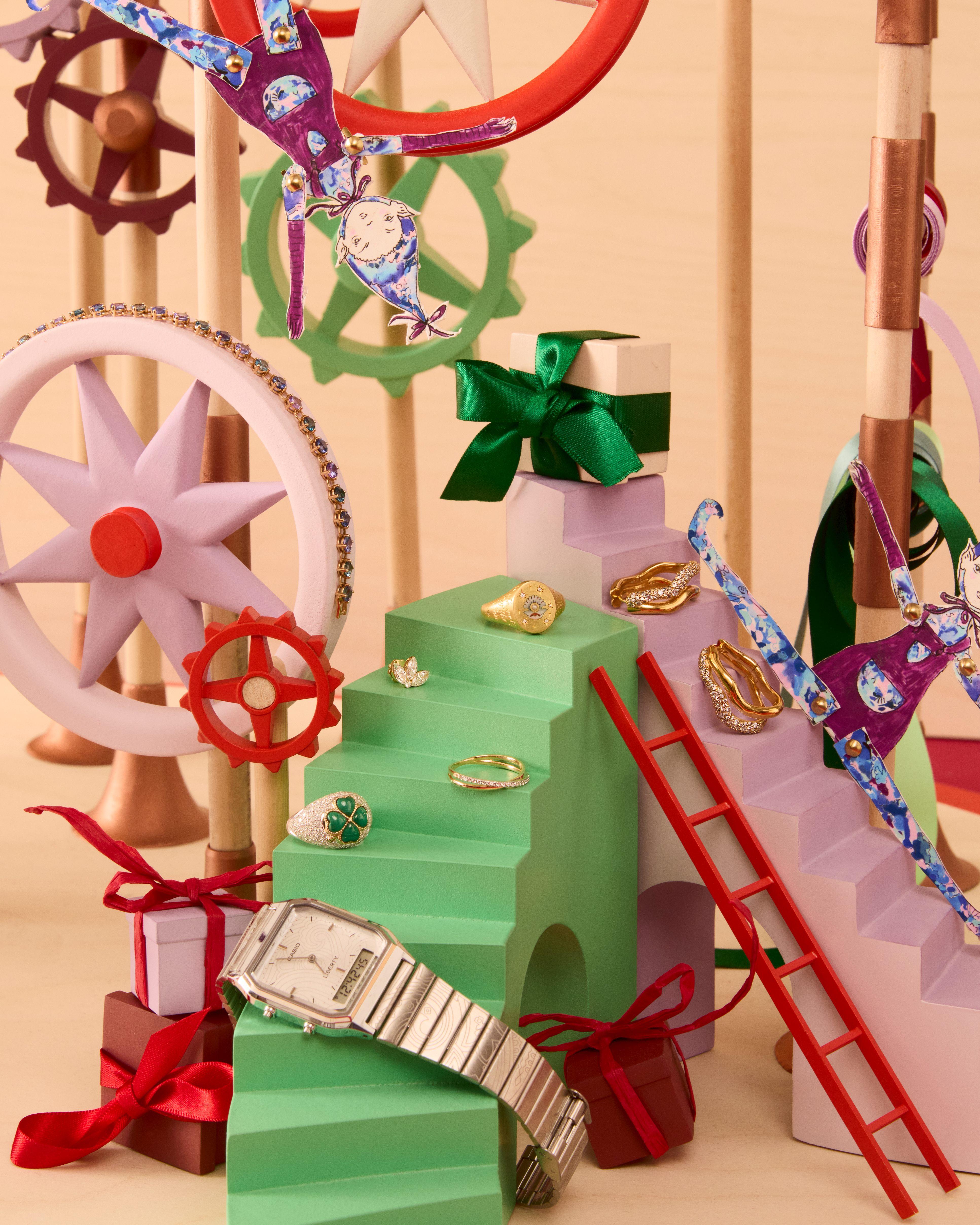
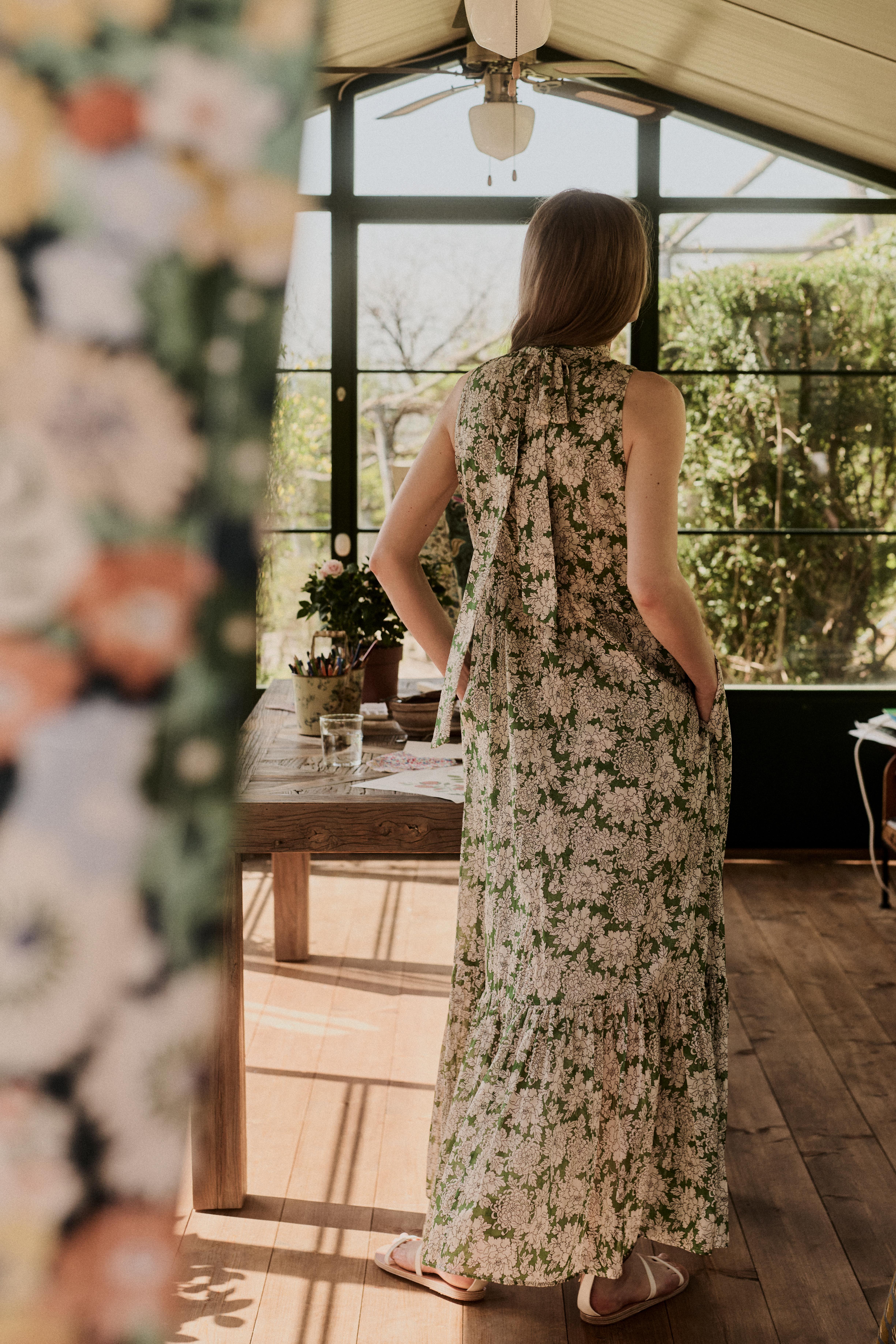
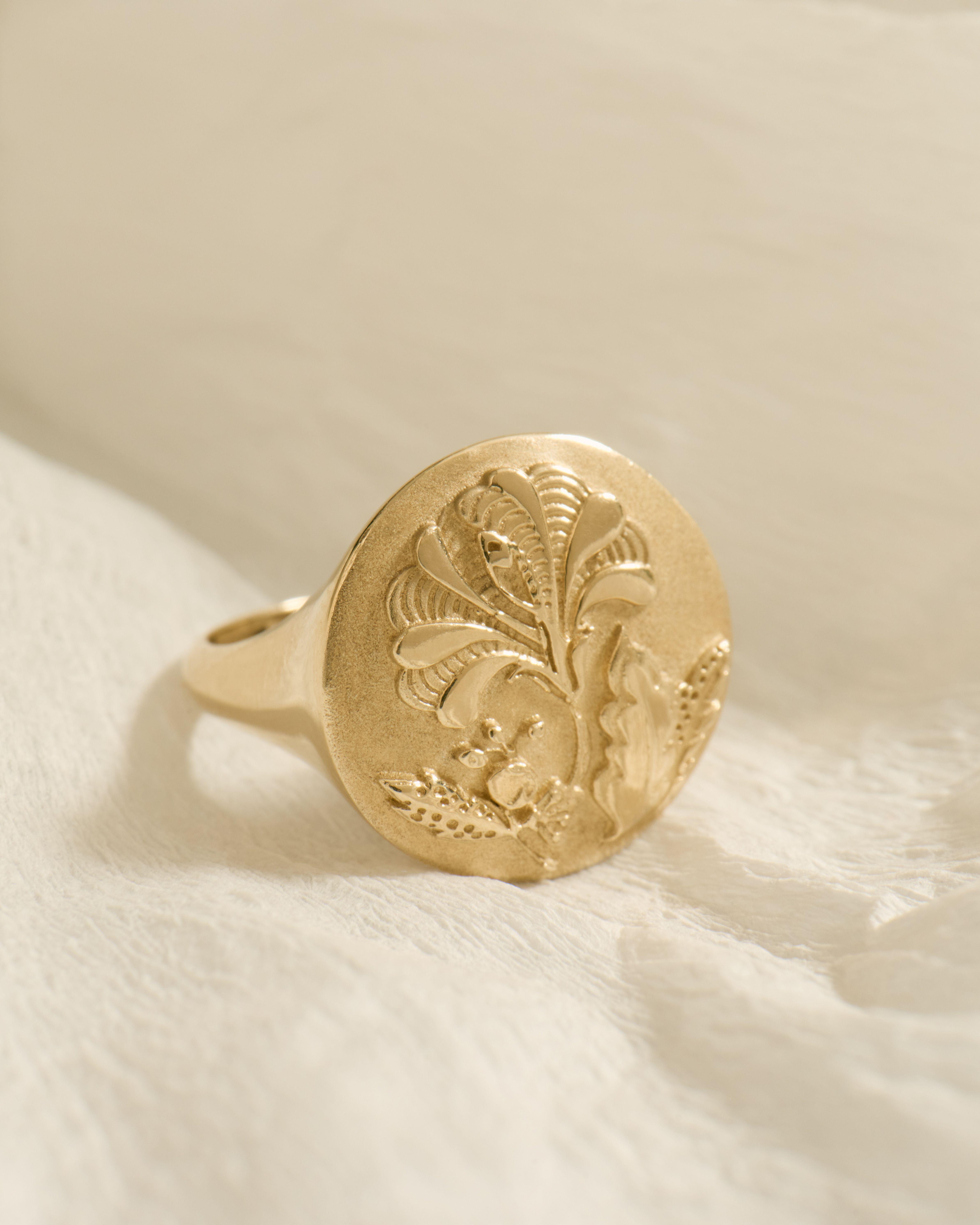
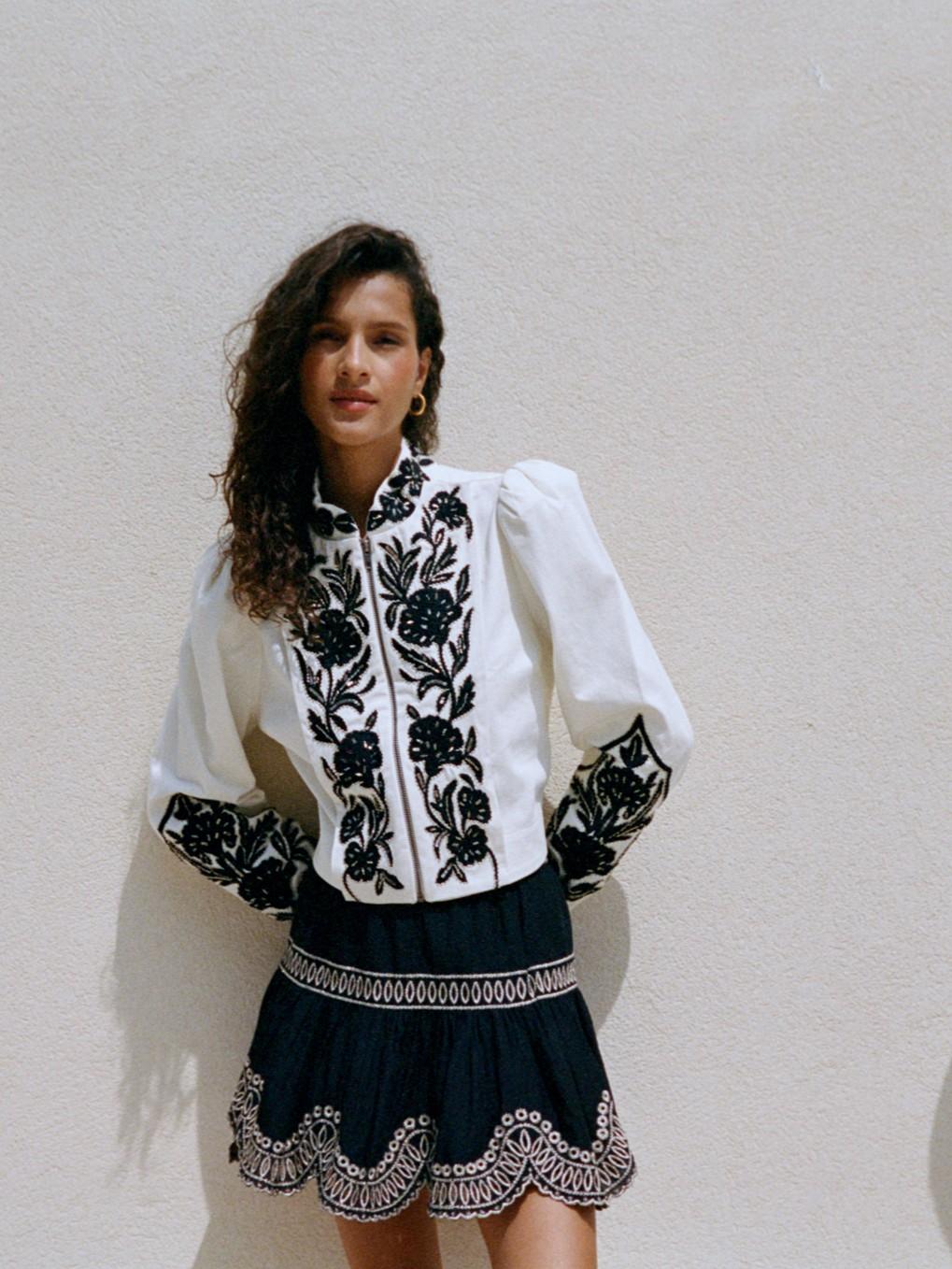
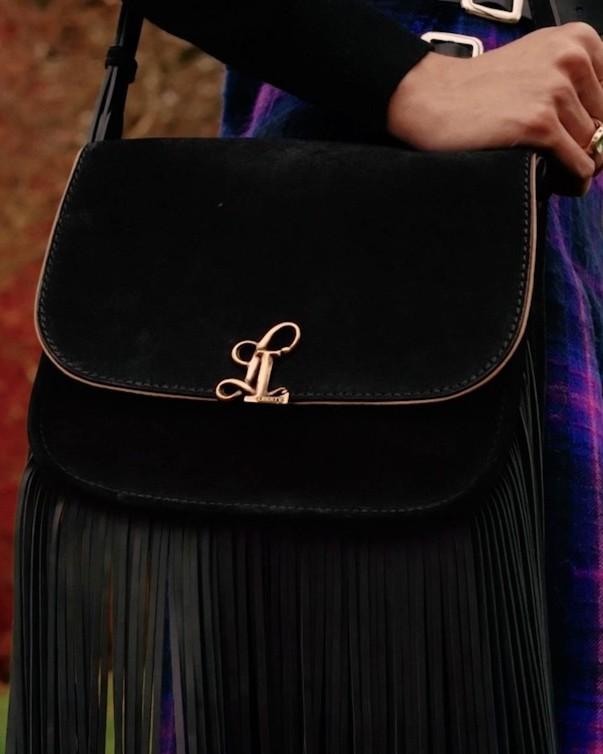
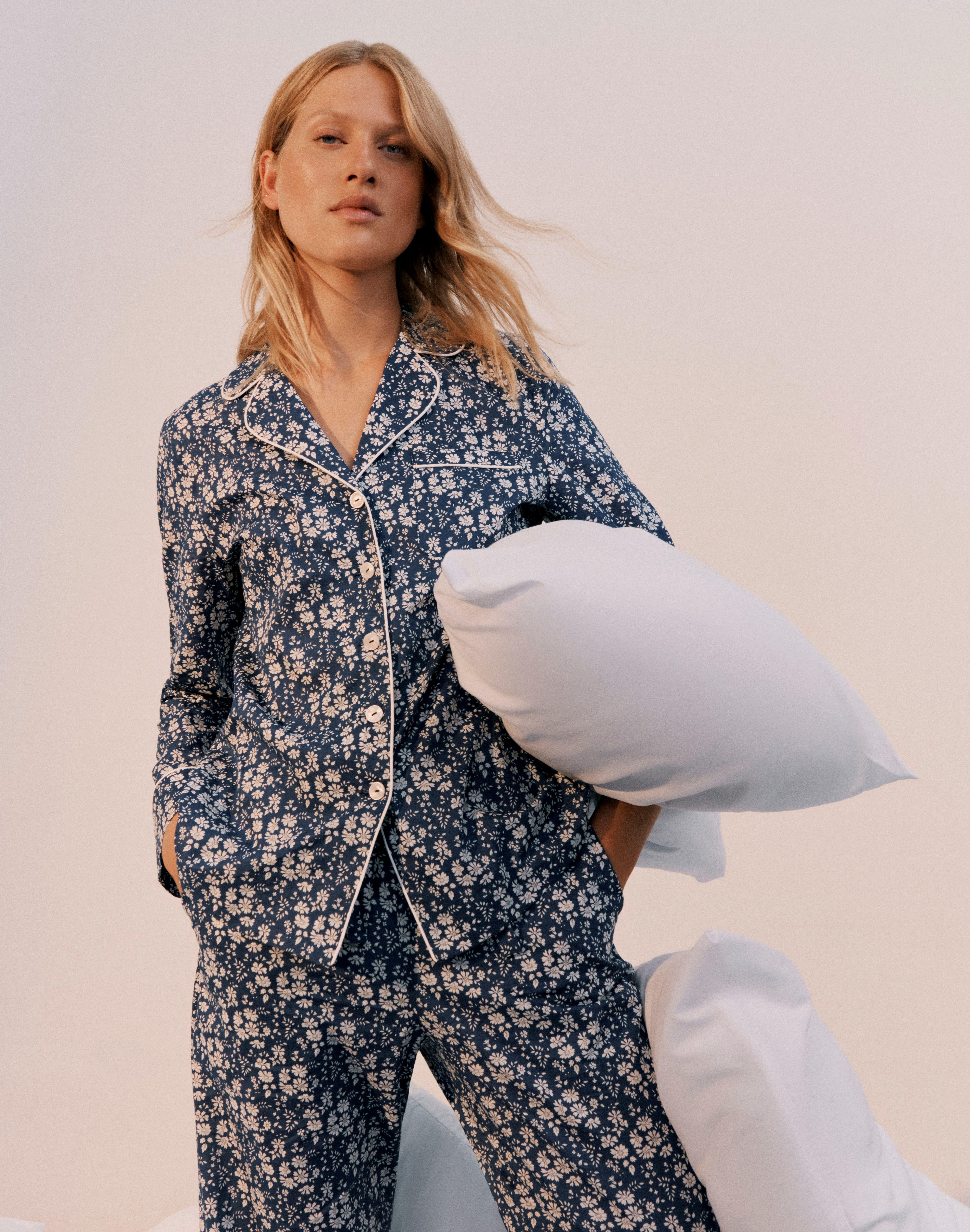
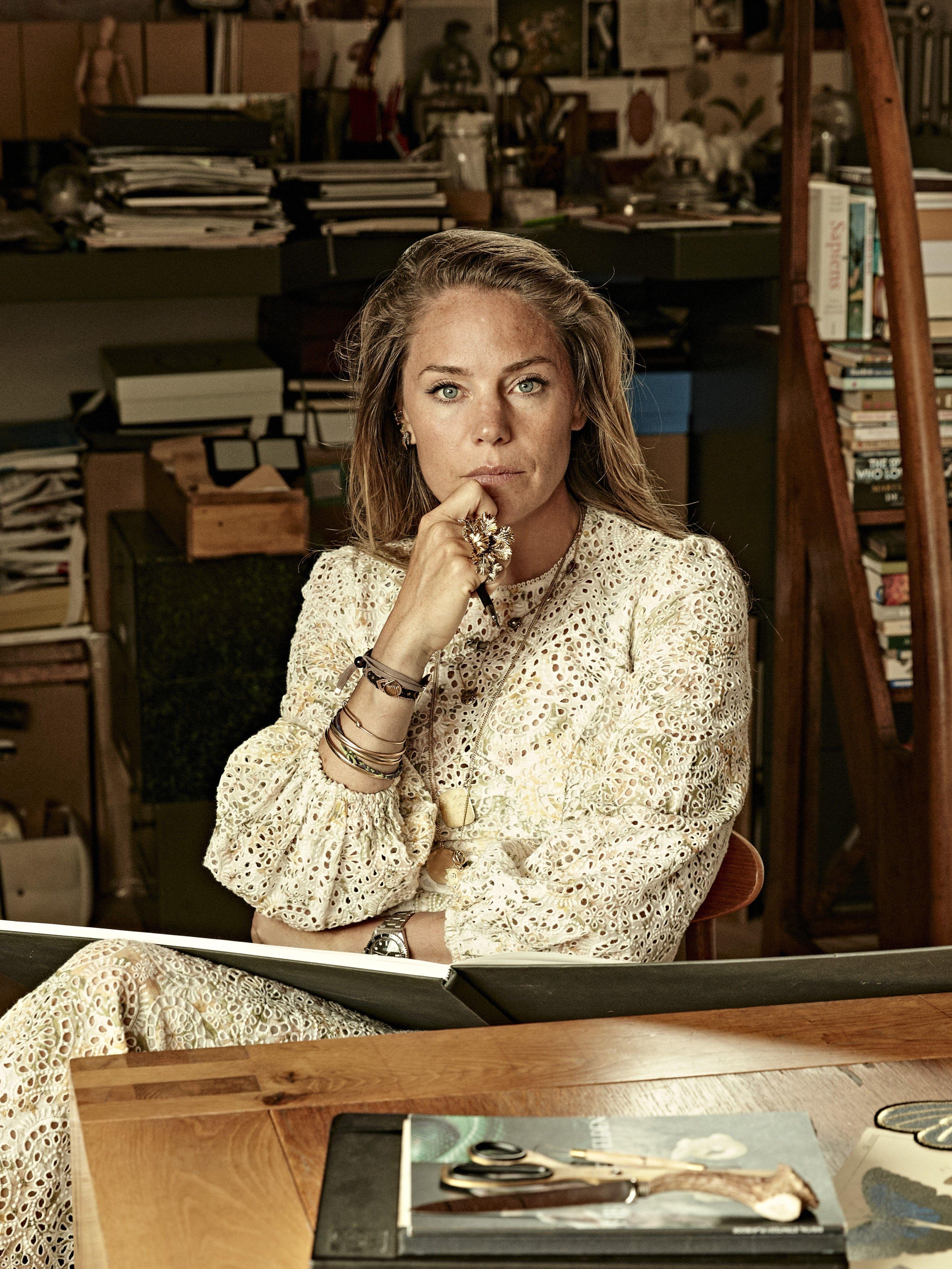
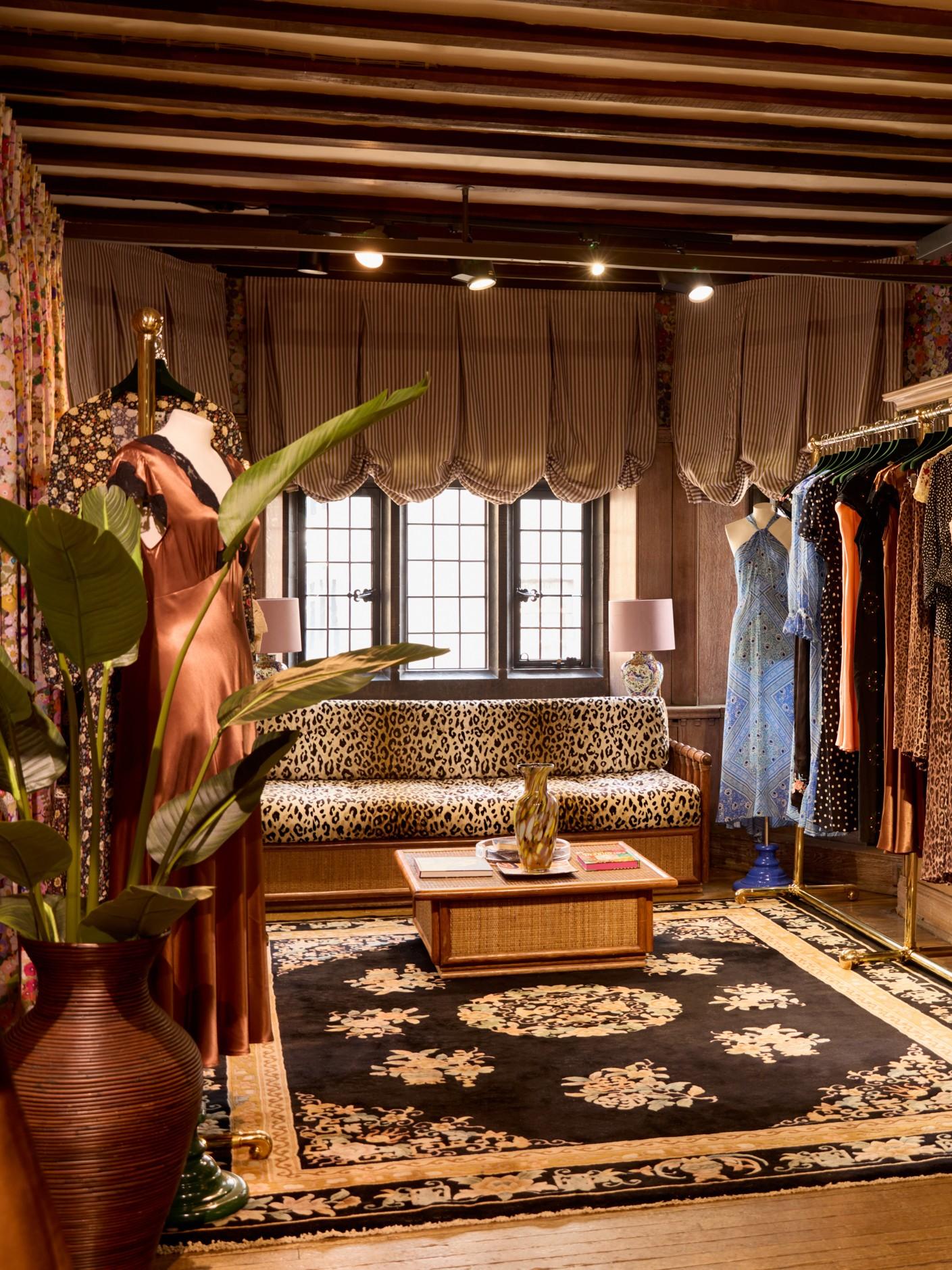
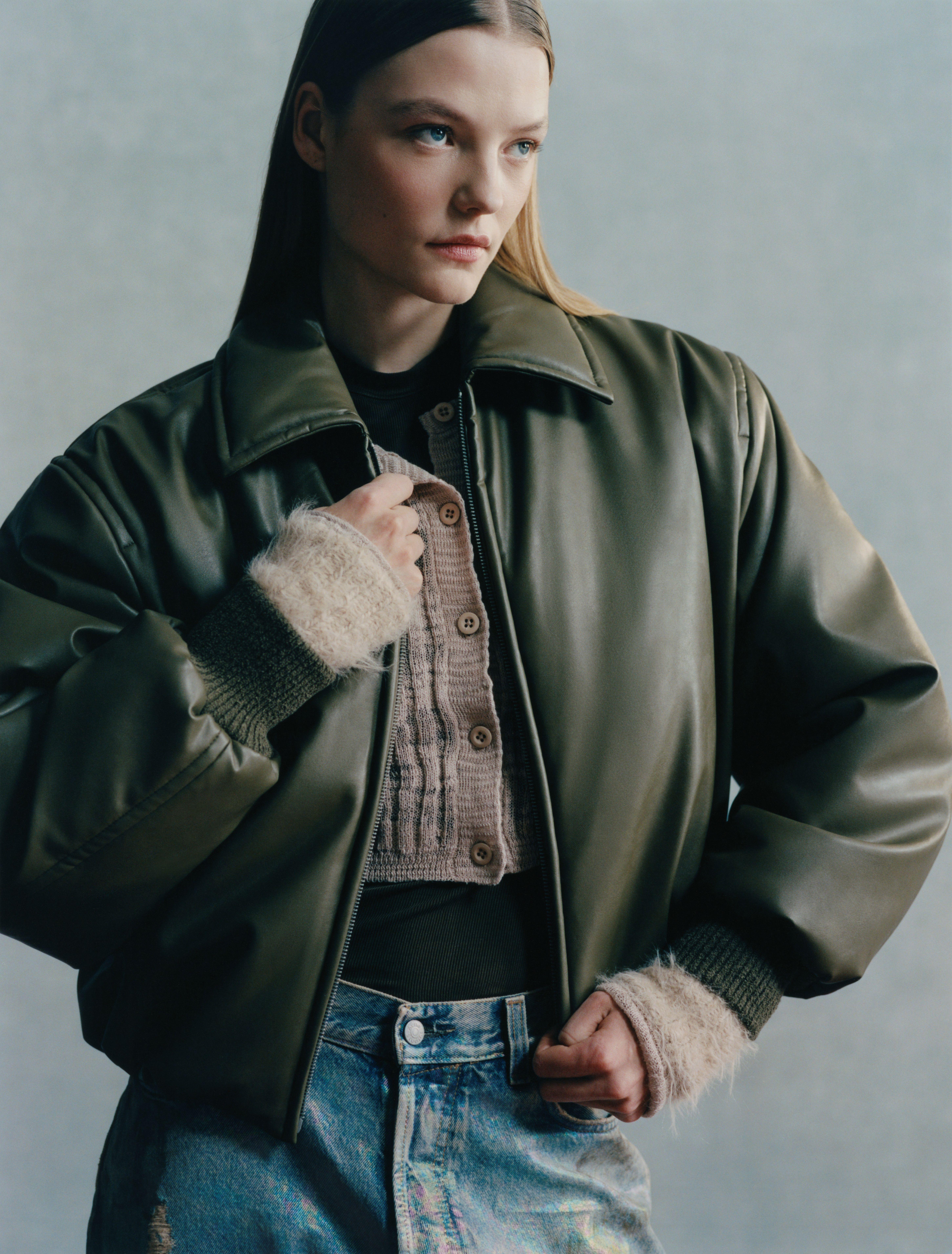
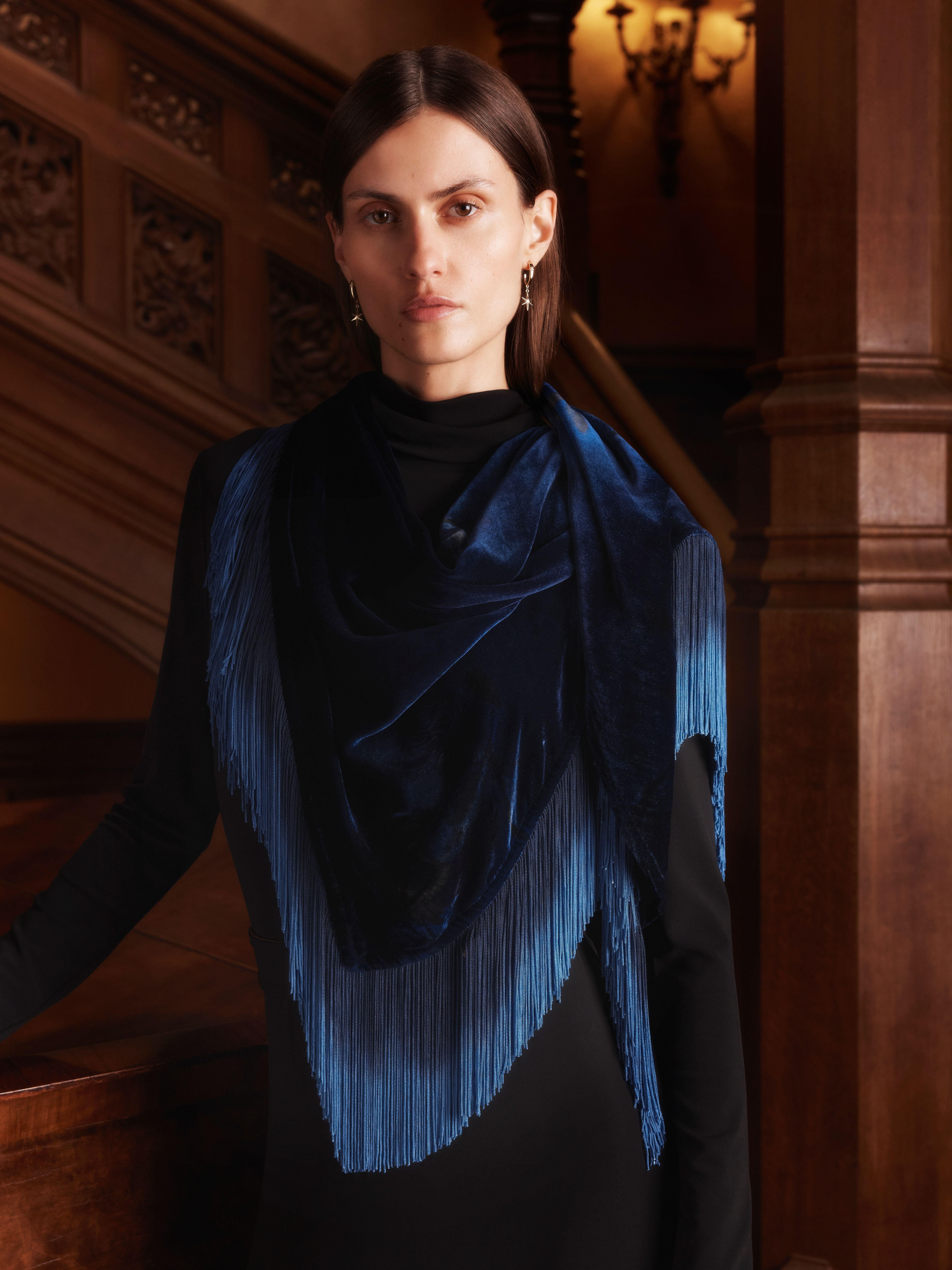
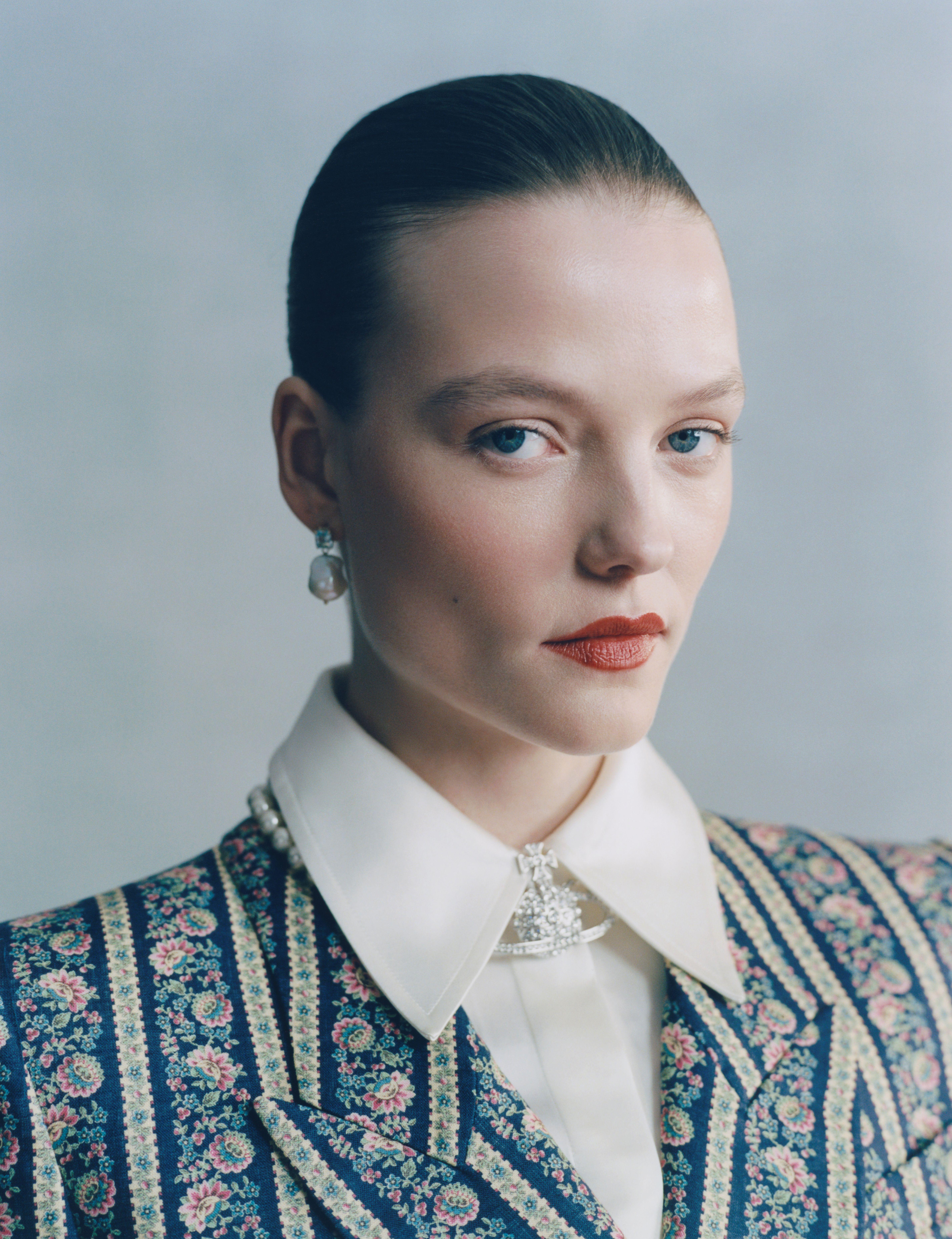
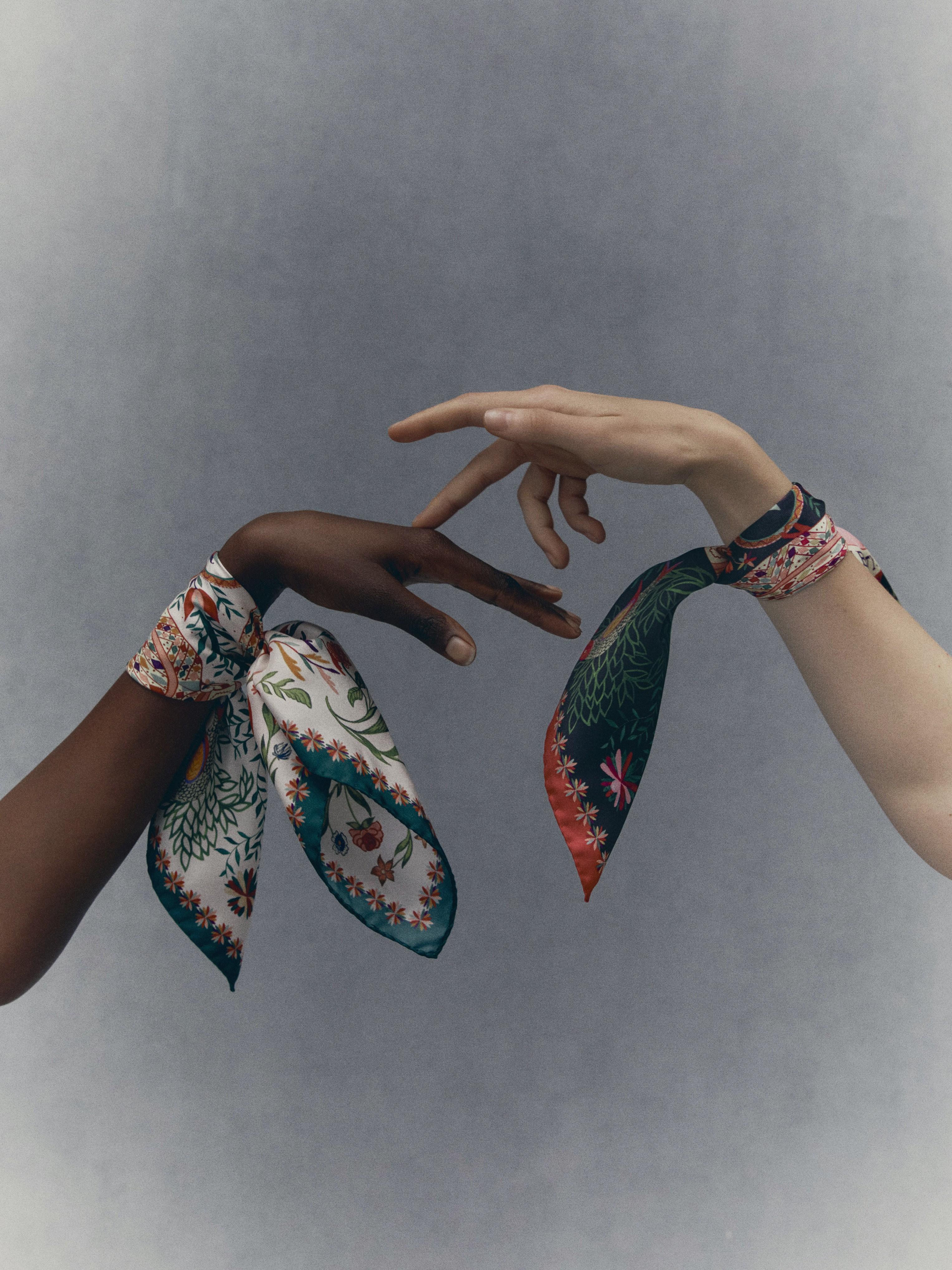
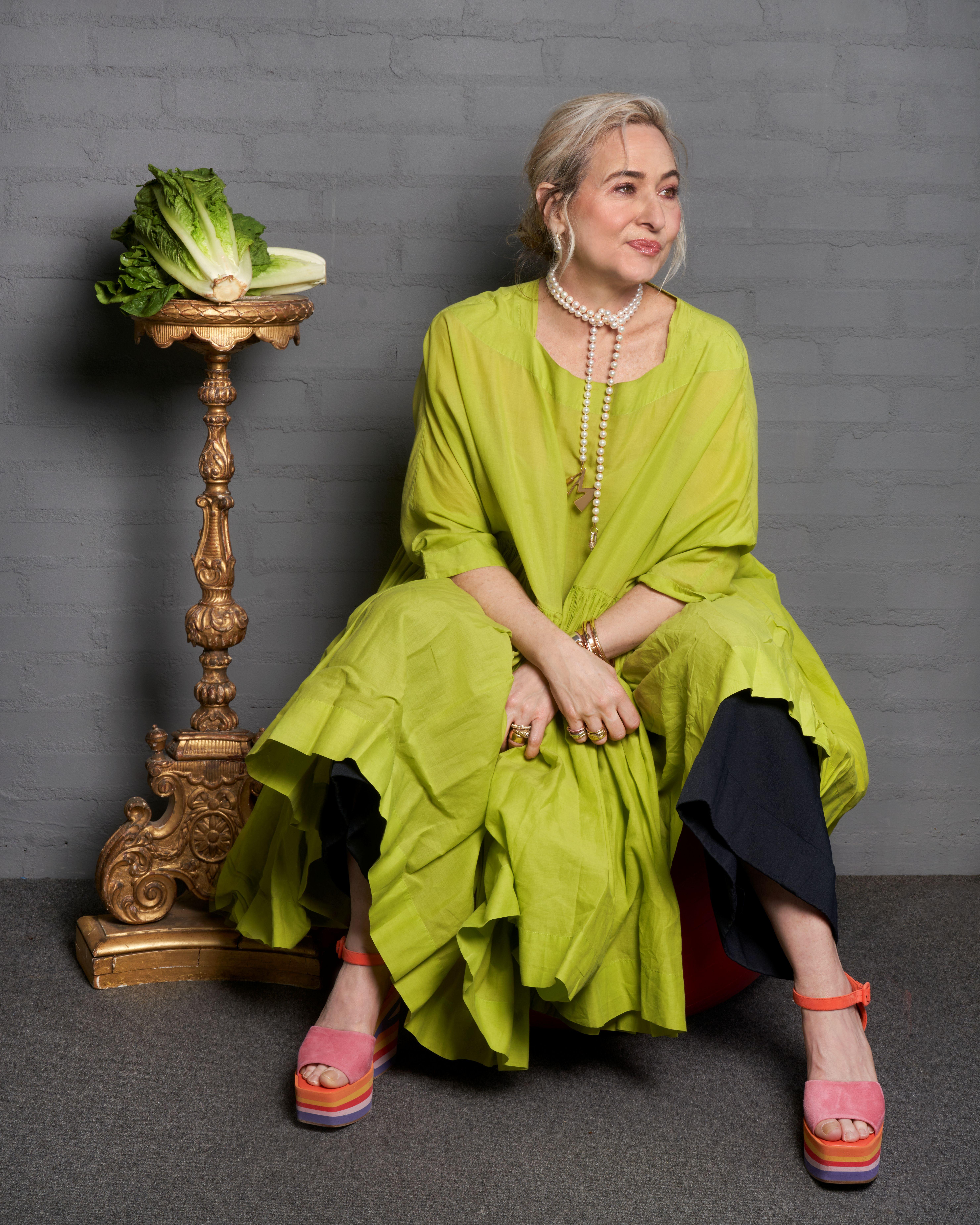
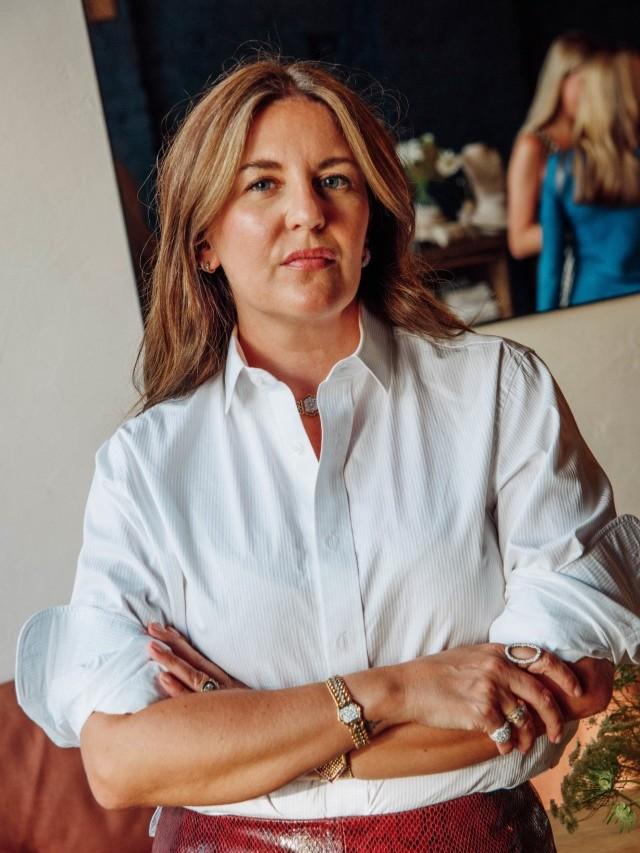
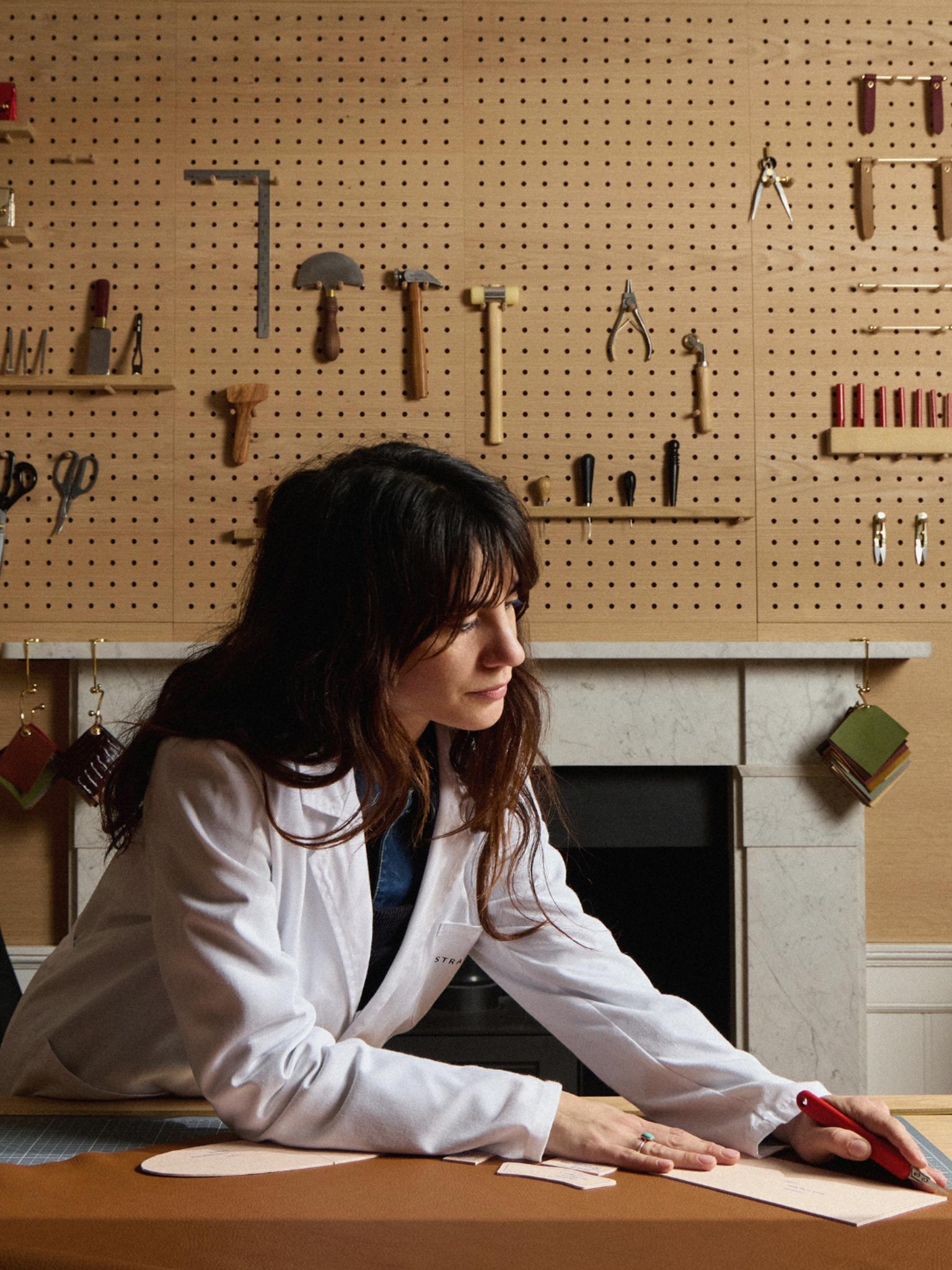
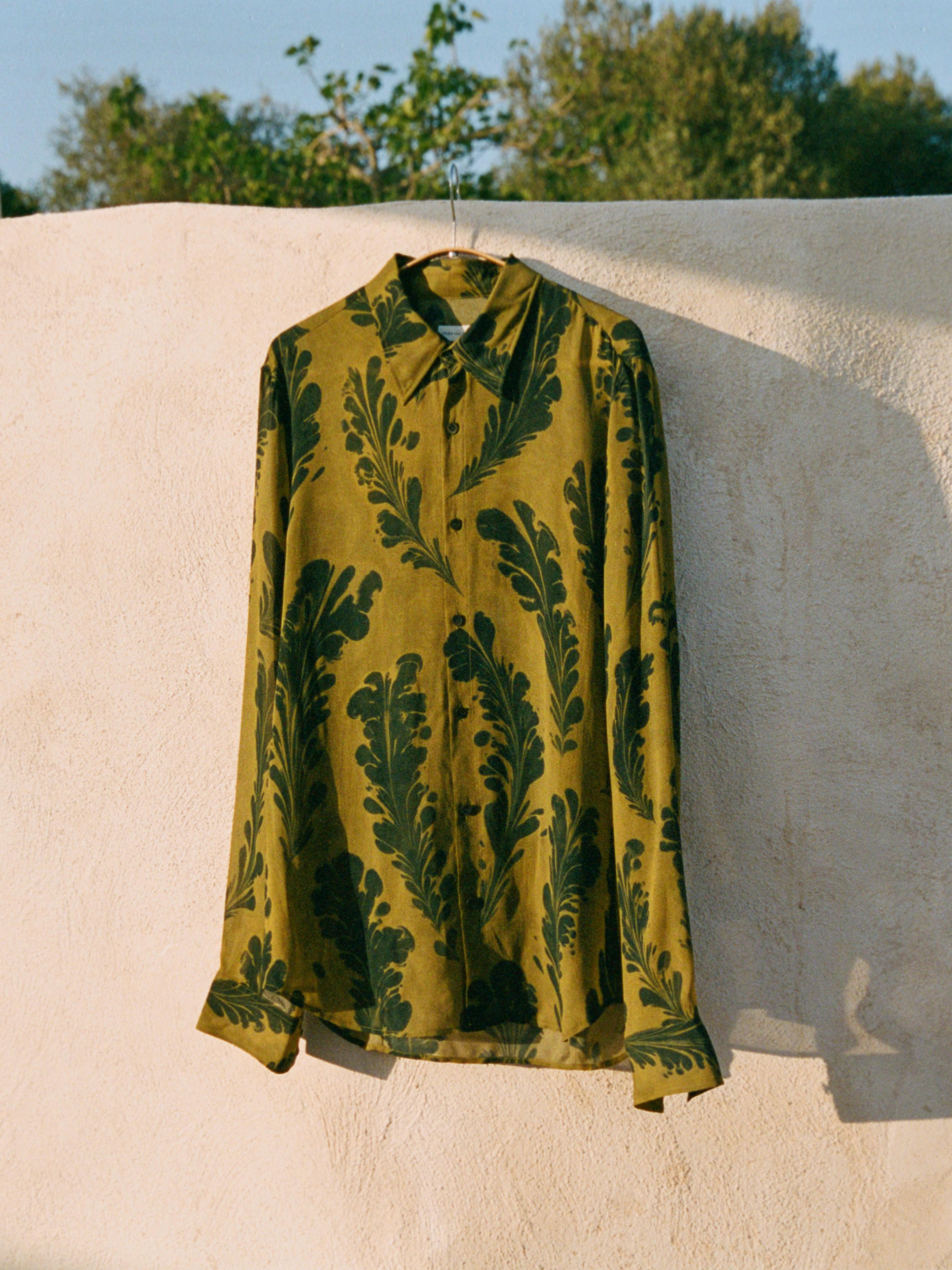
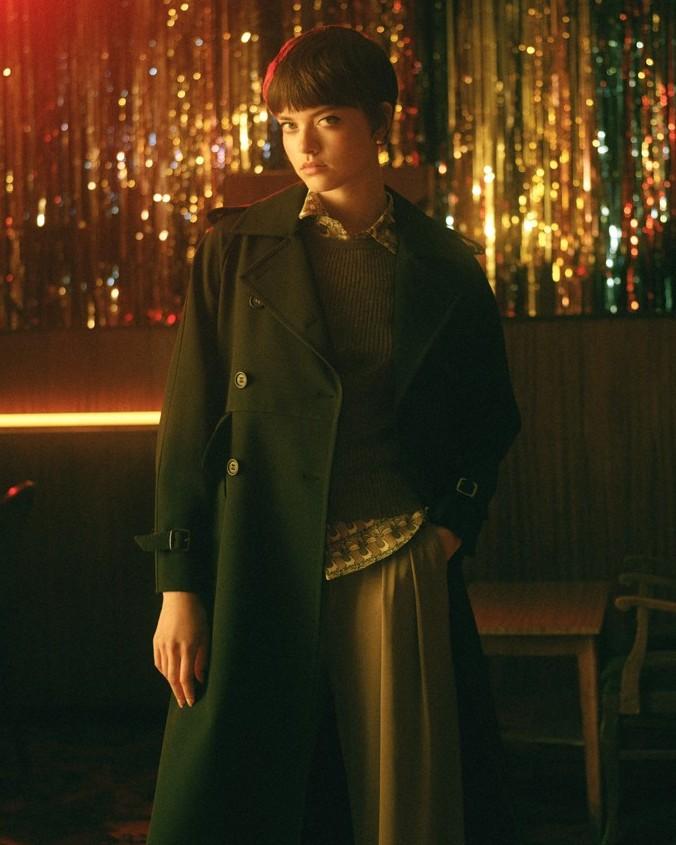
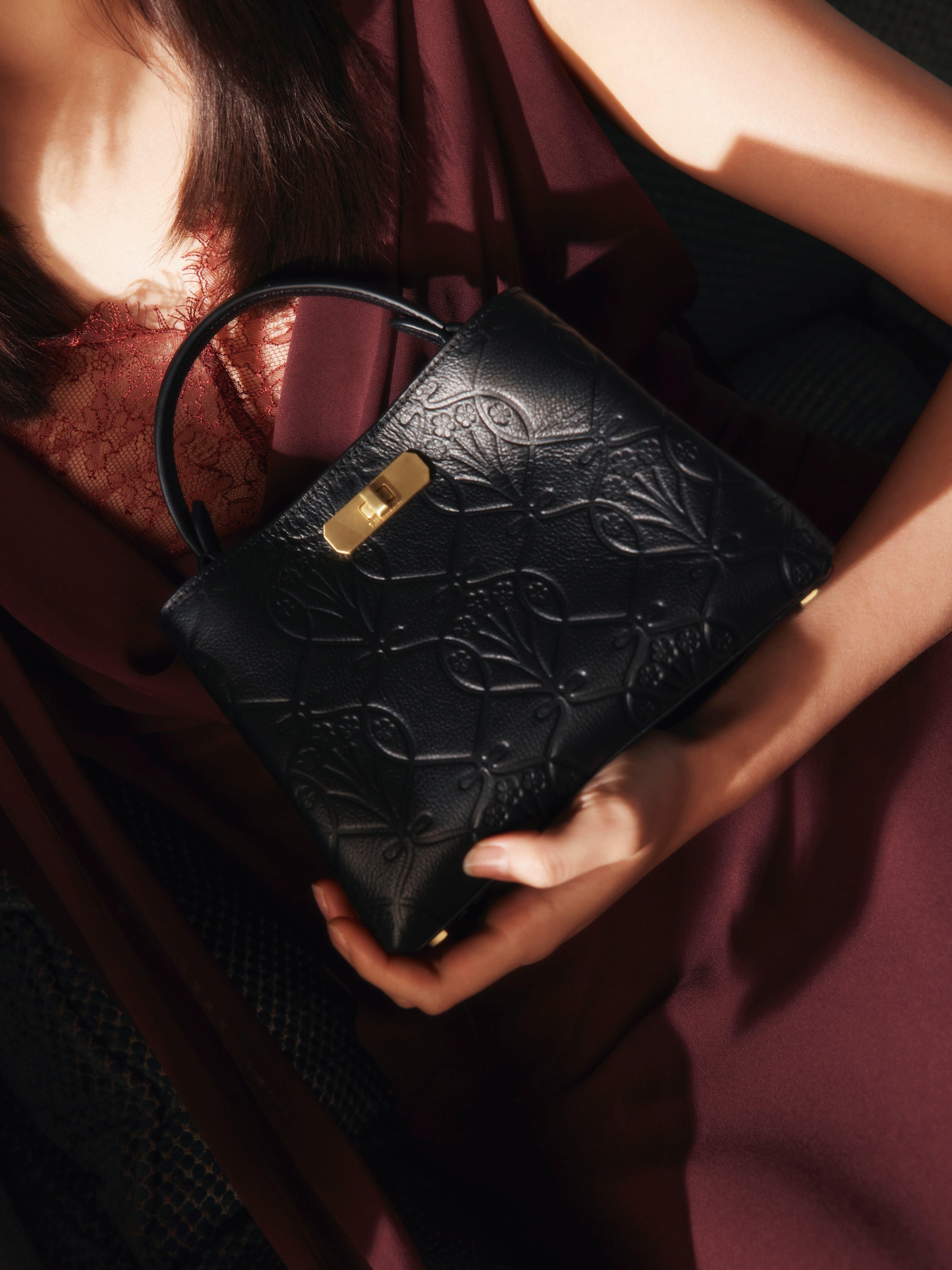
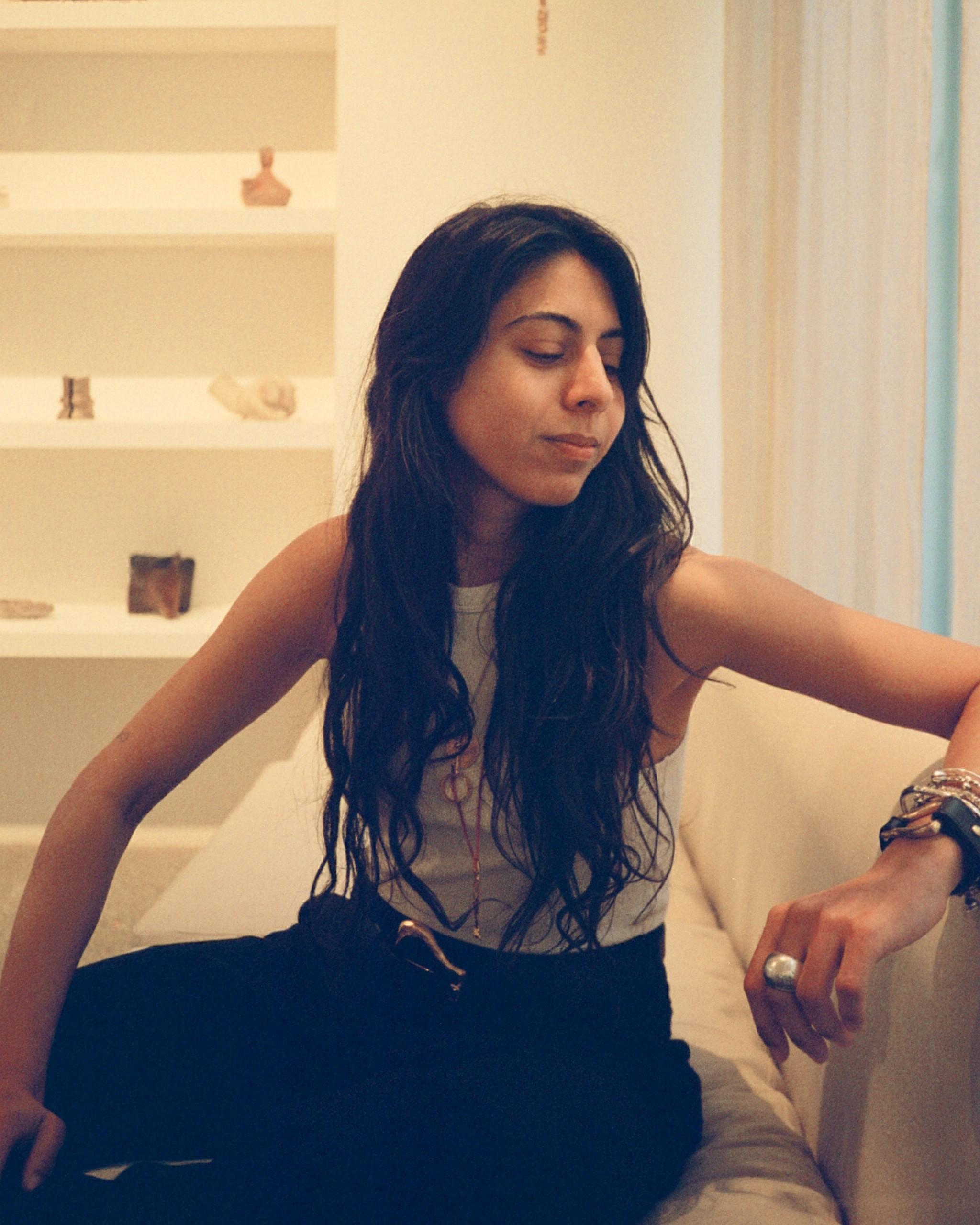
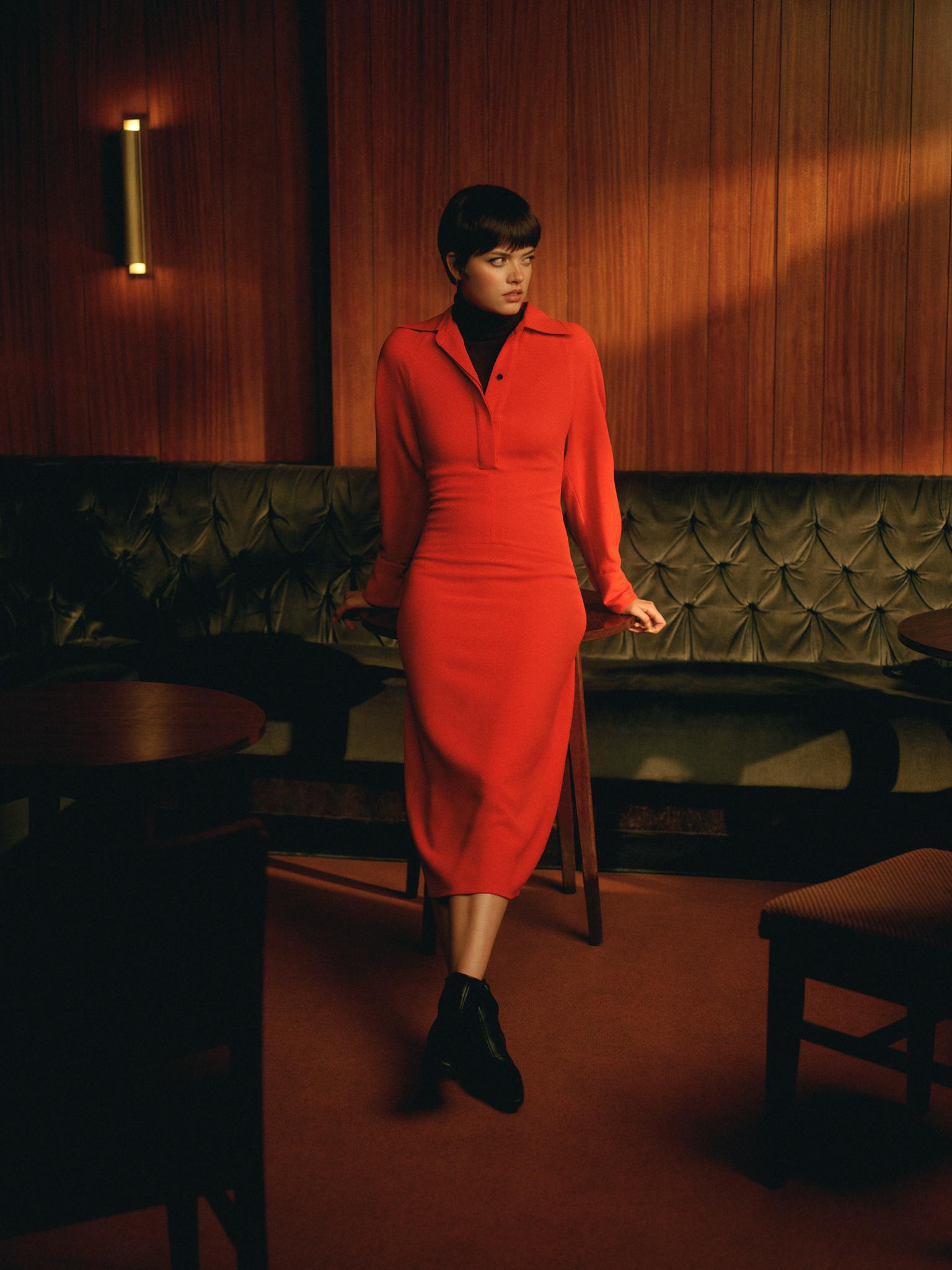
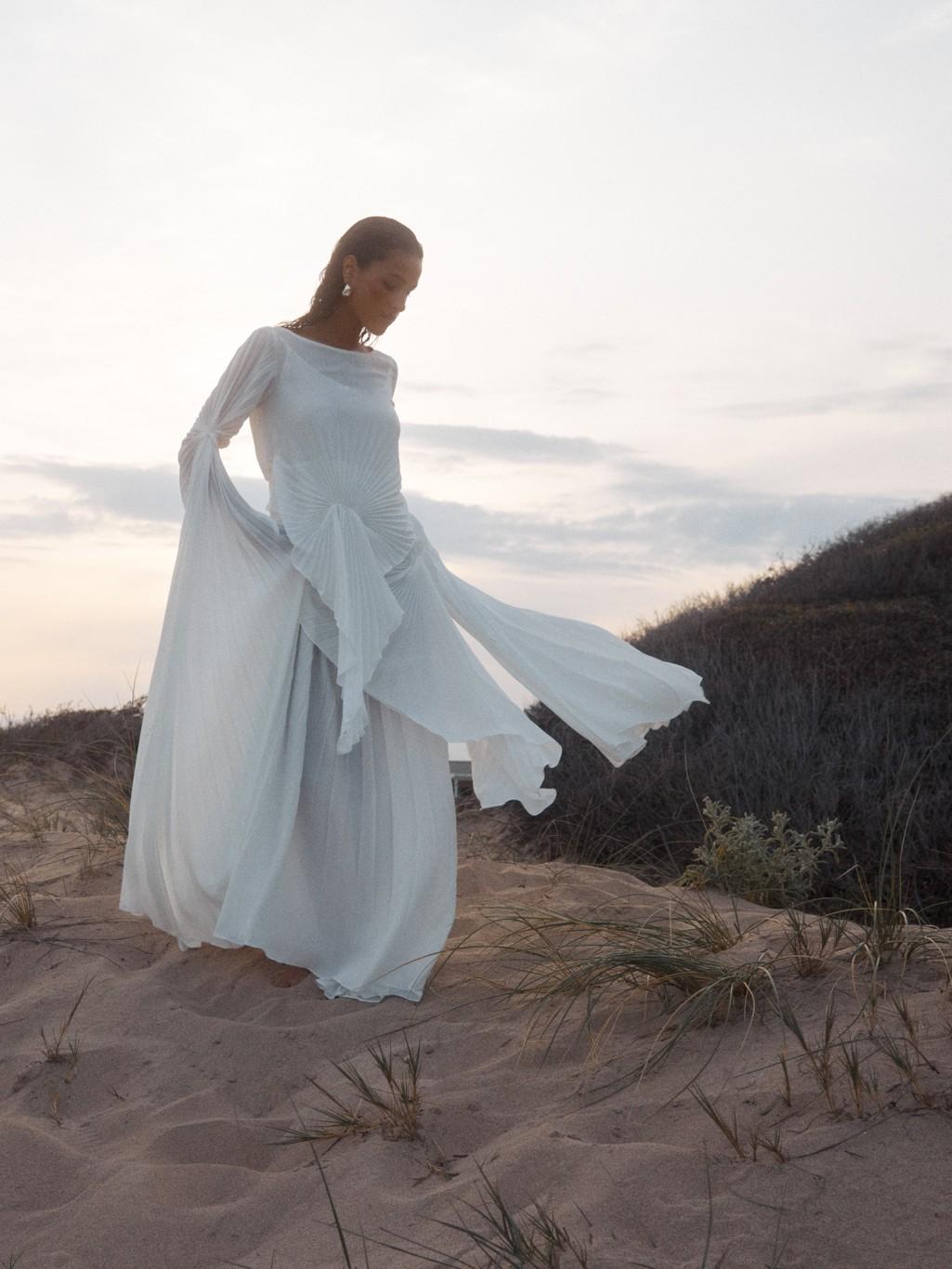
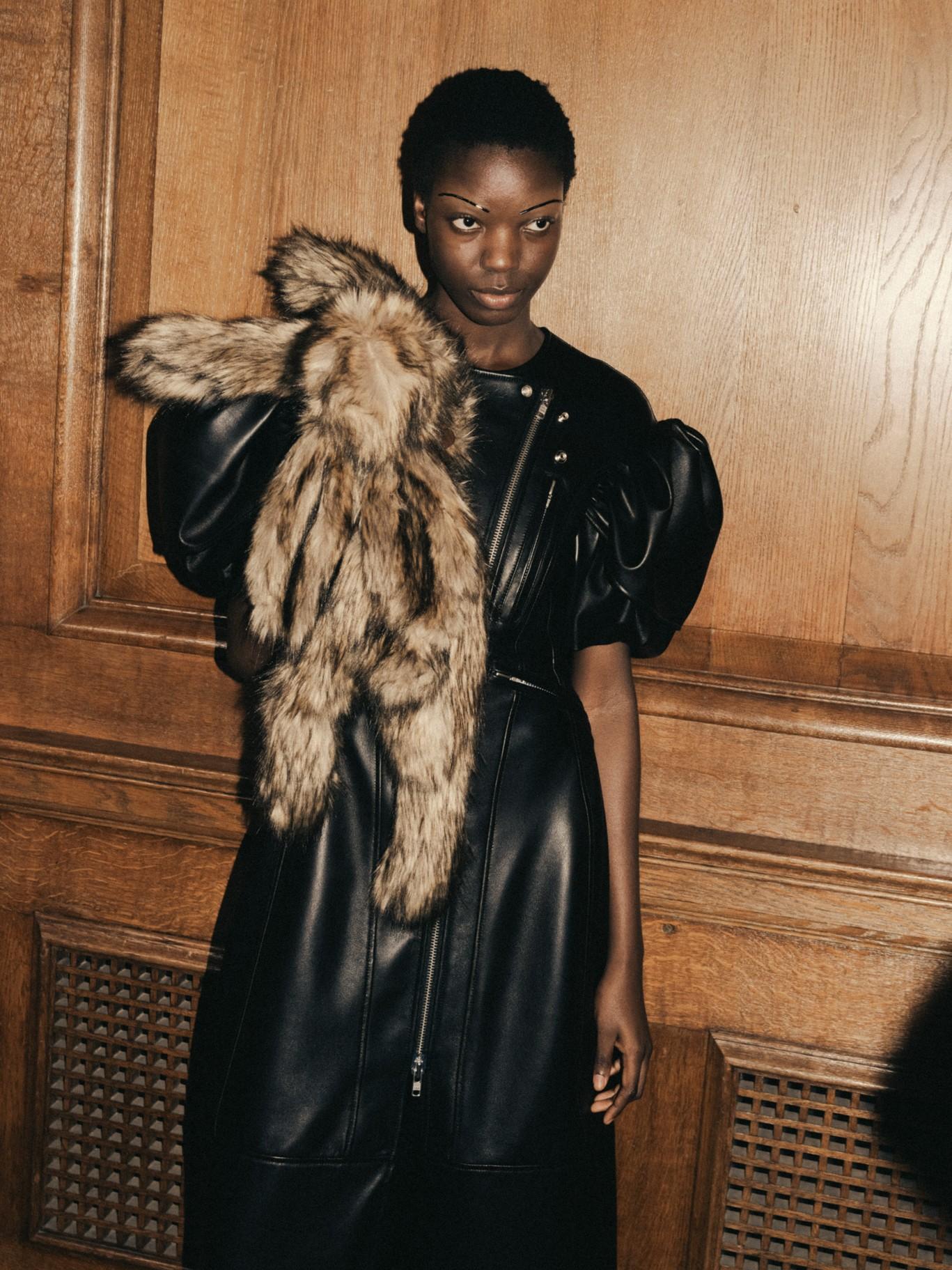
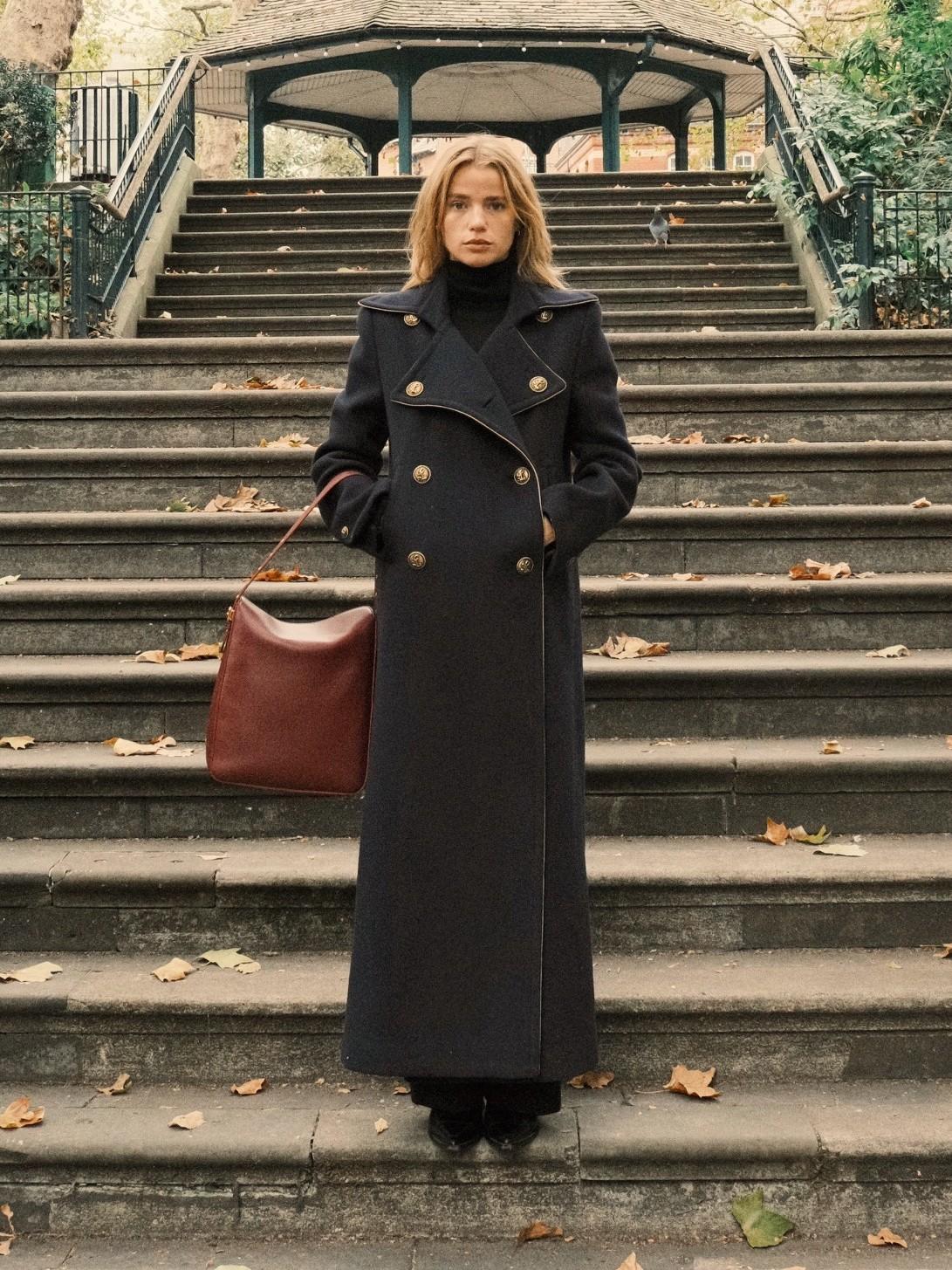
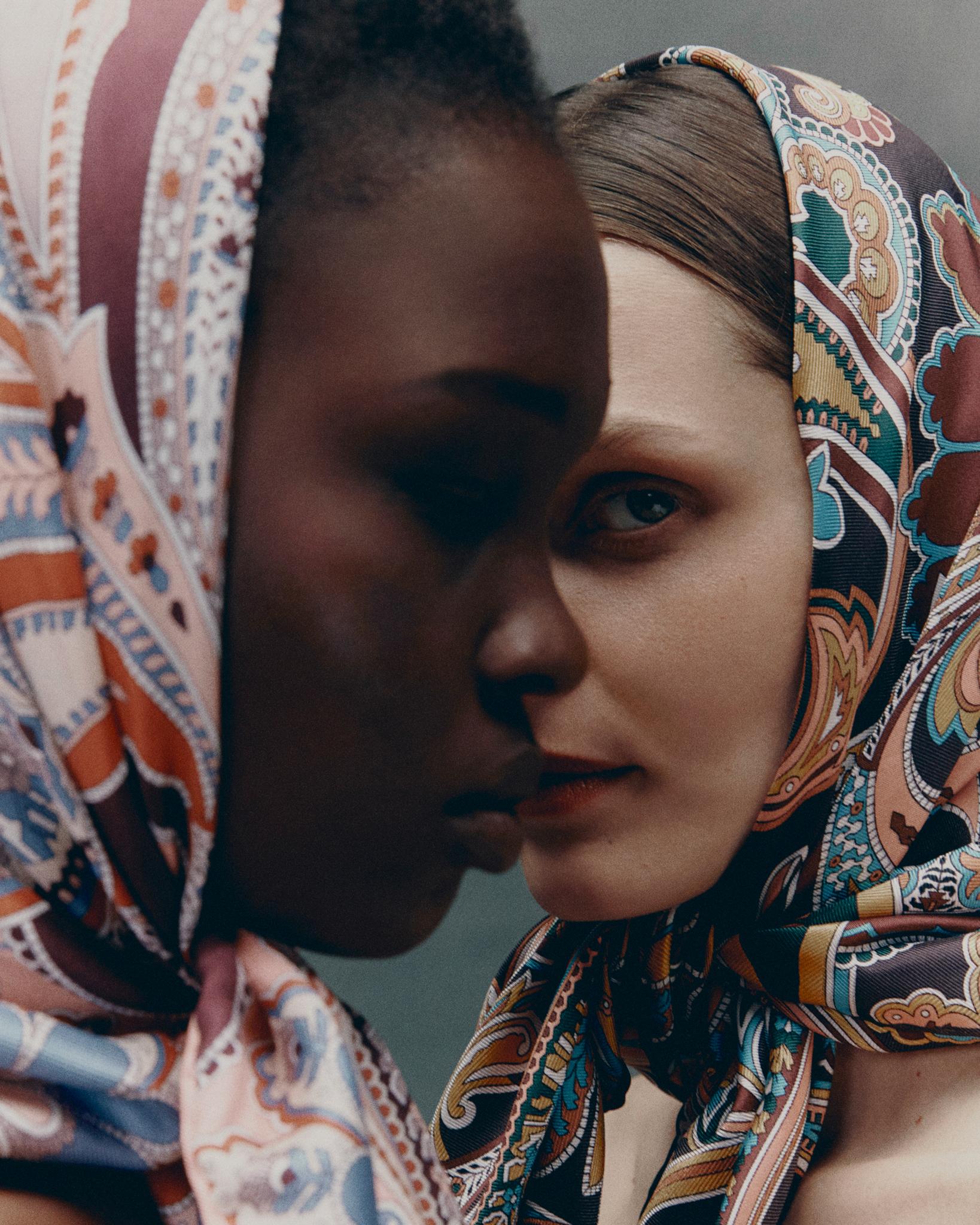
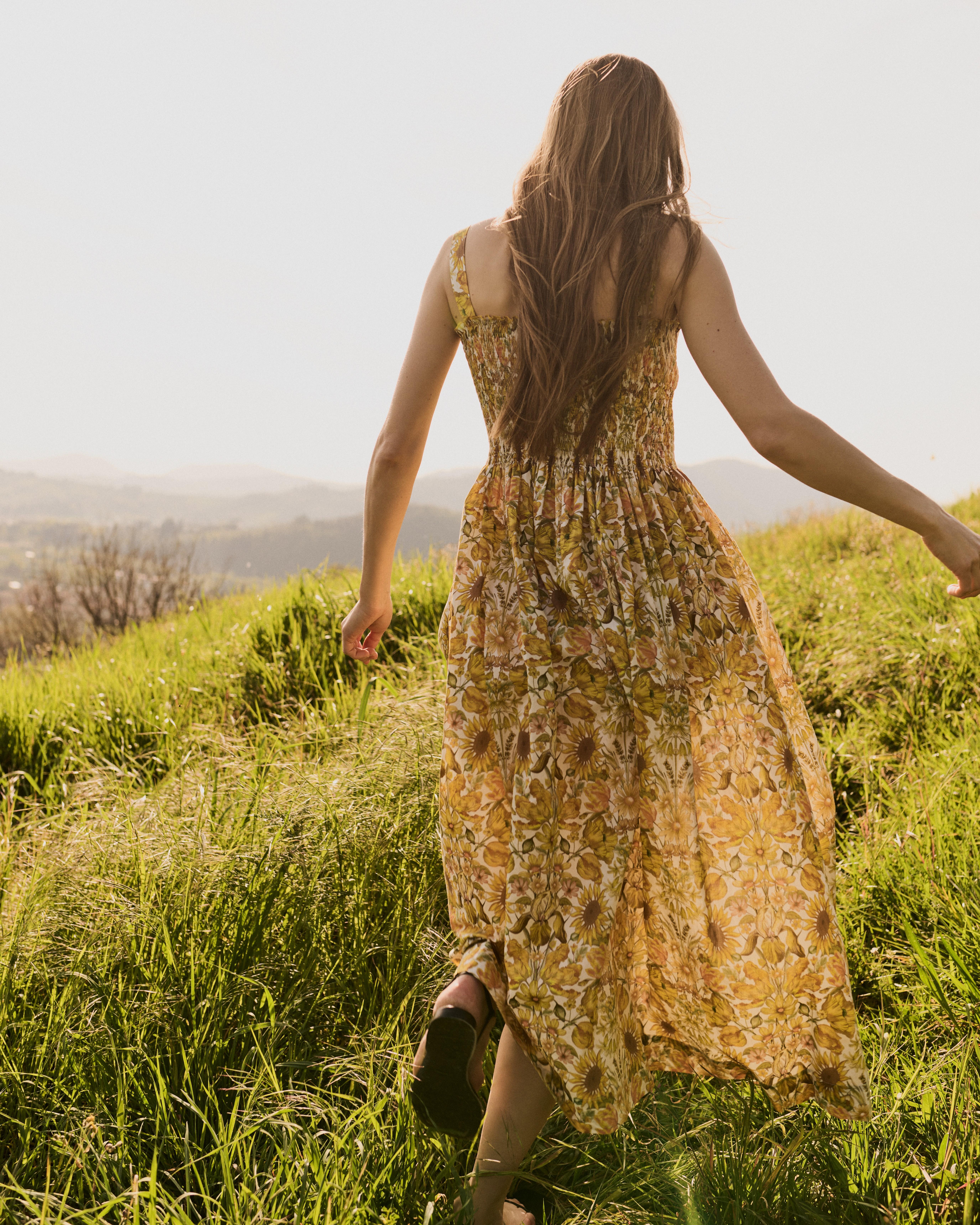
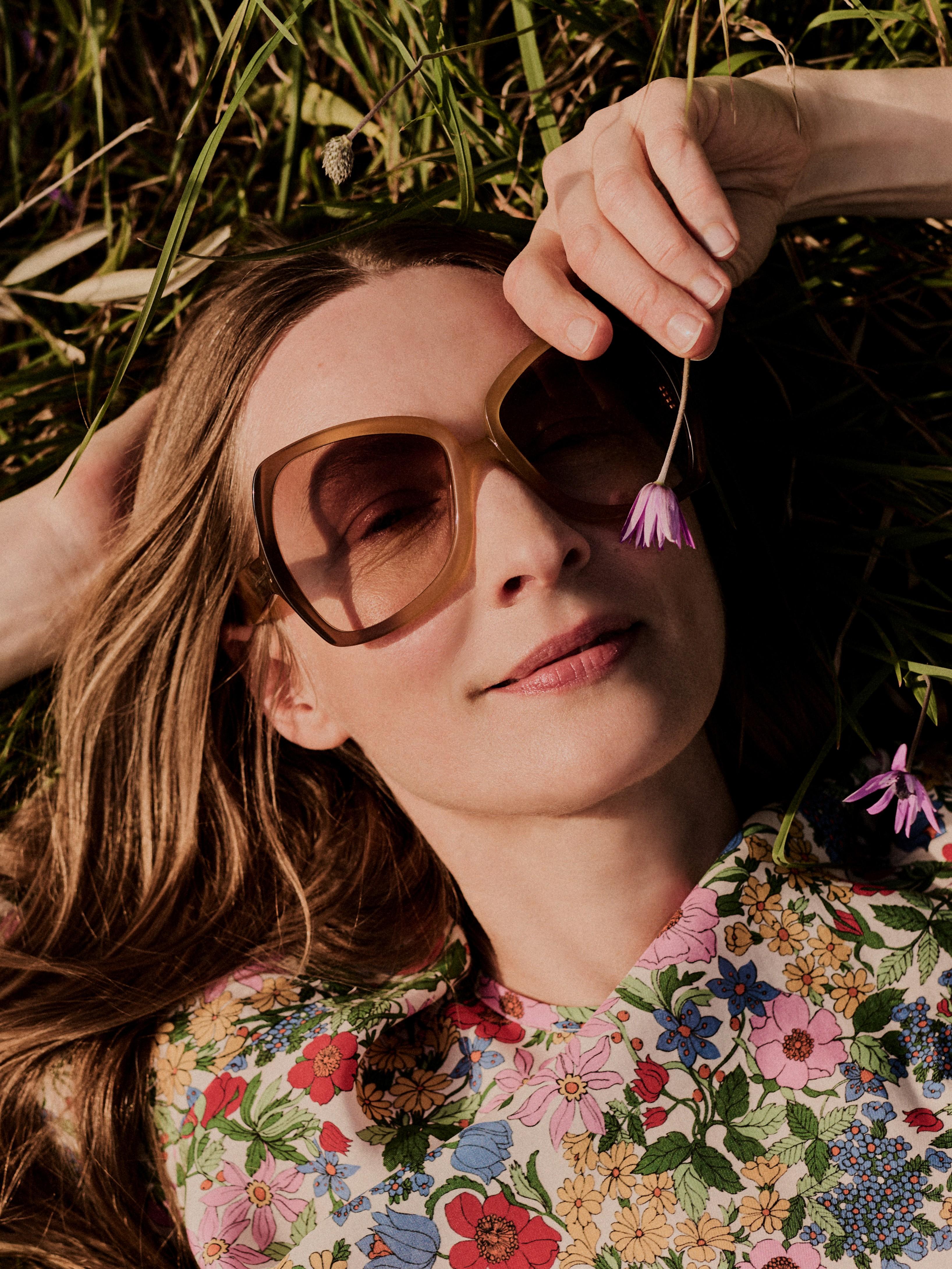
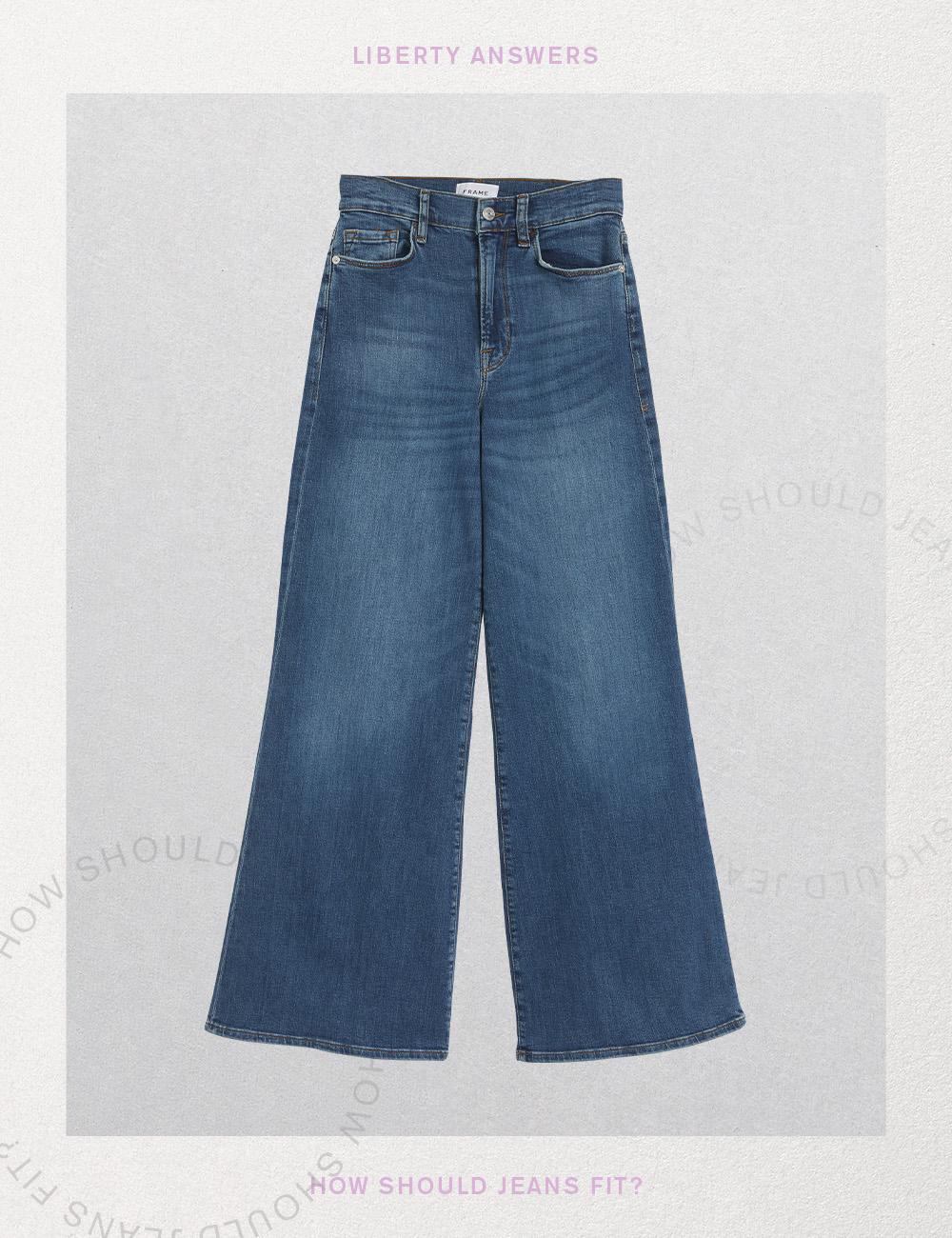
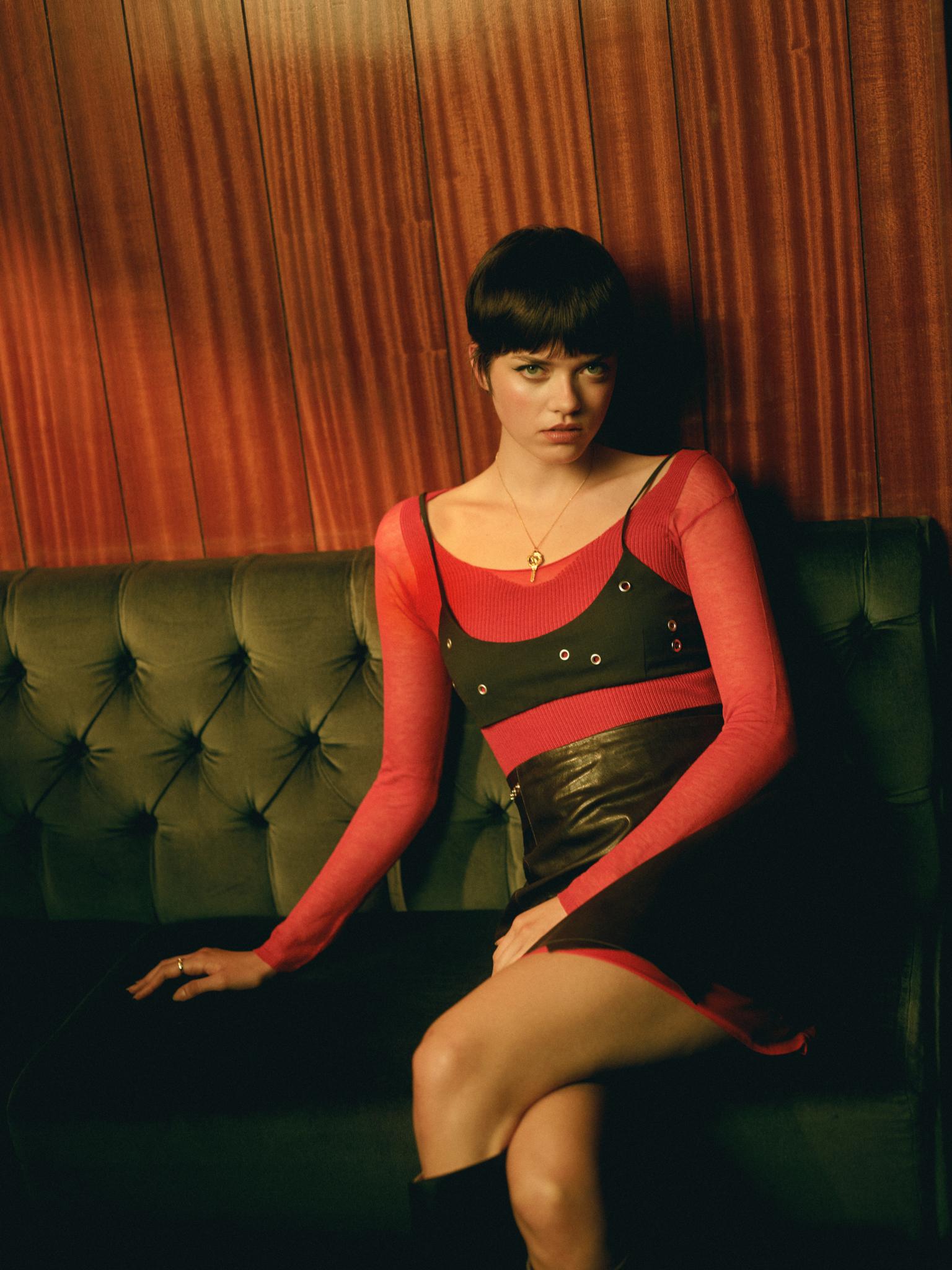
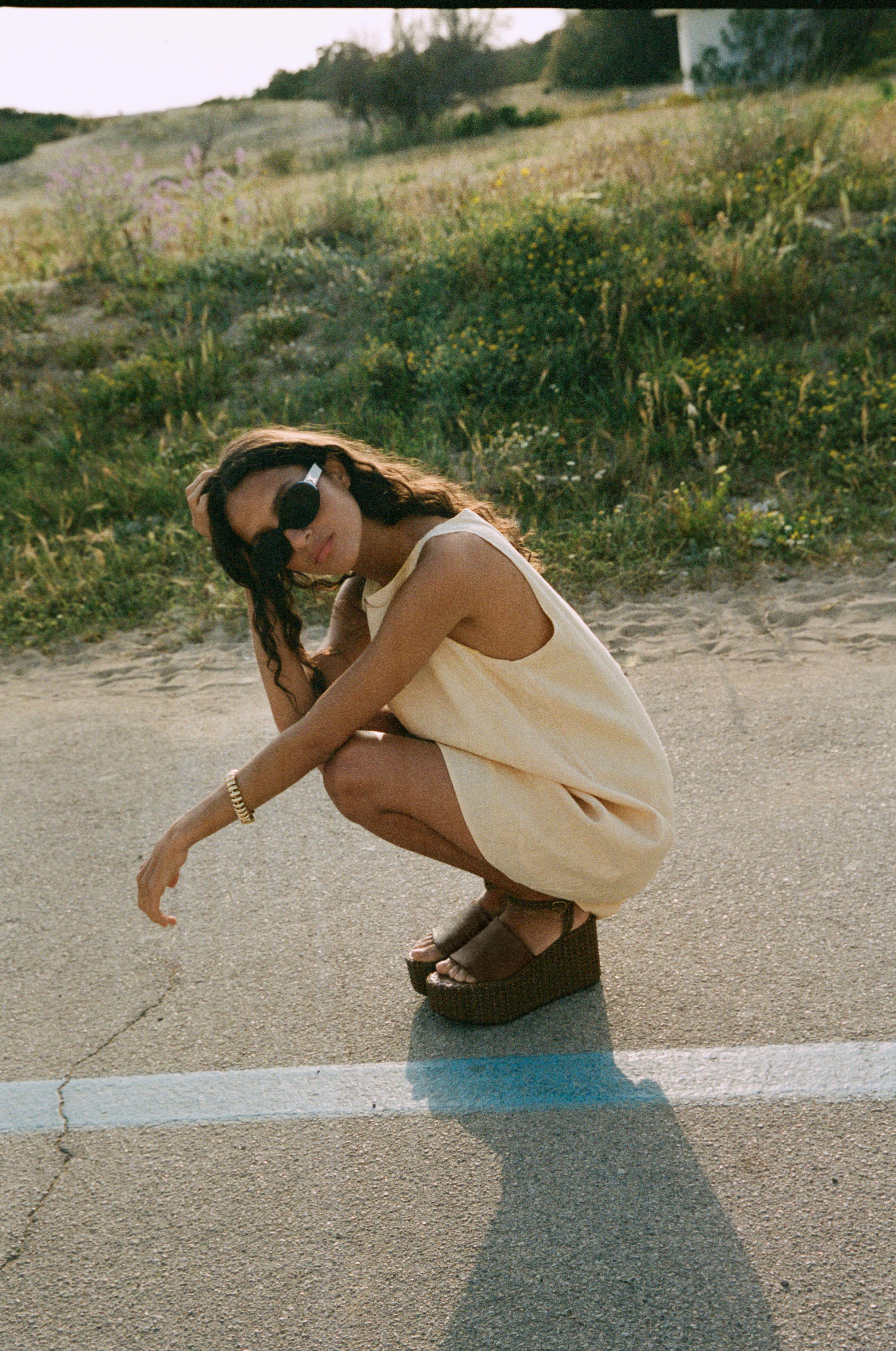
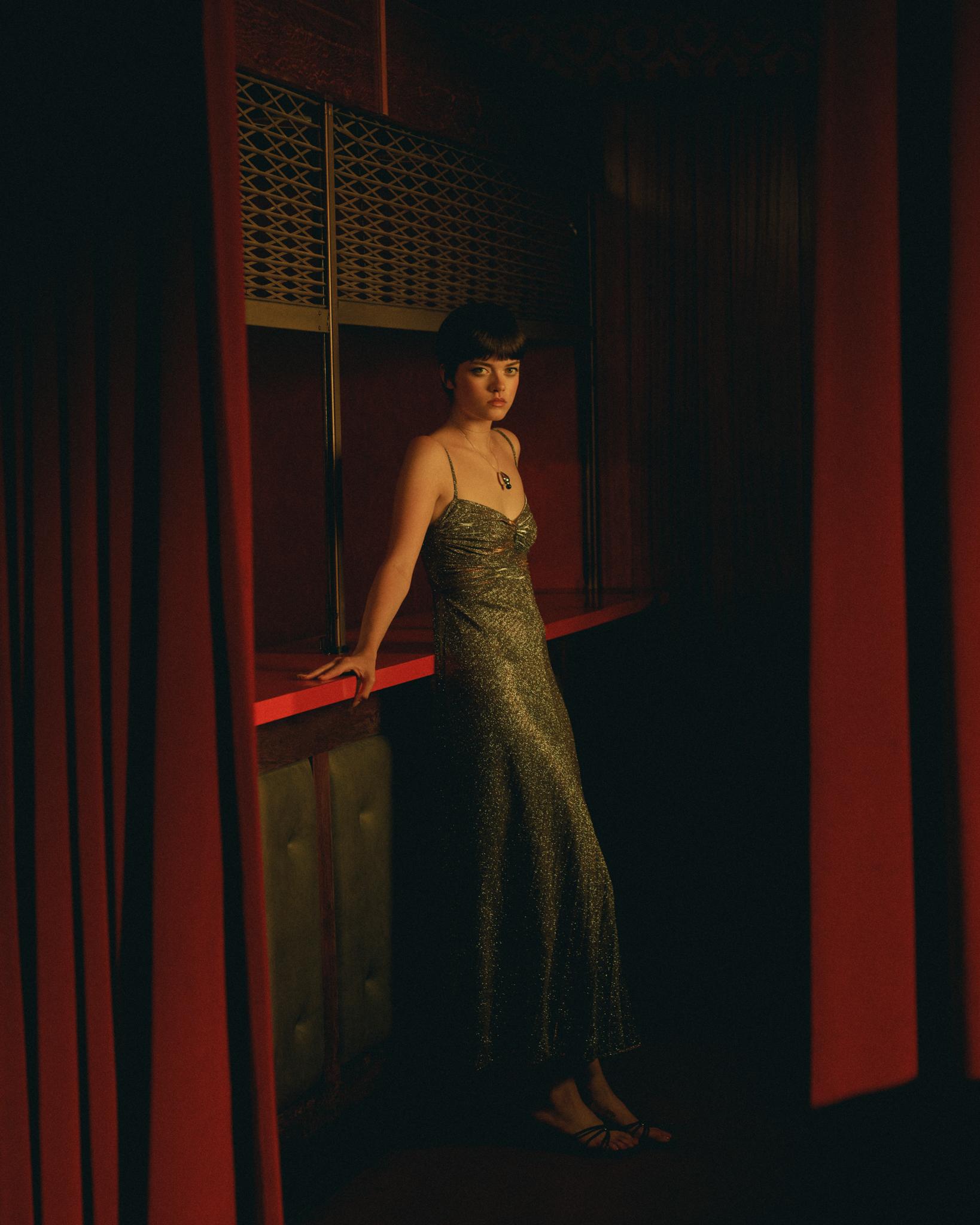
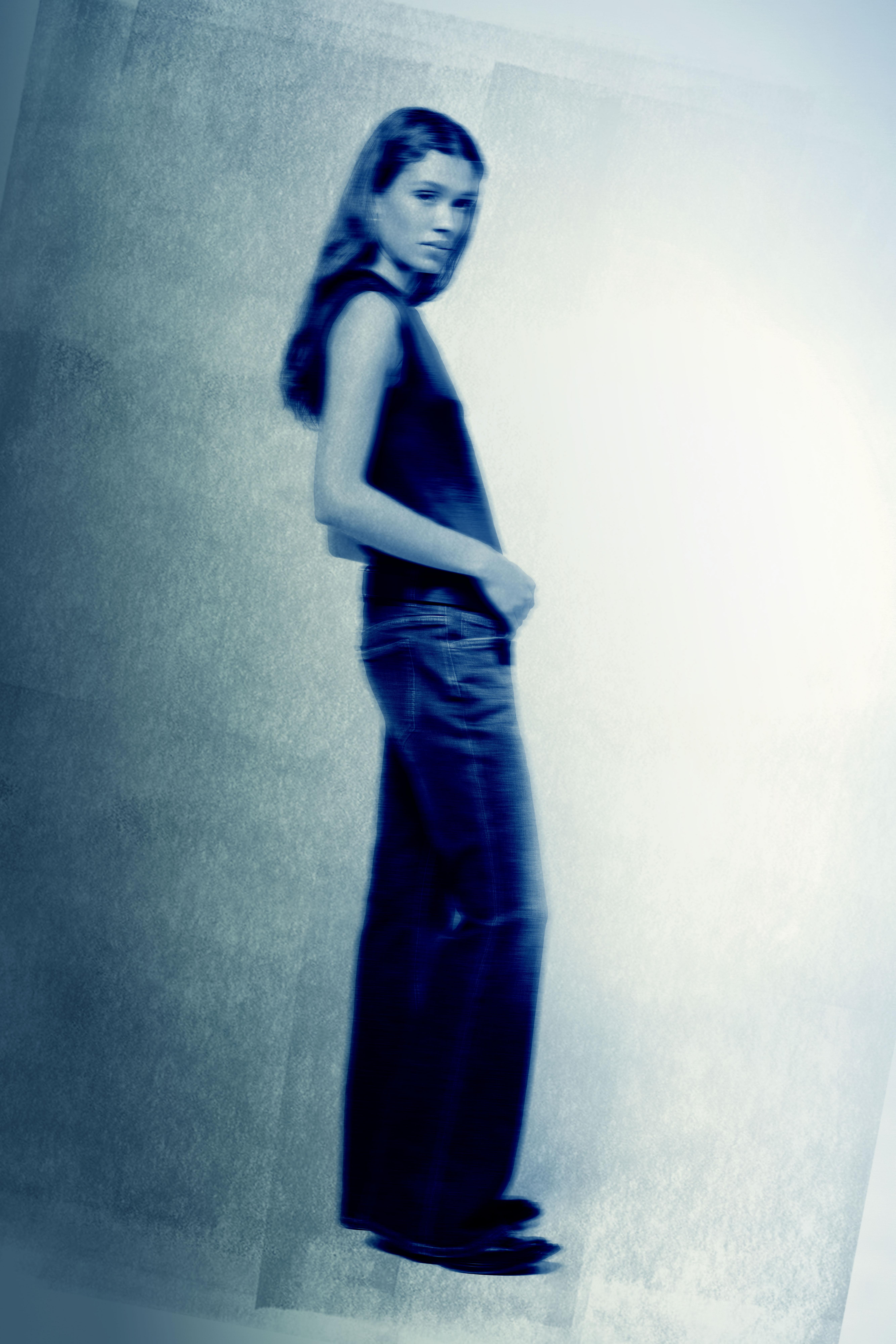
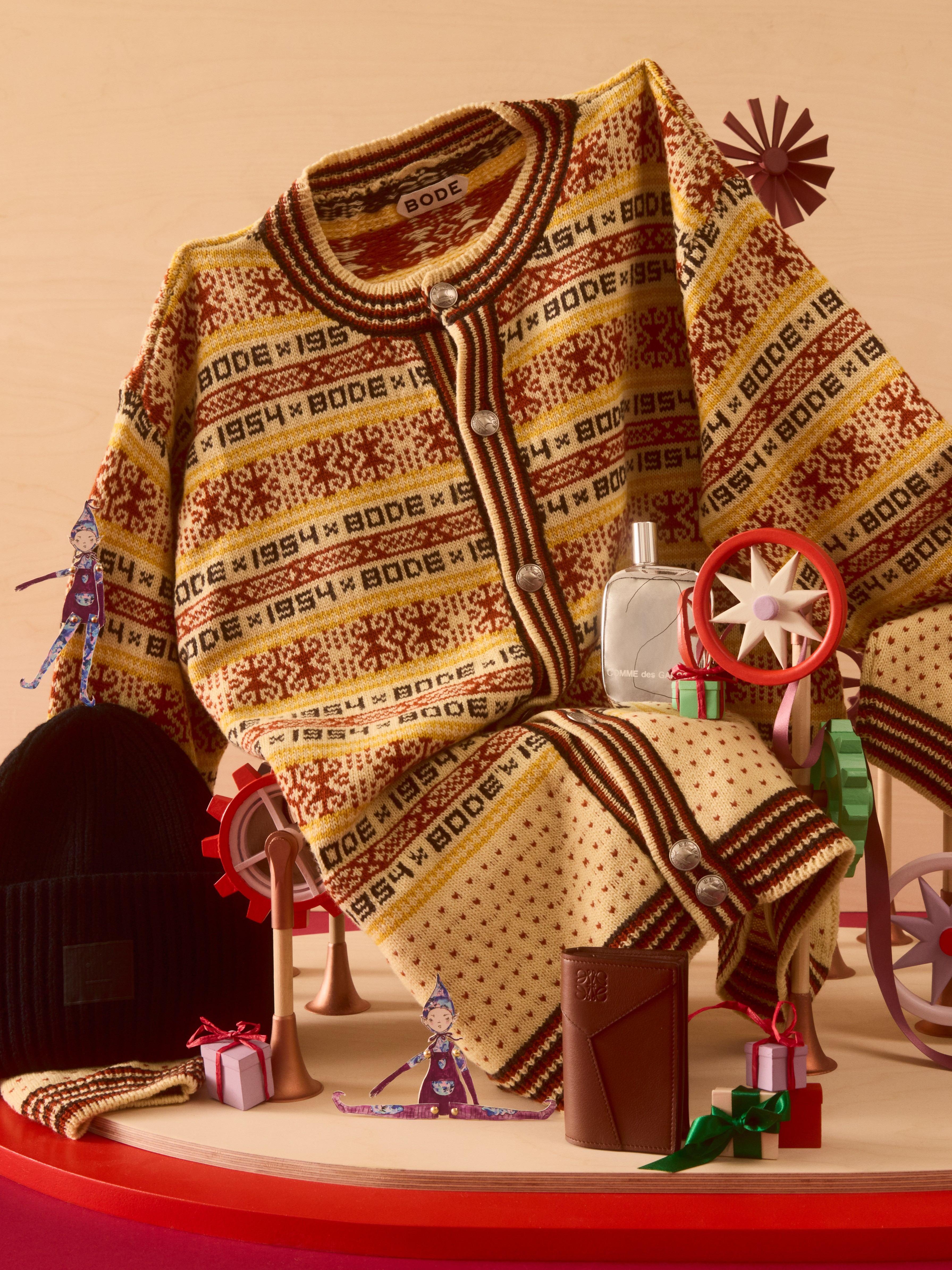
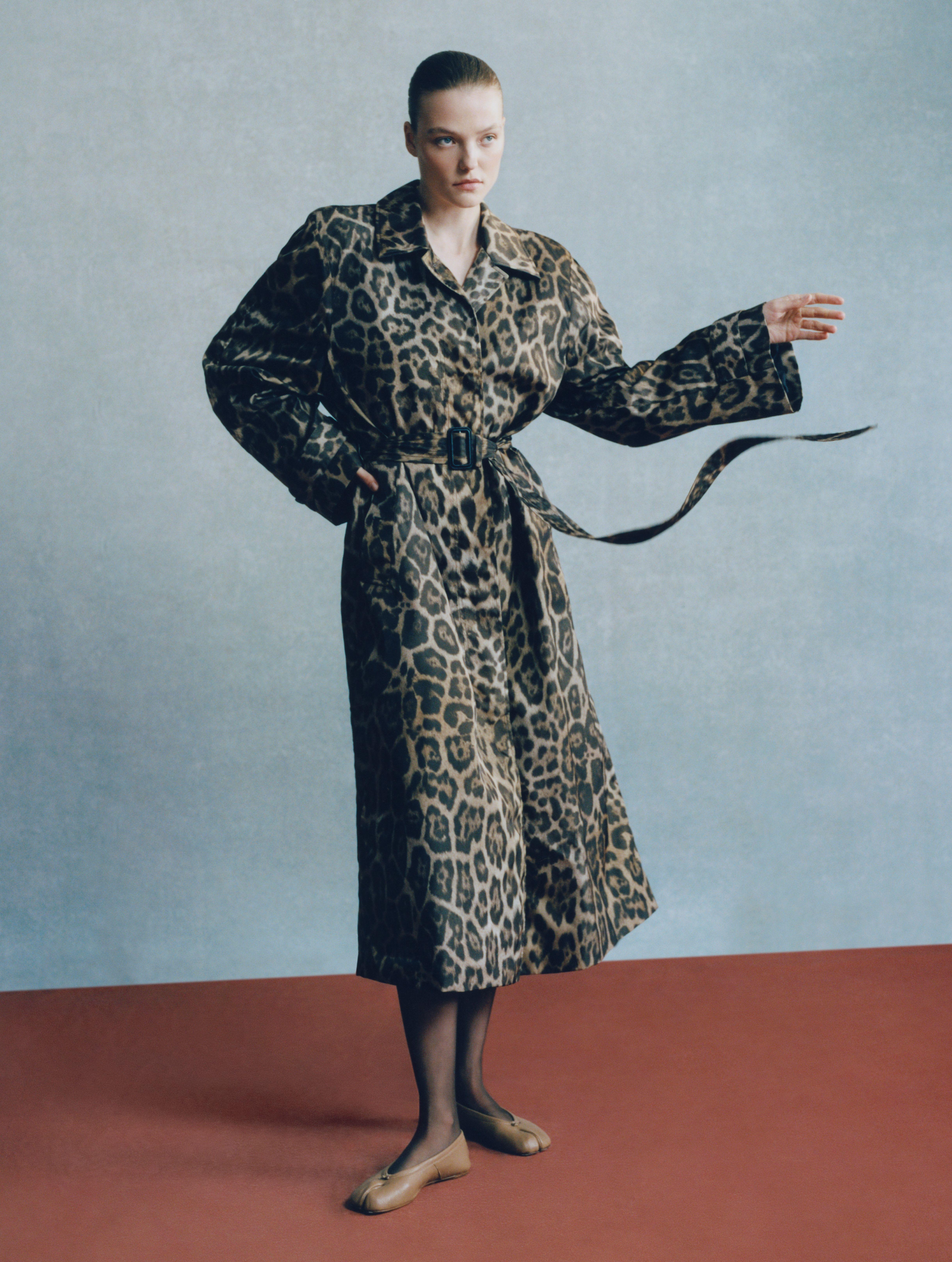
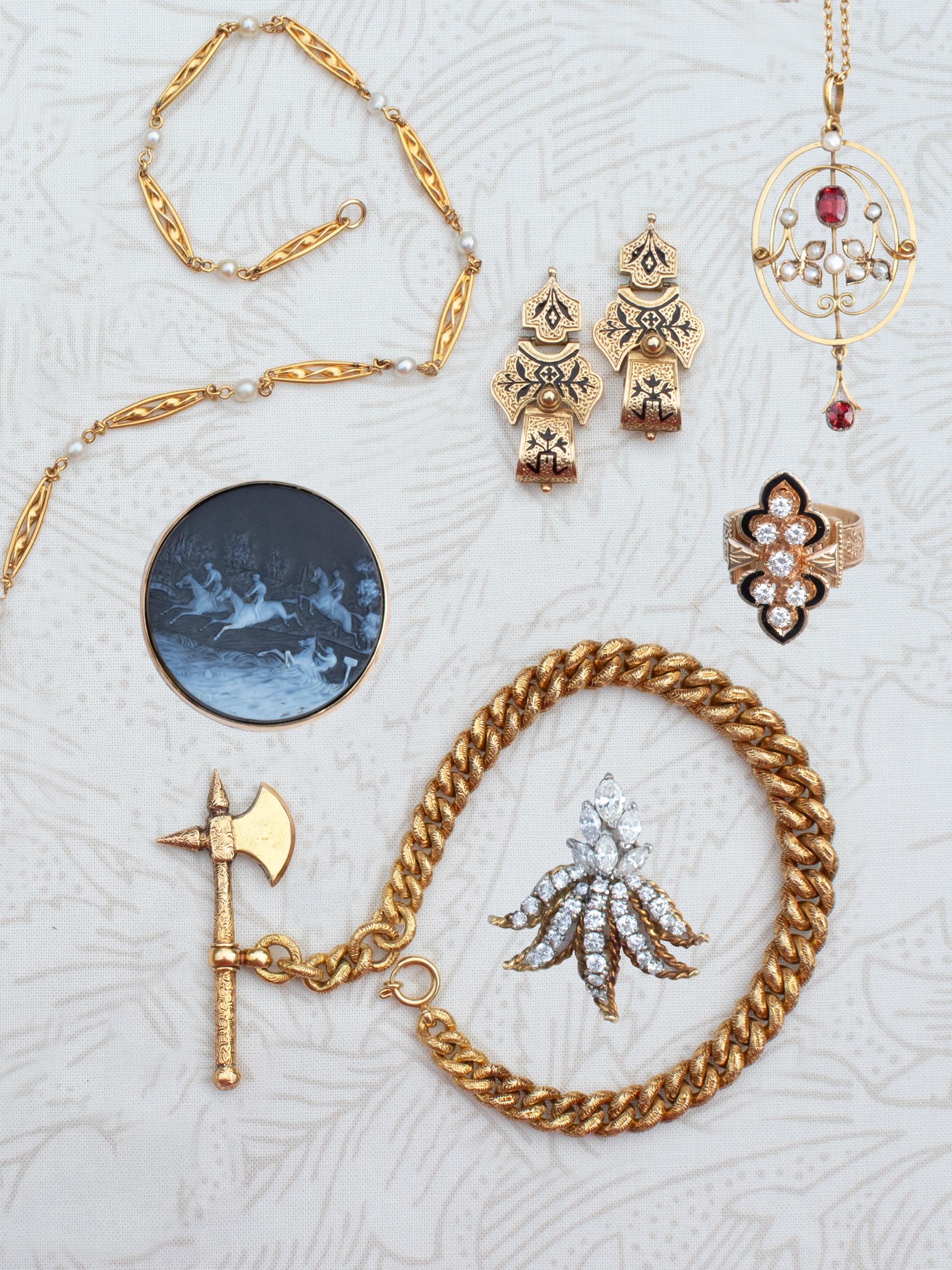
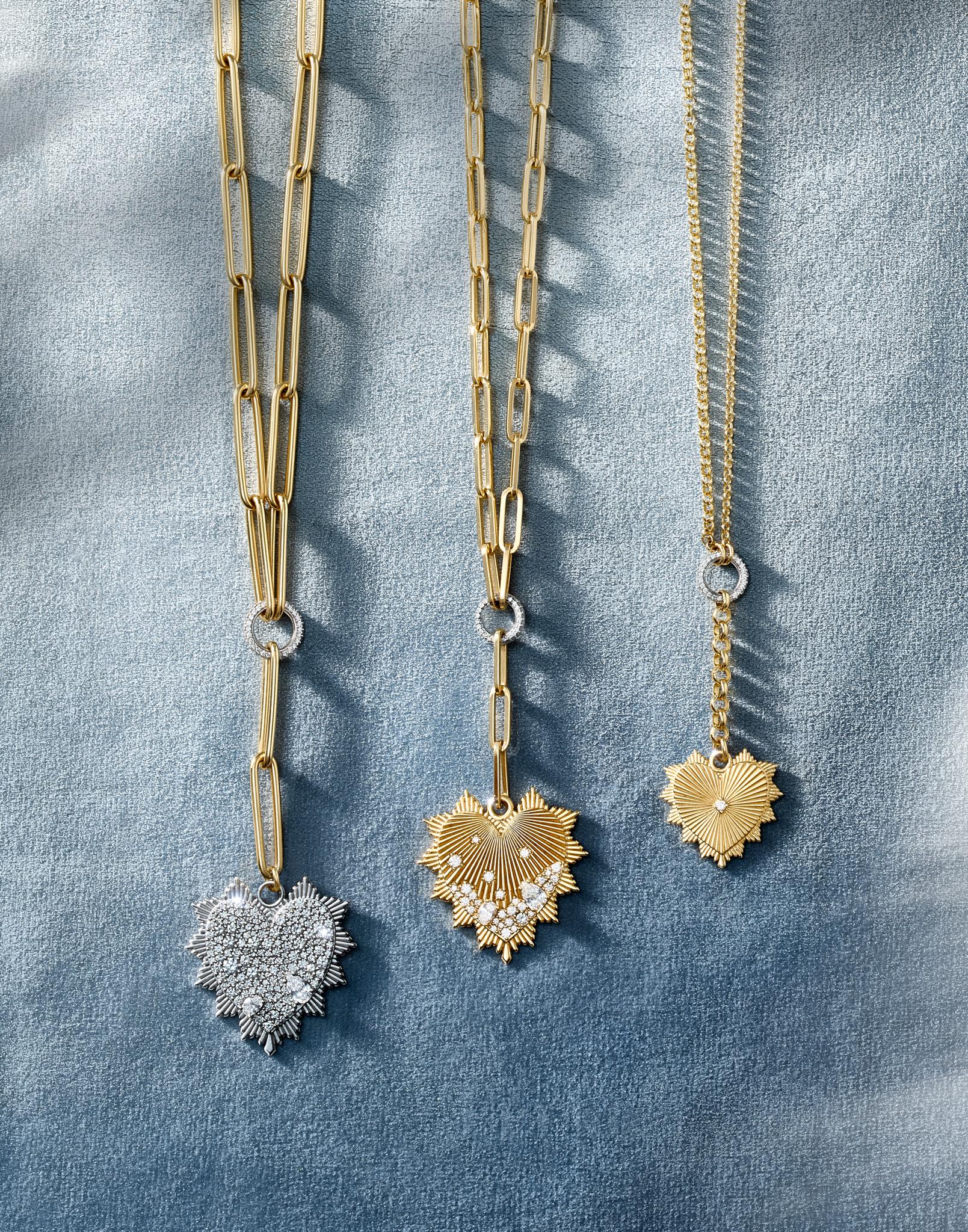
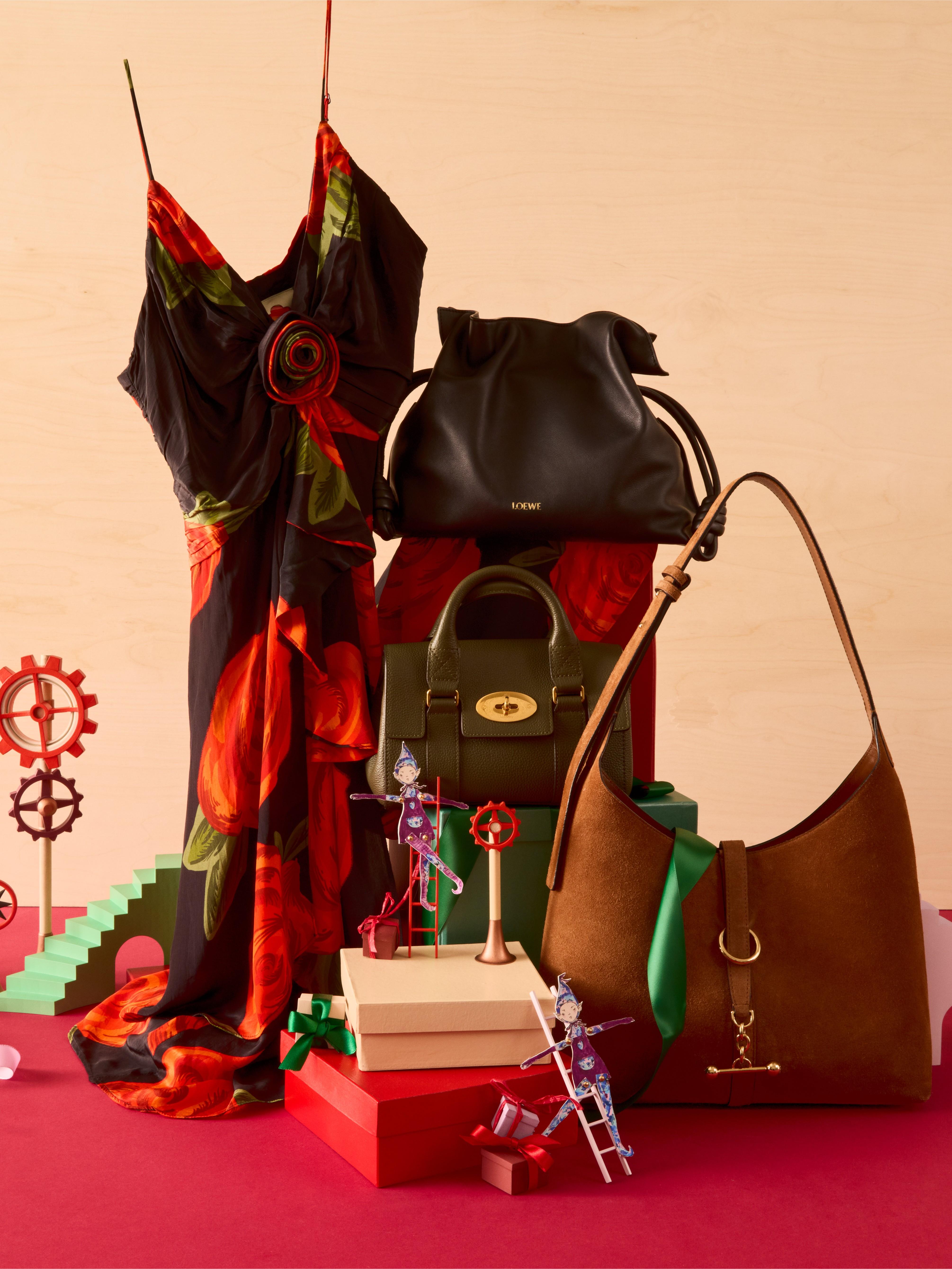
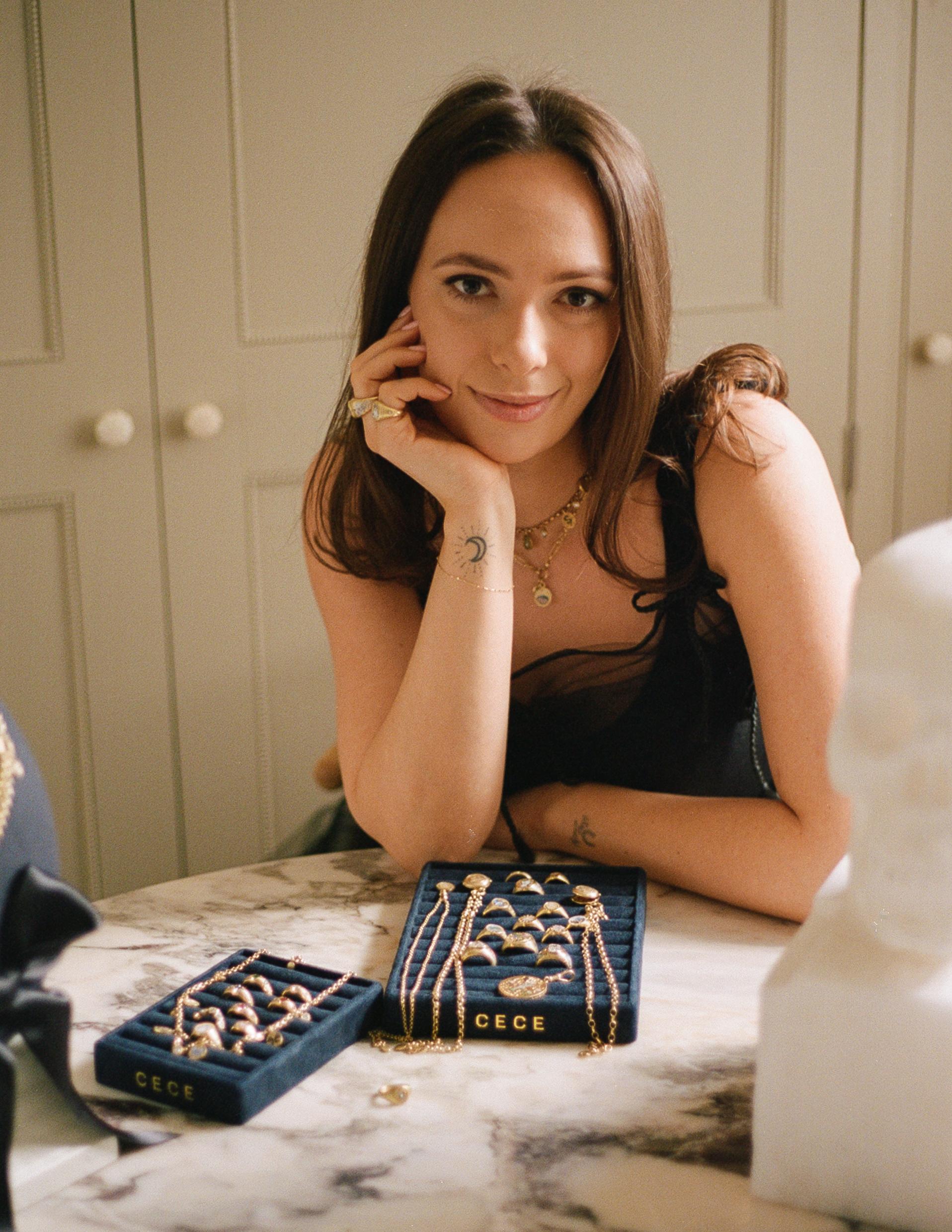
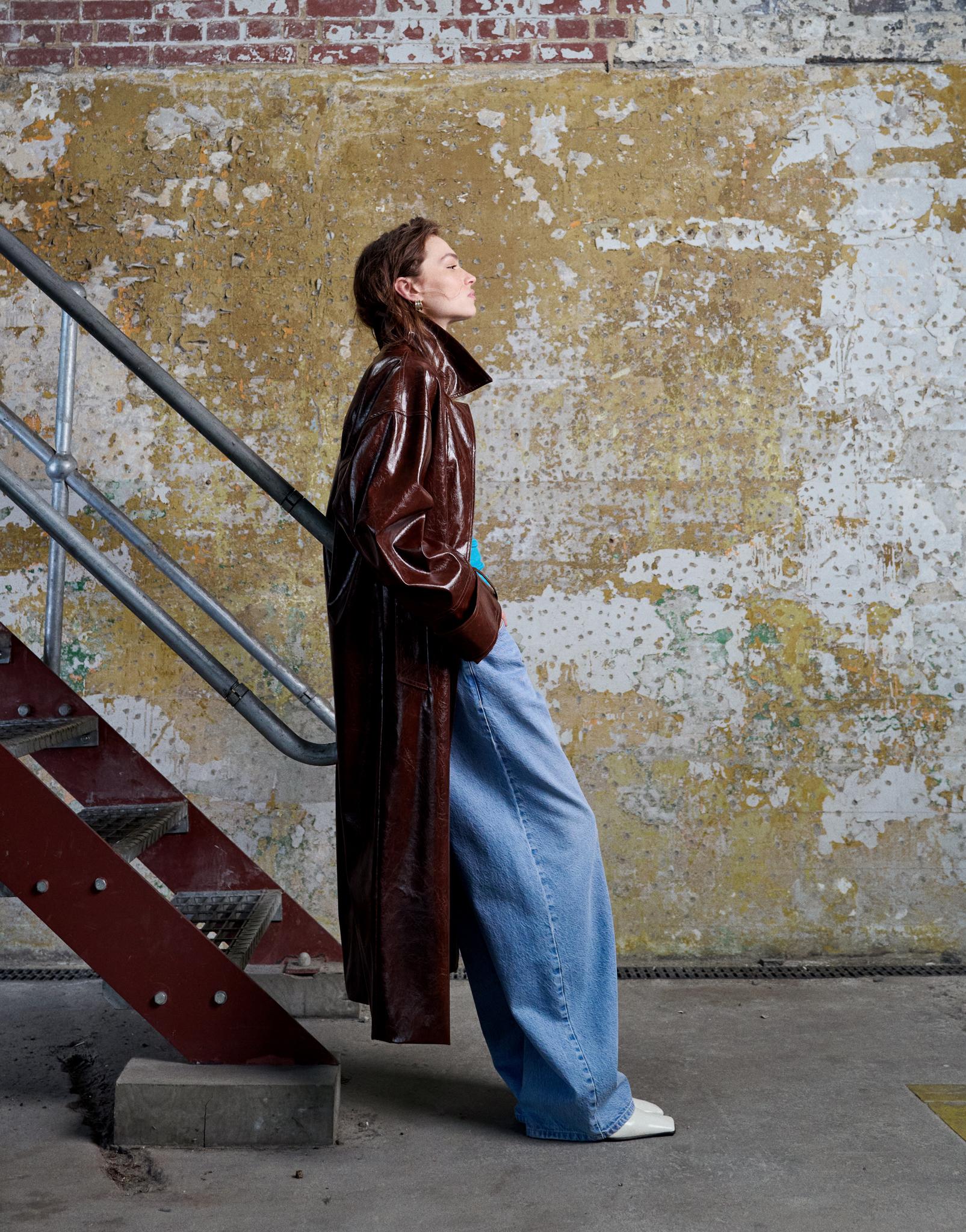
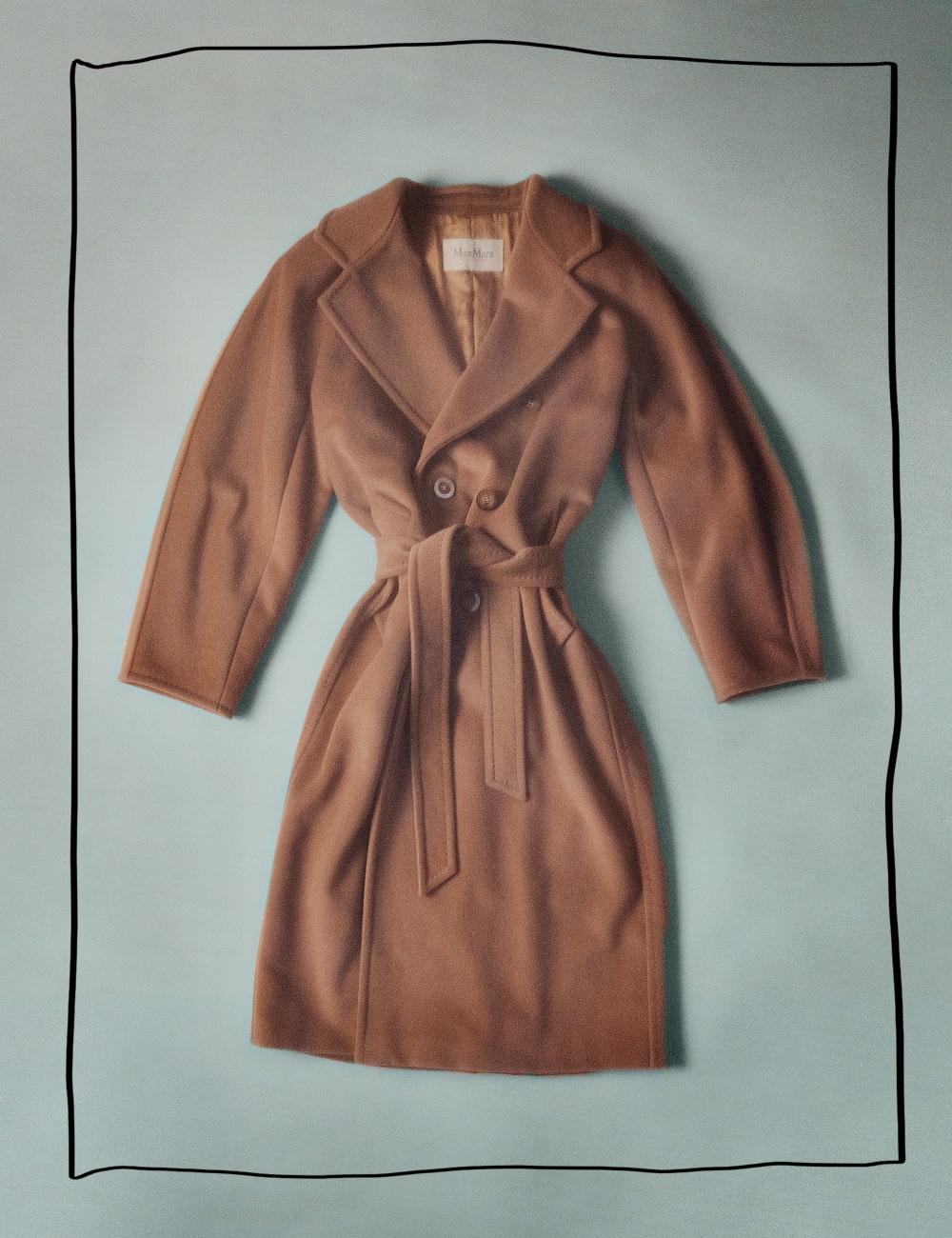

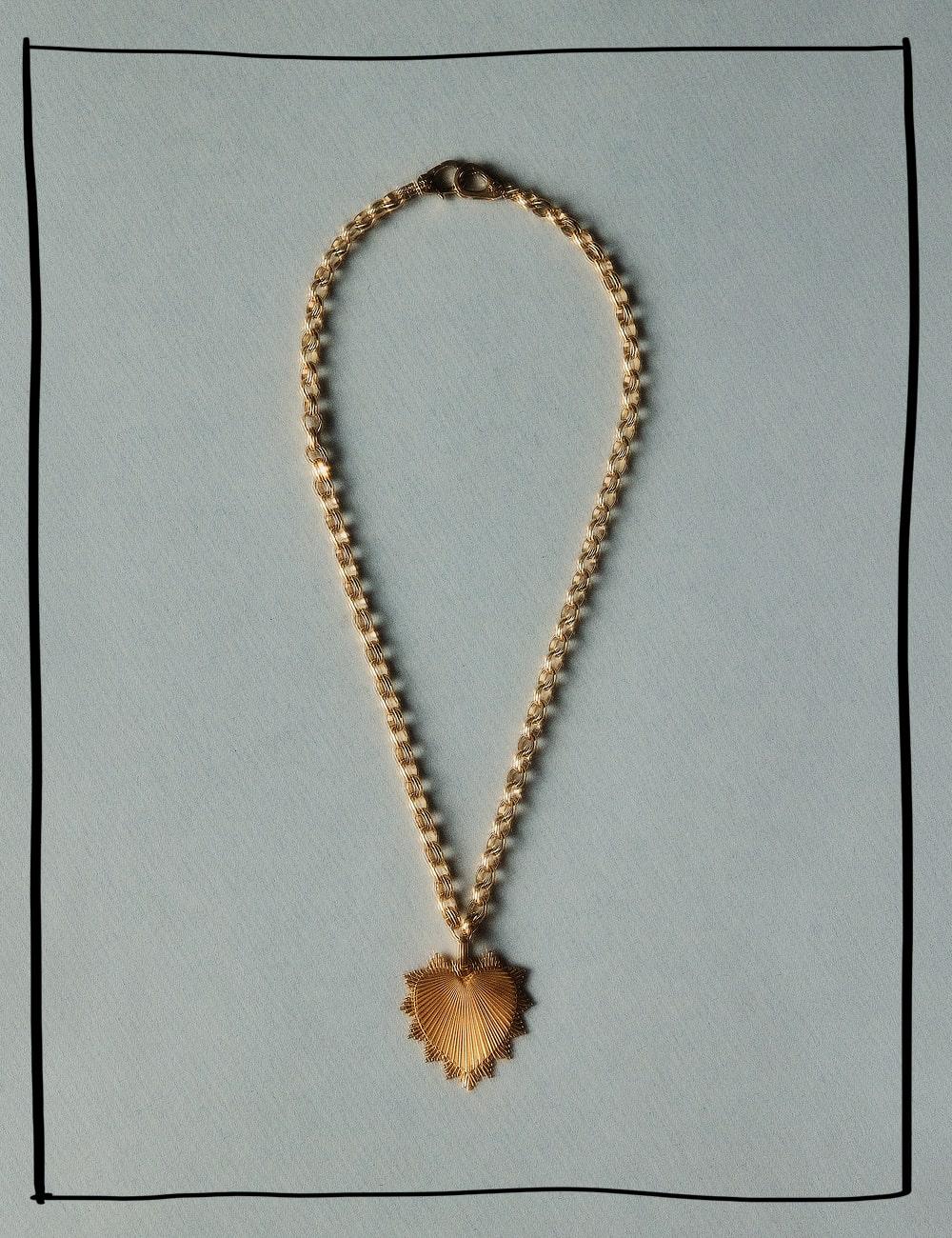
?fmt=auto&qlt=default)
